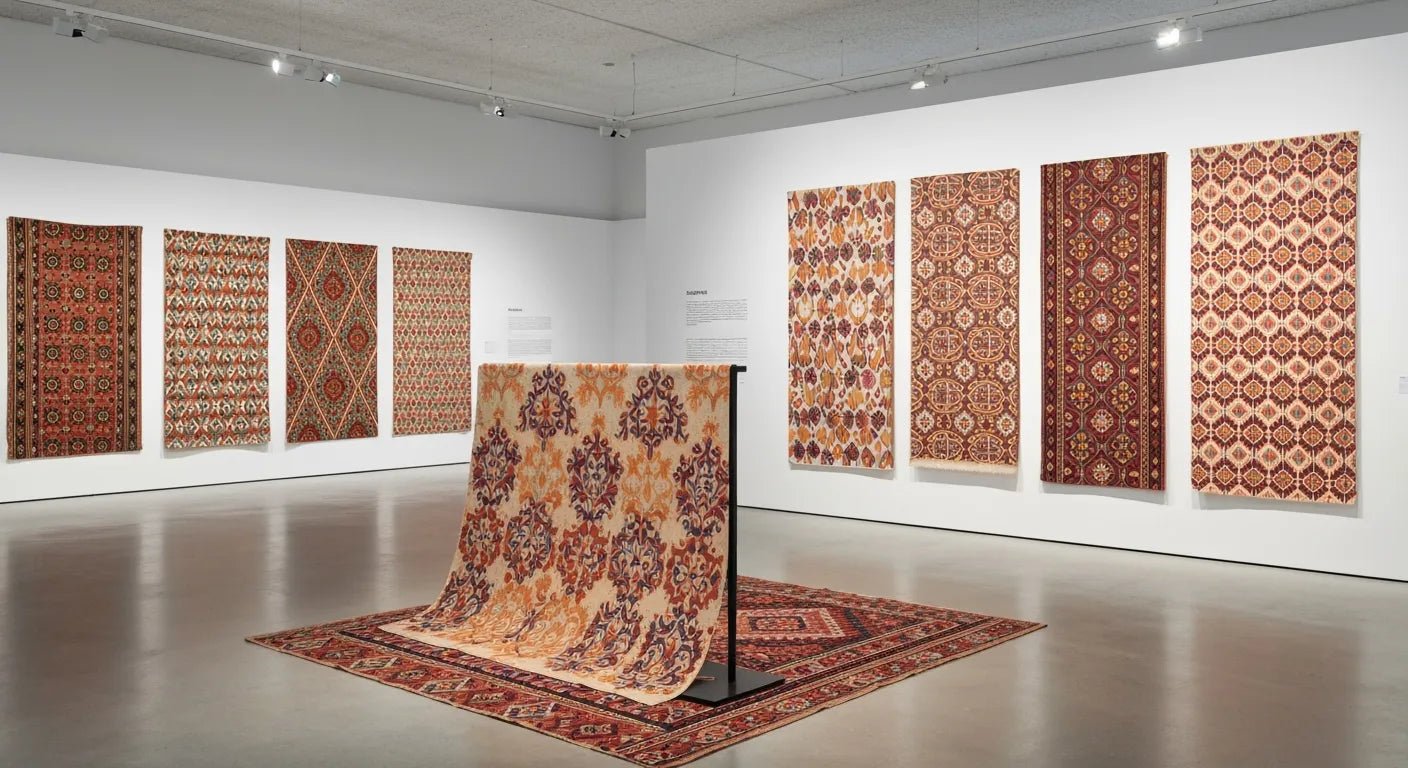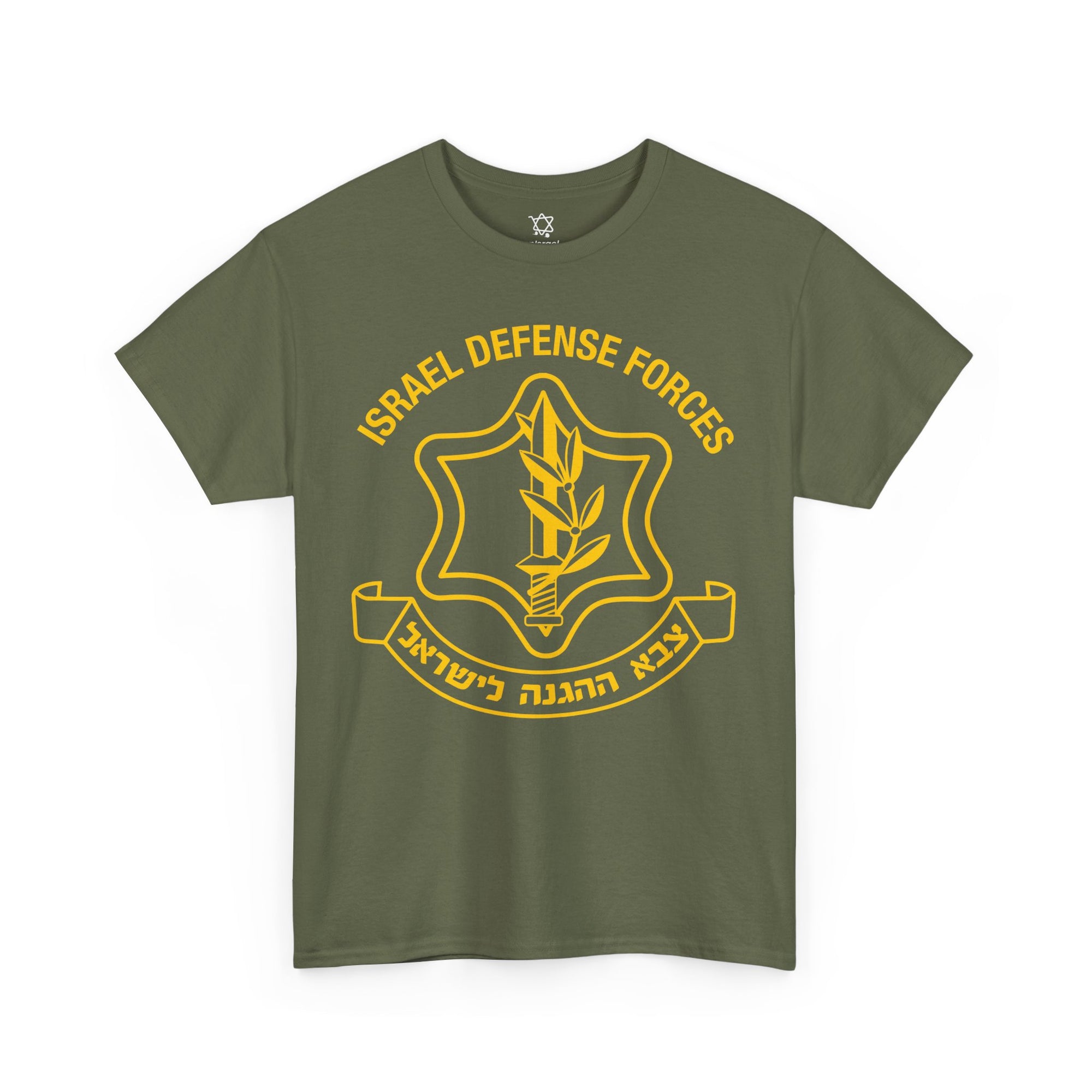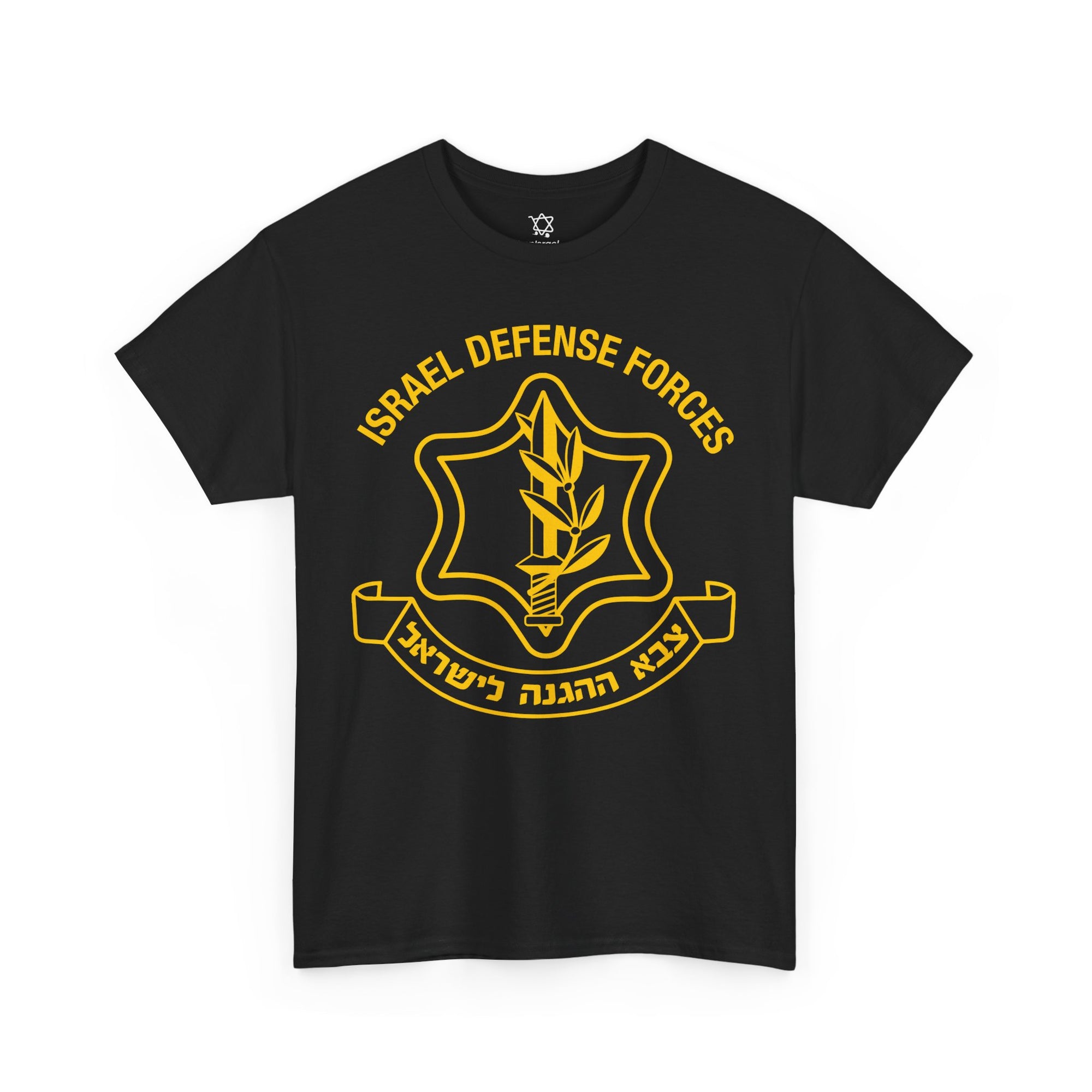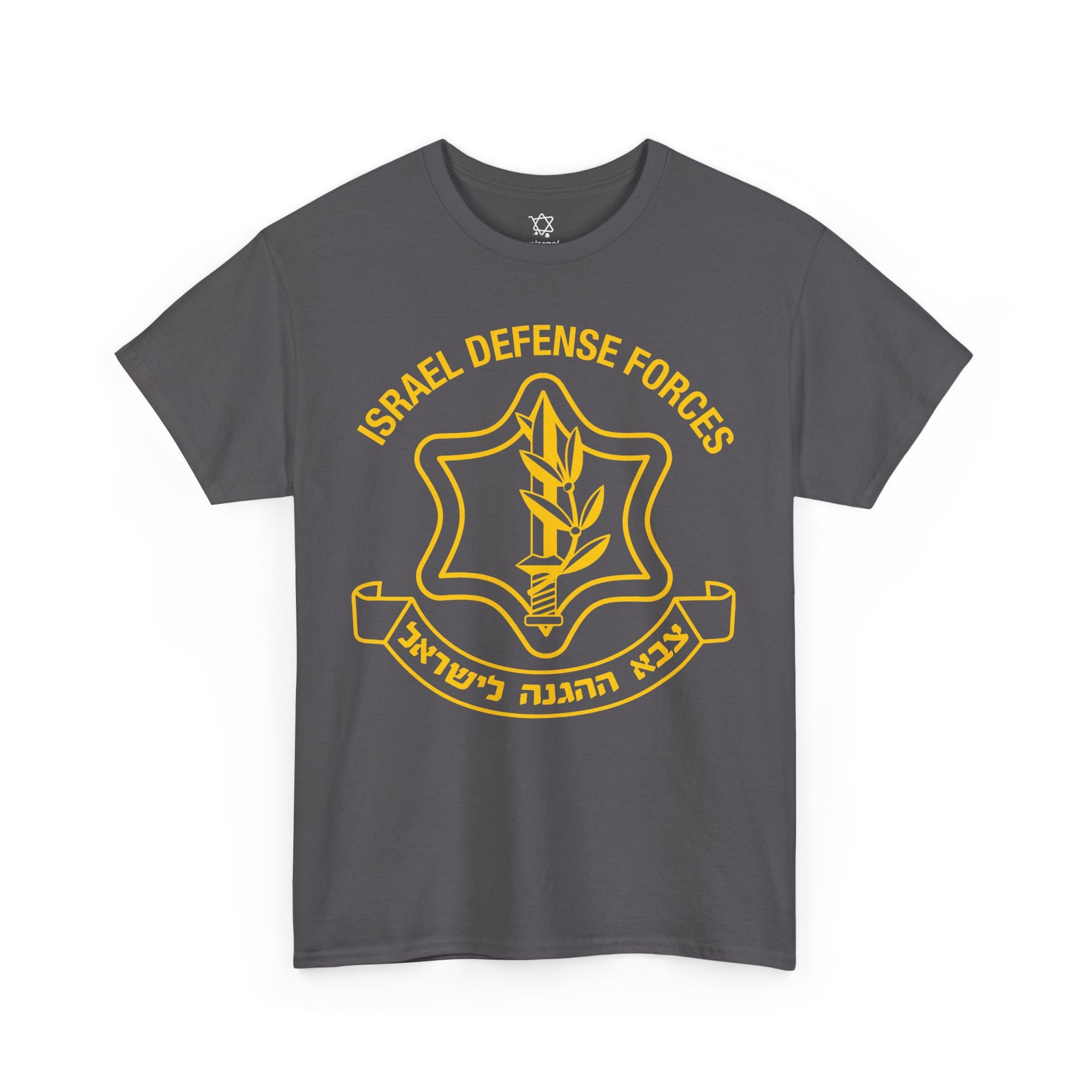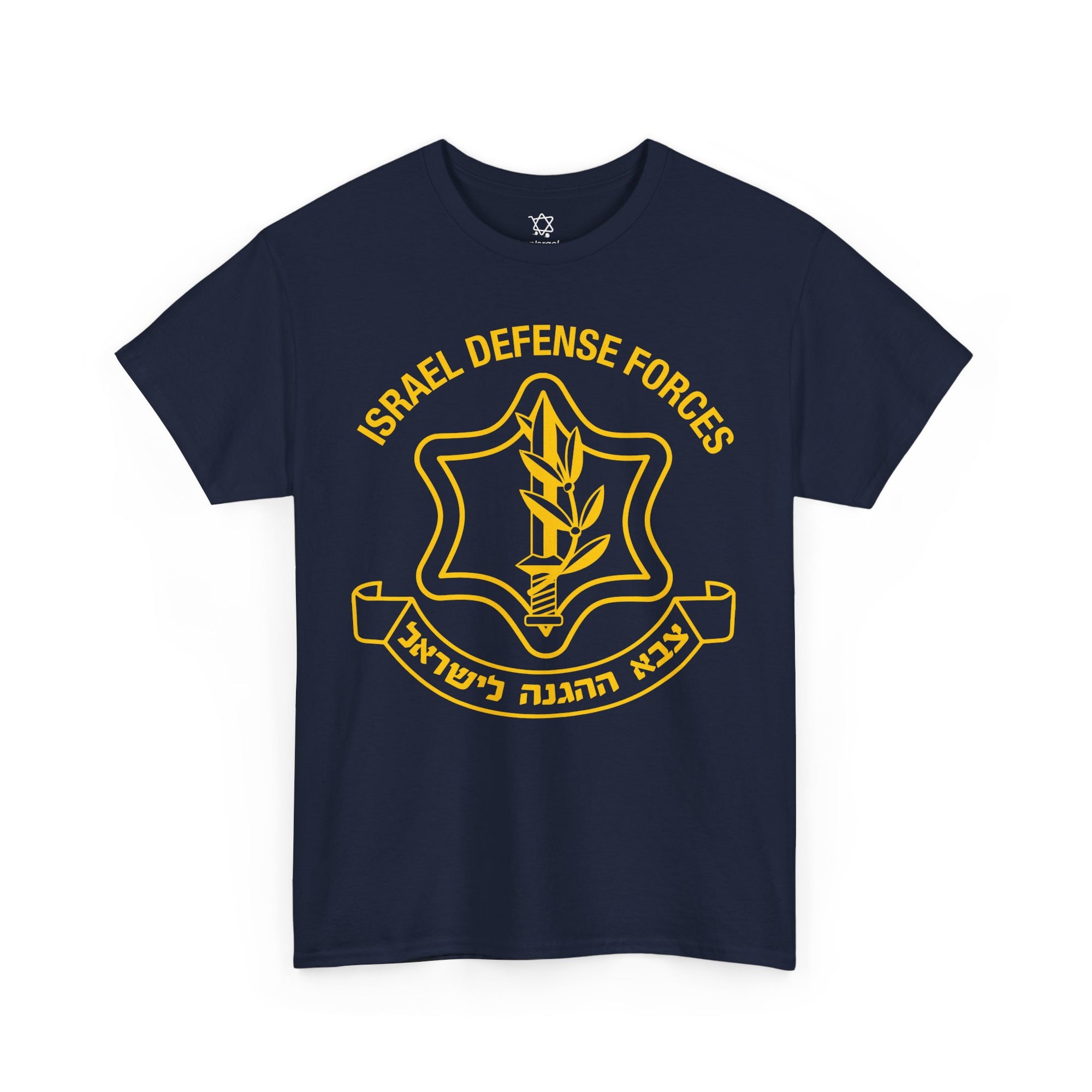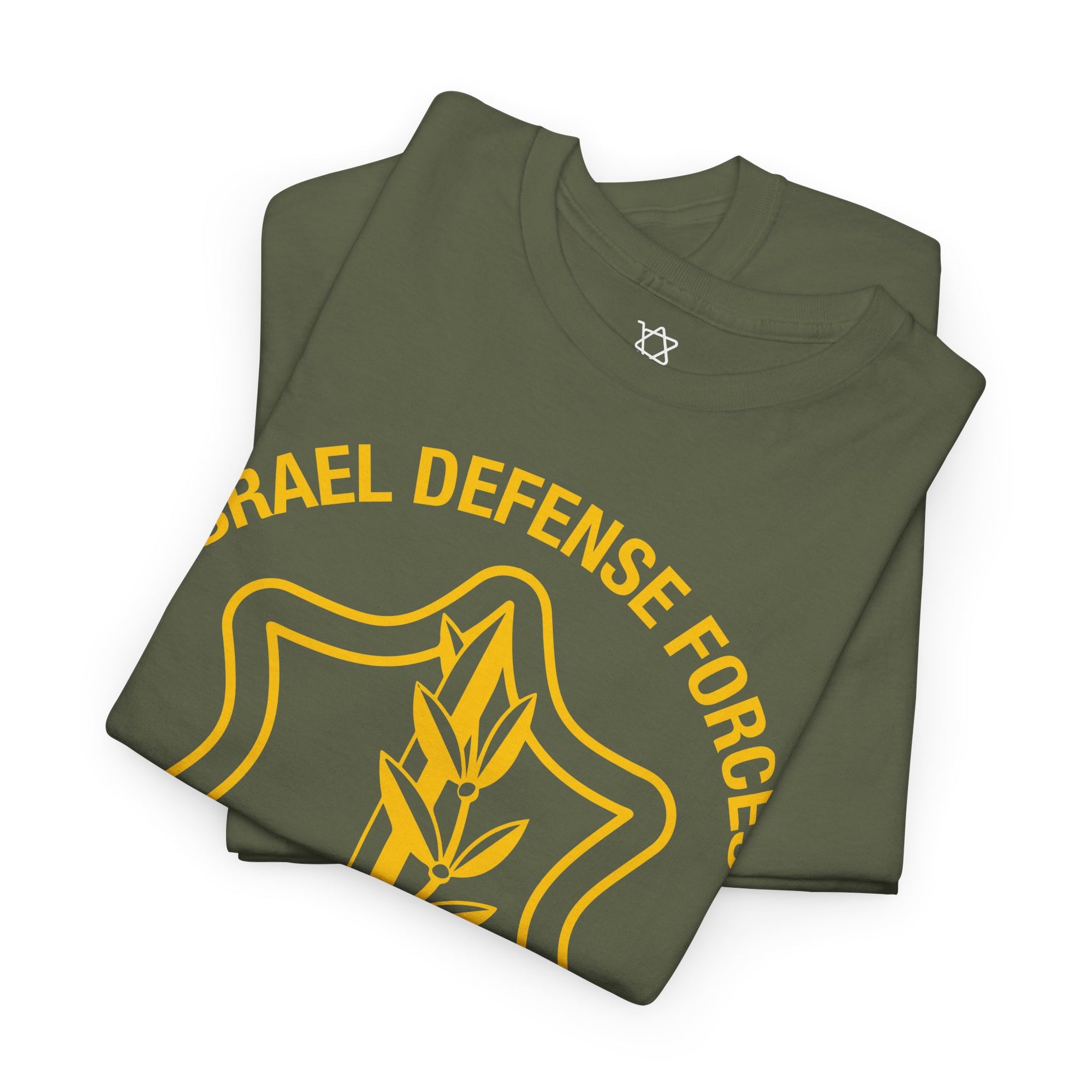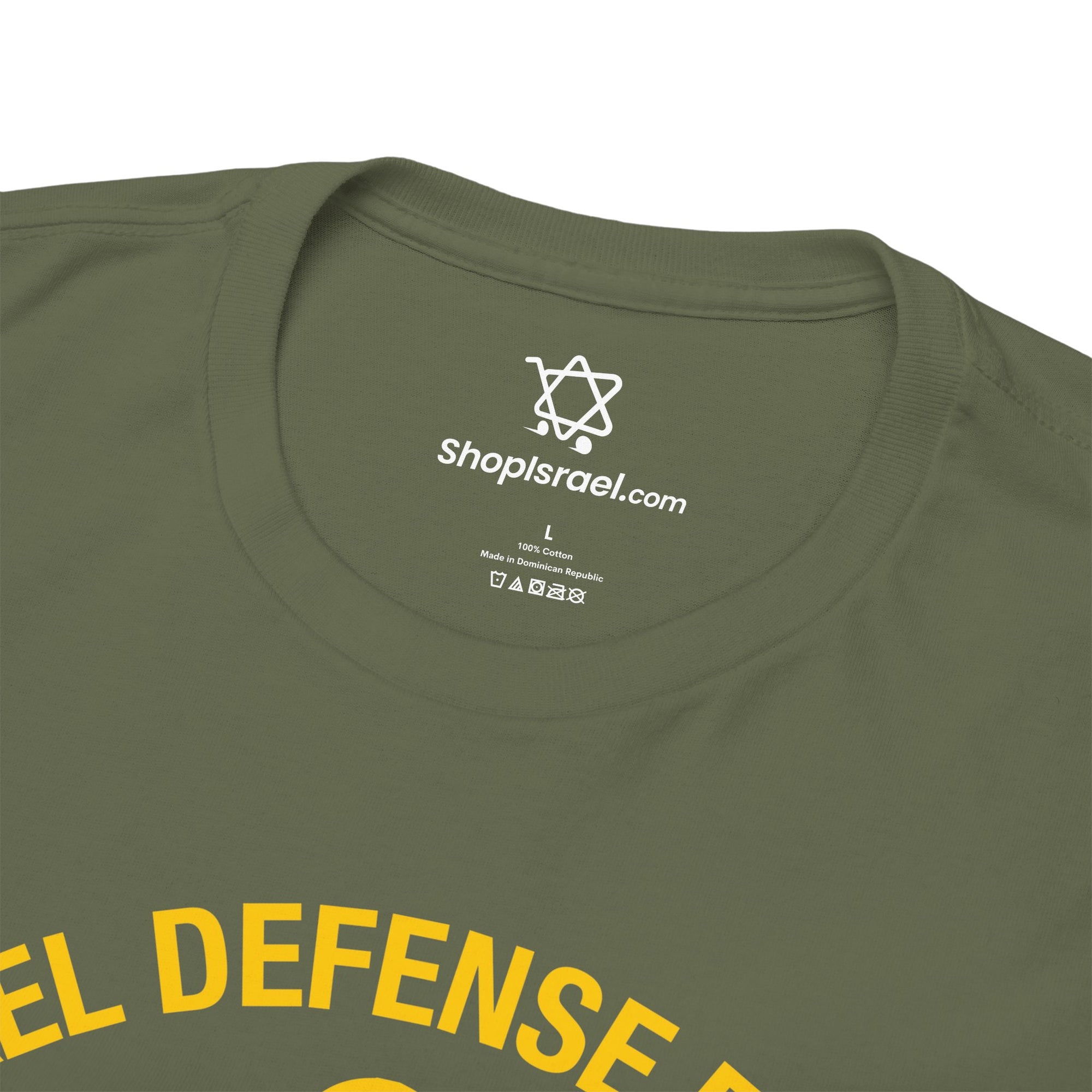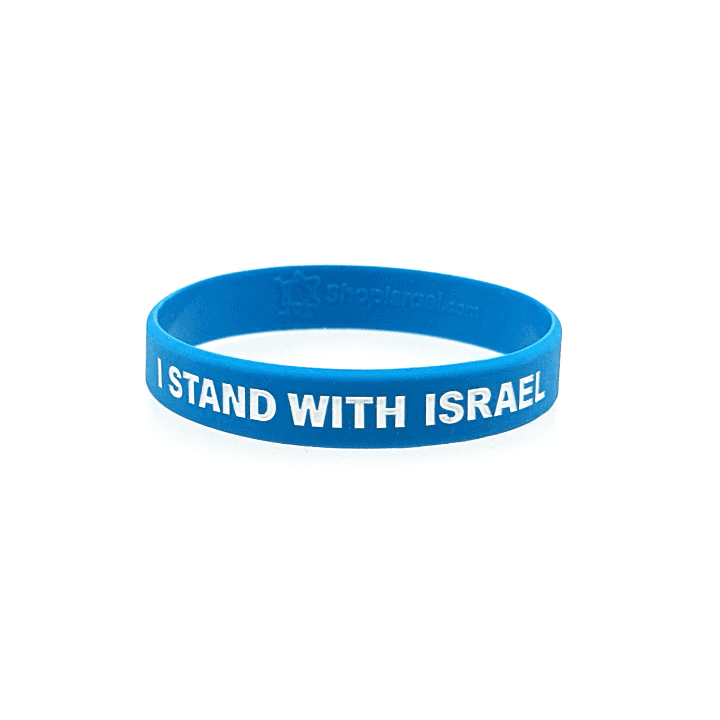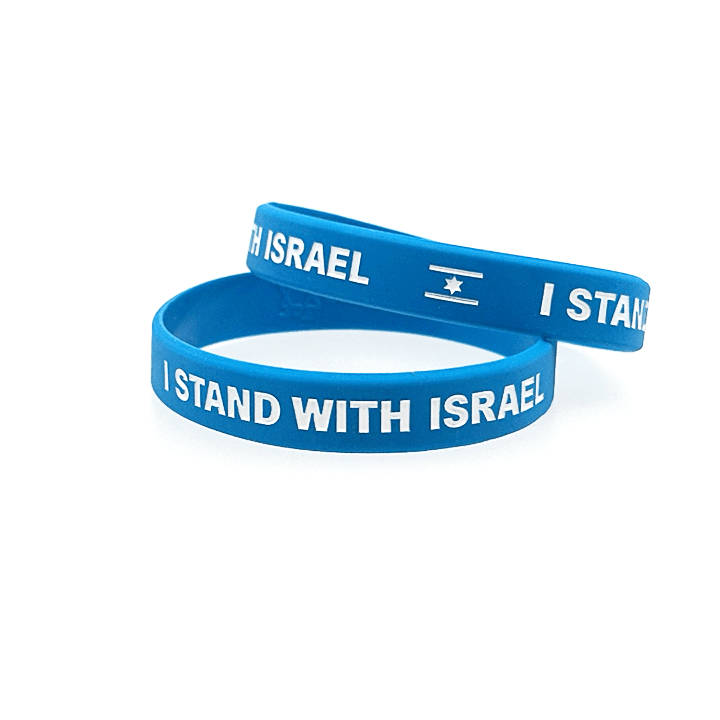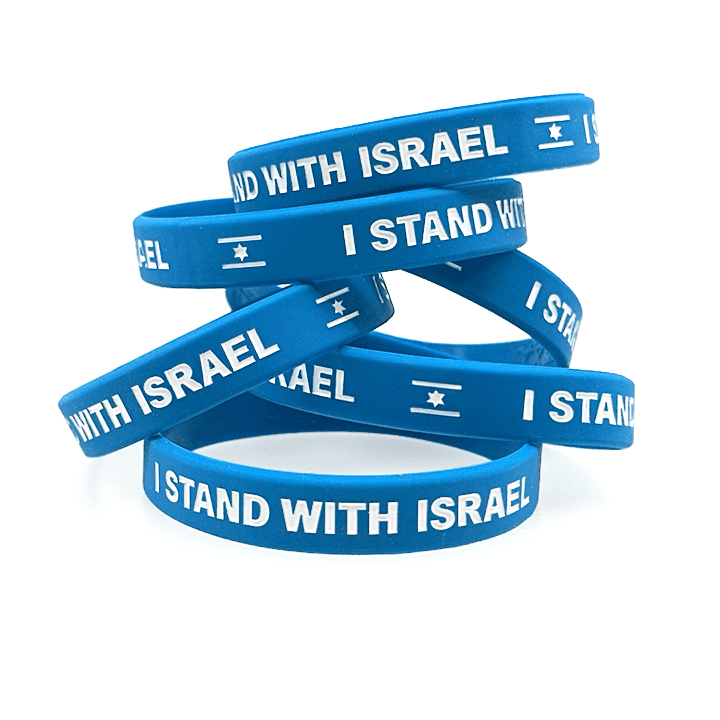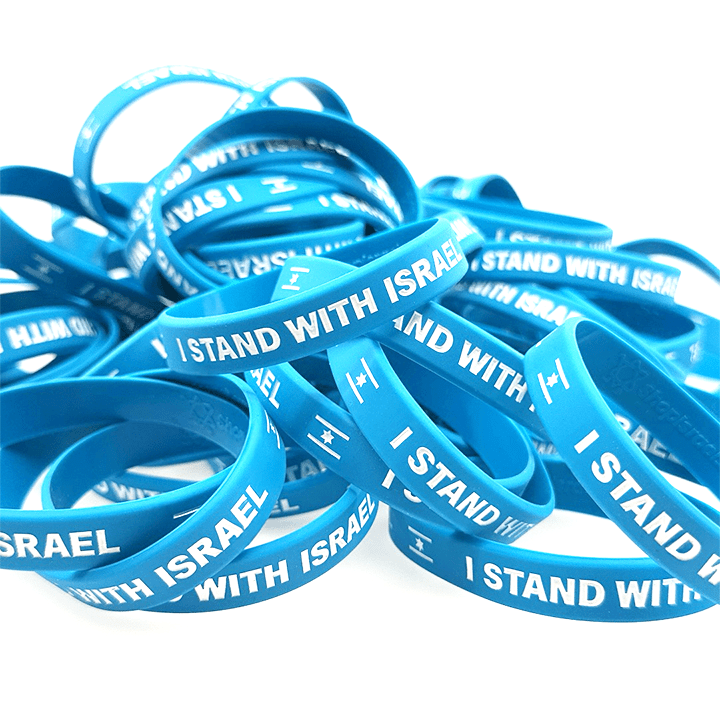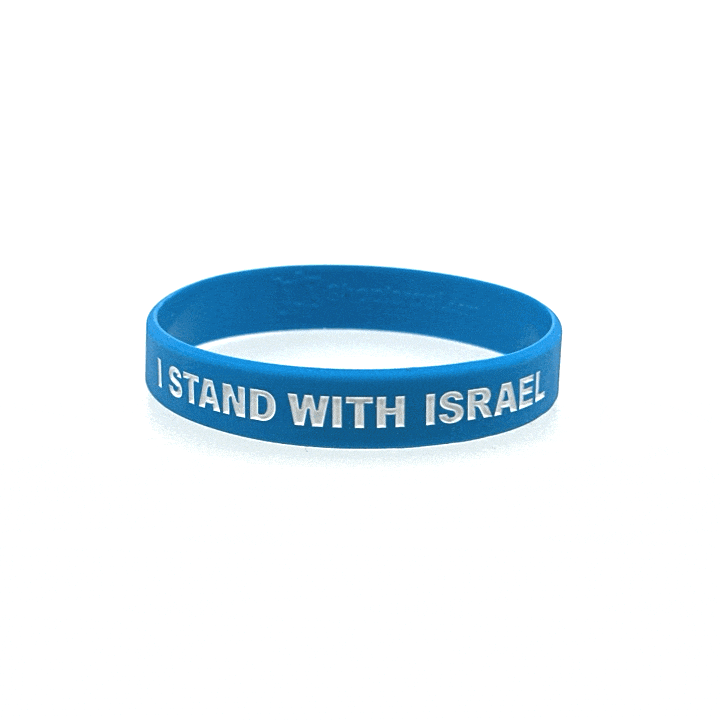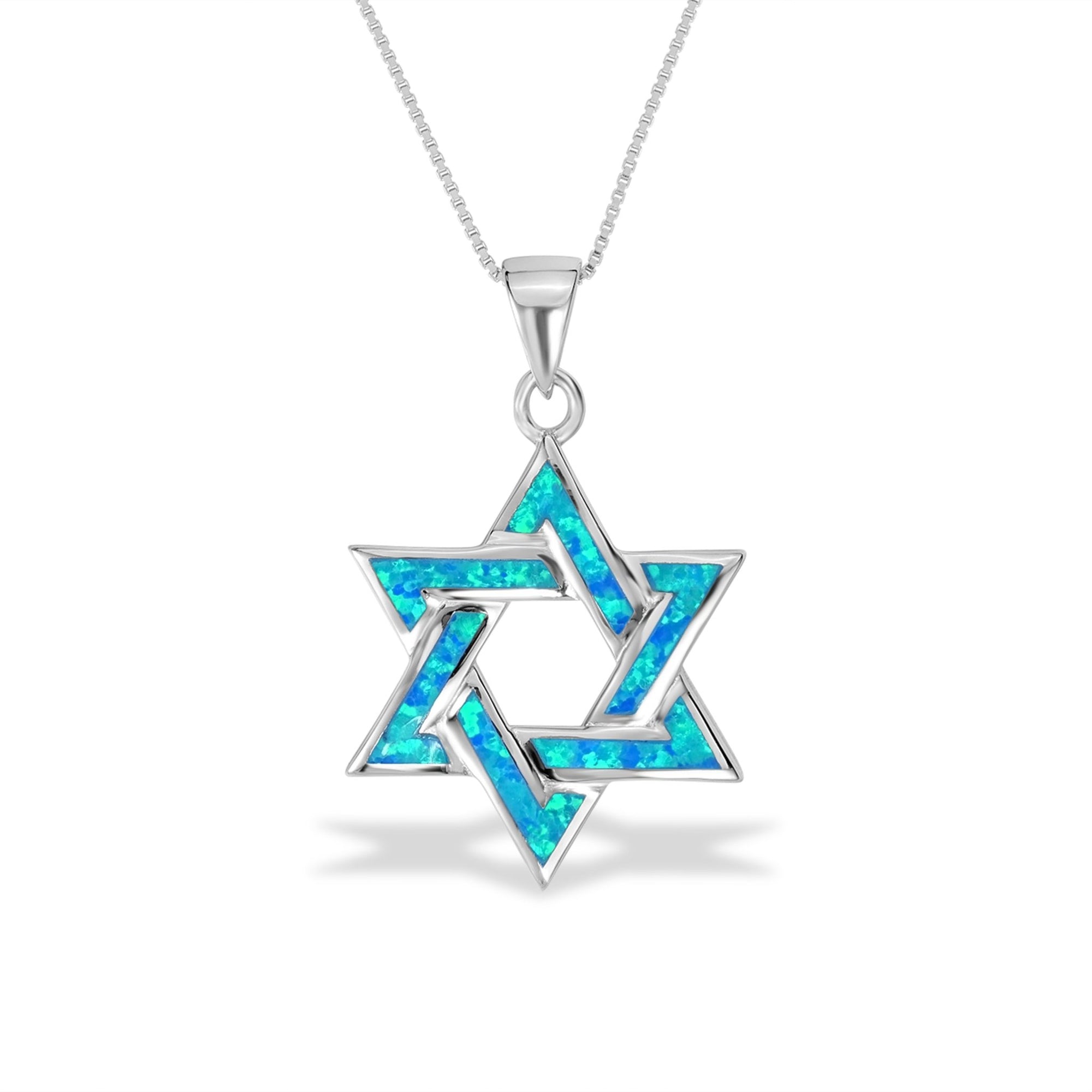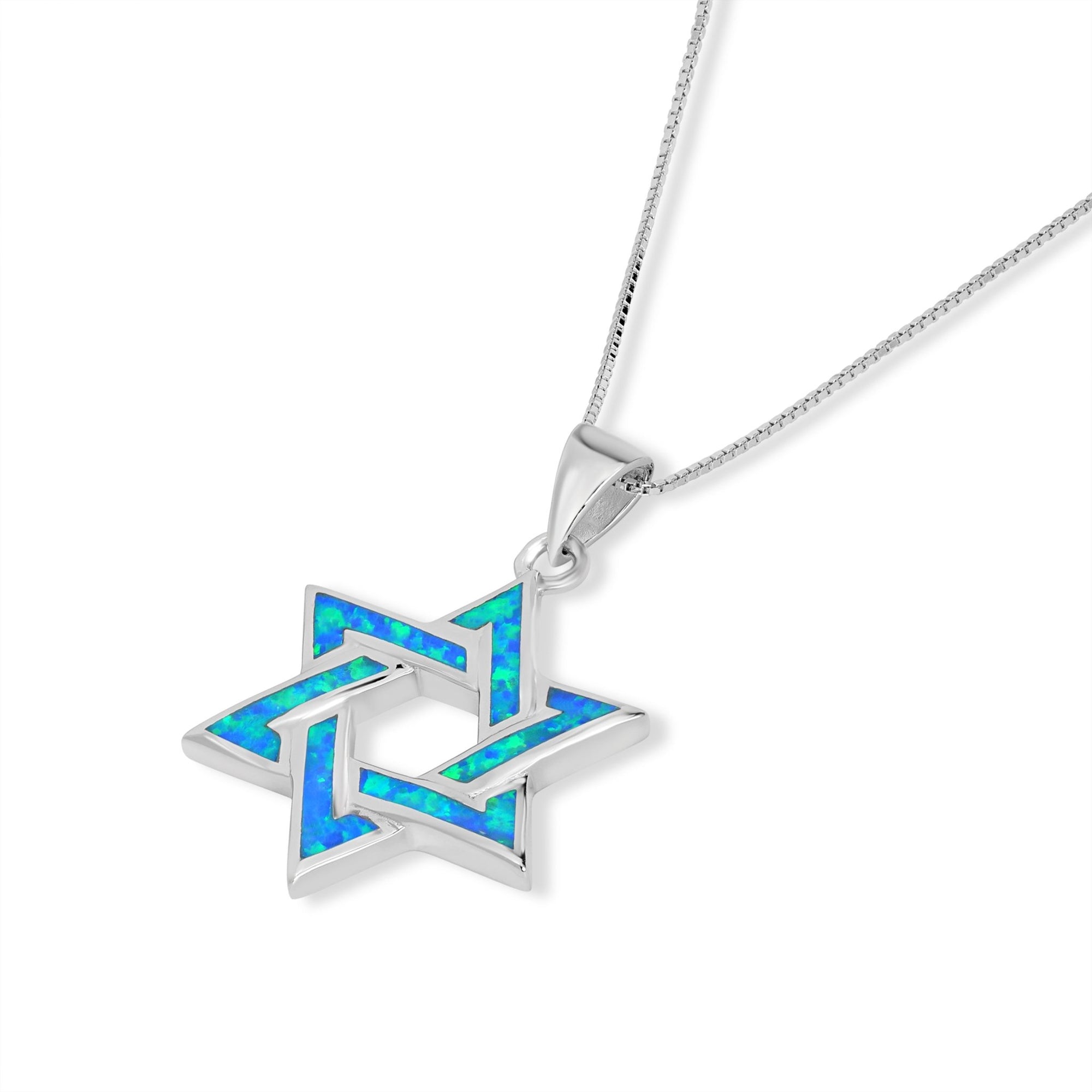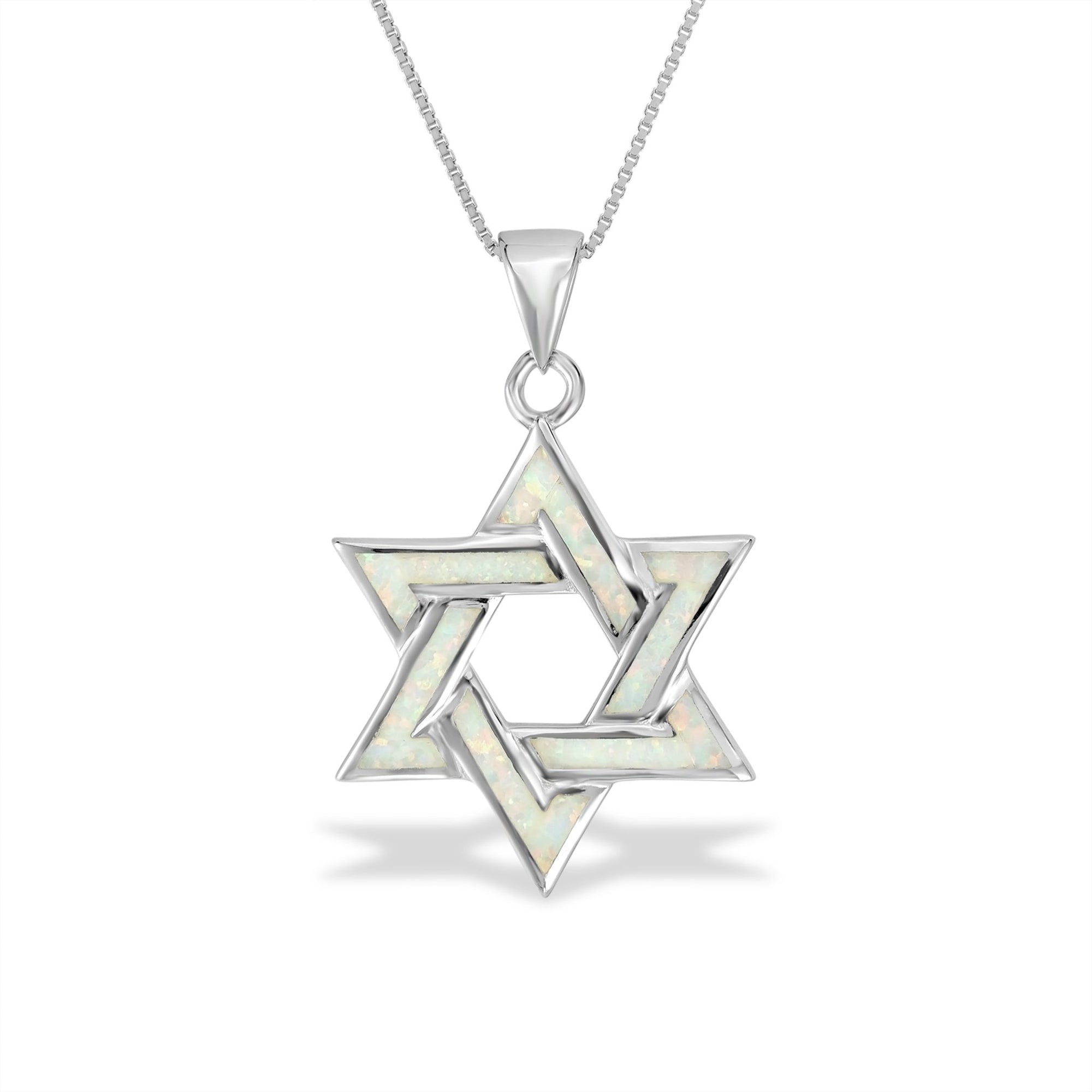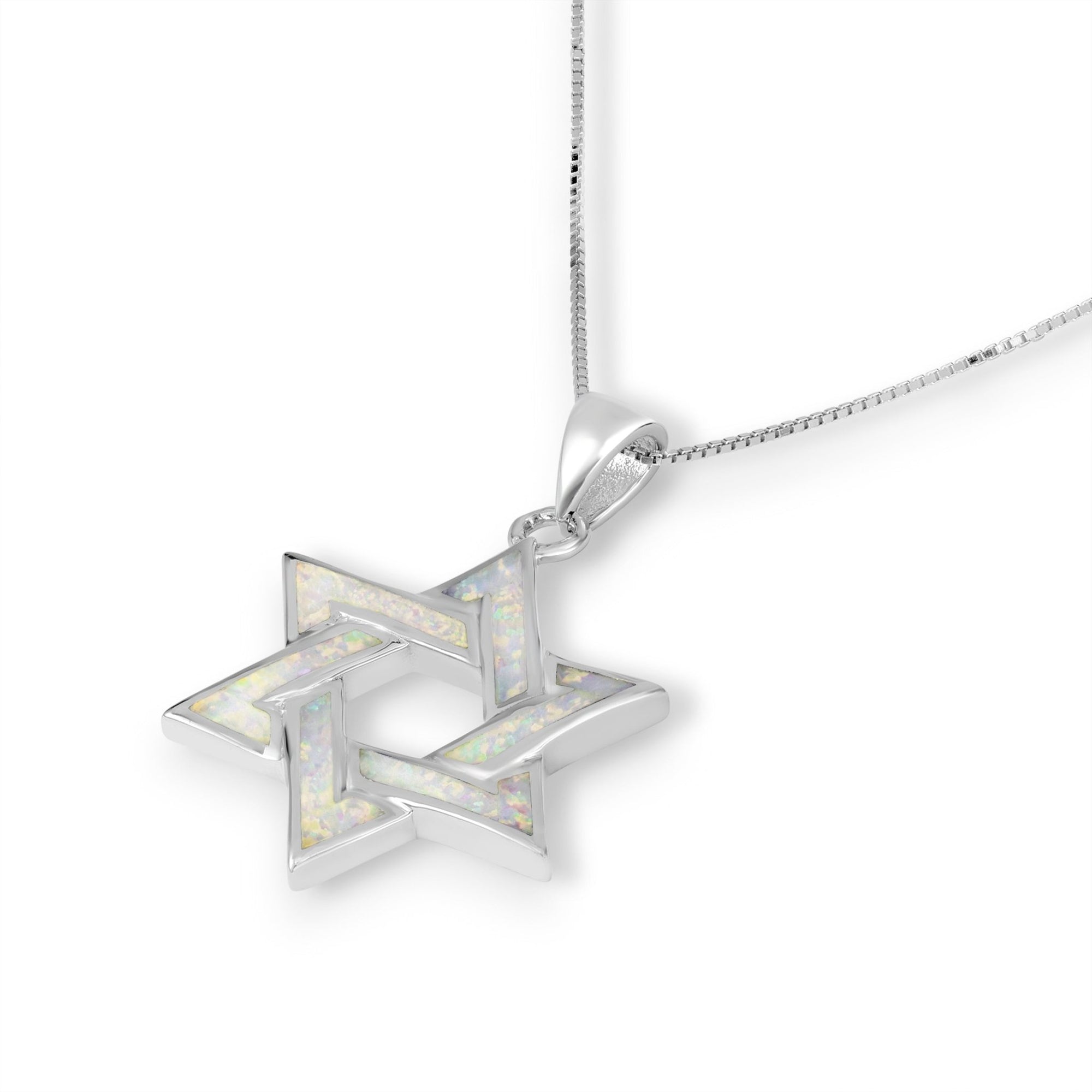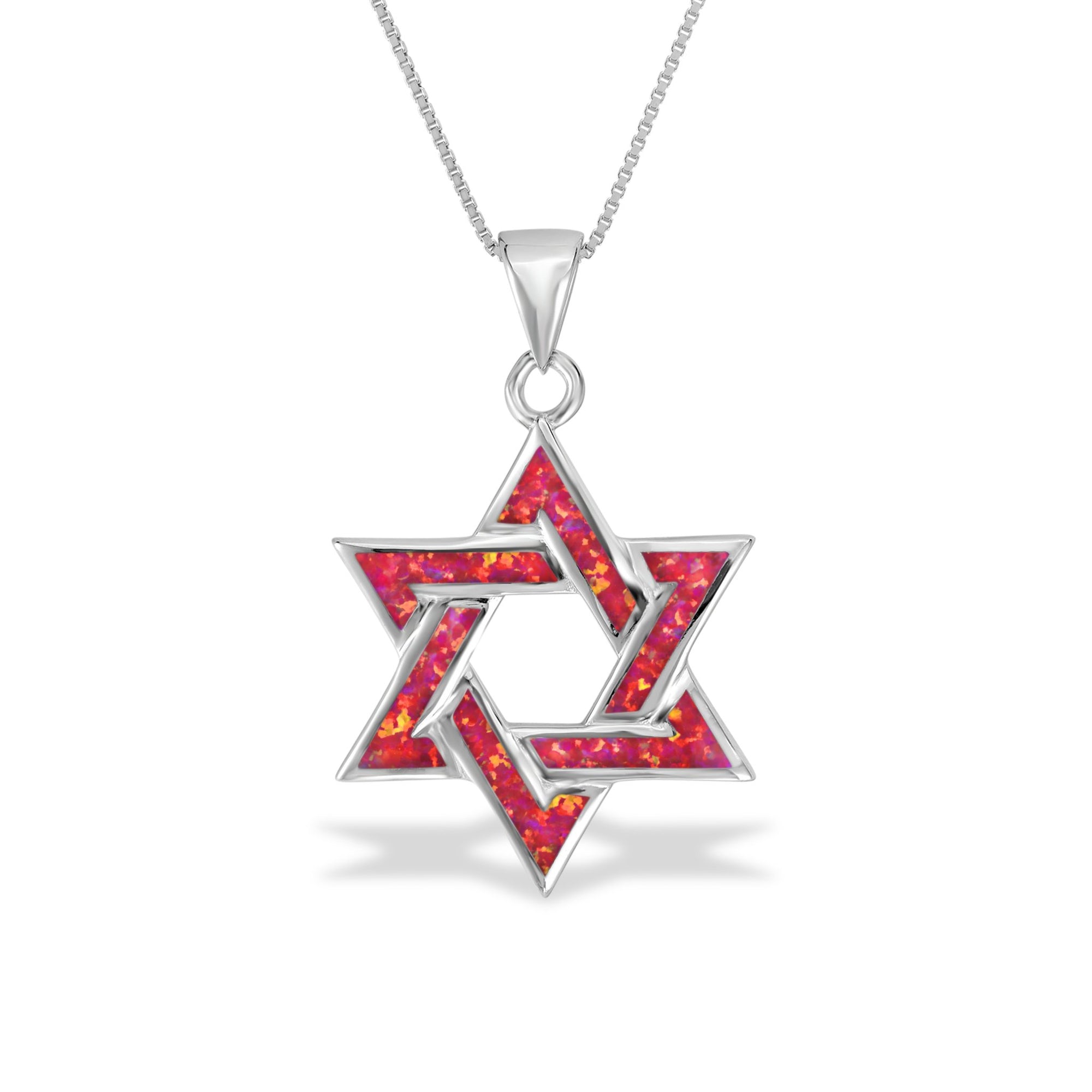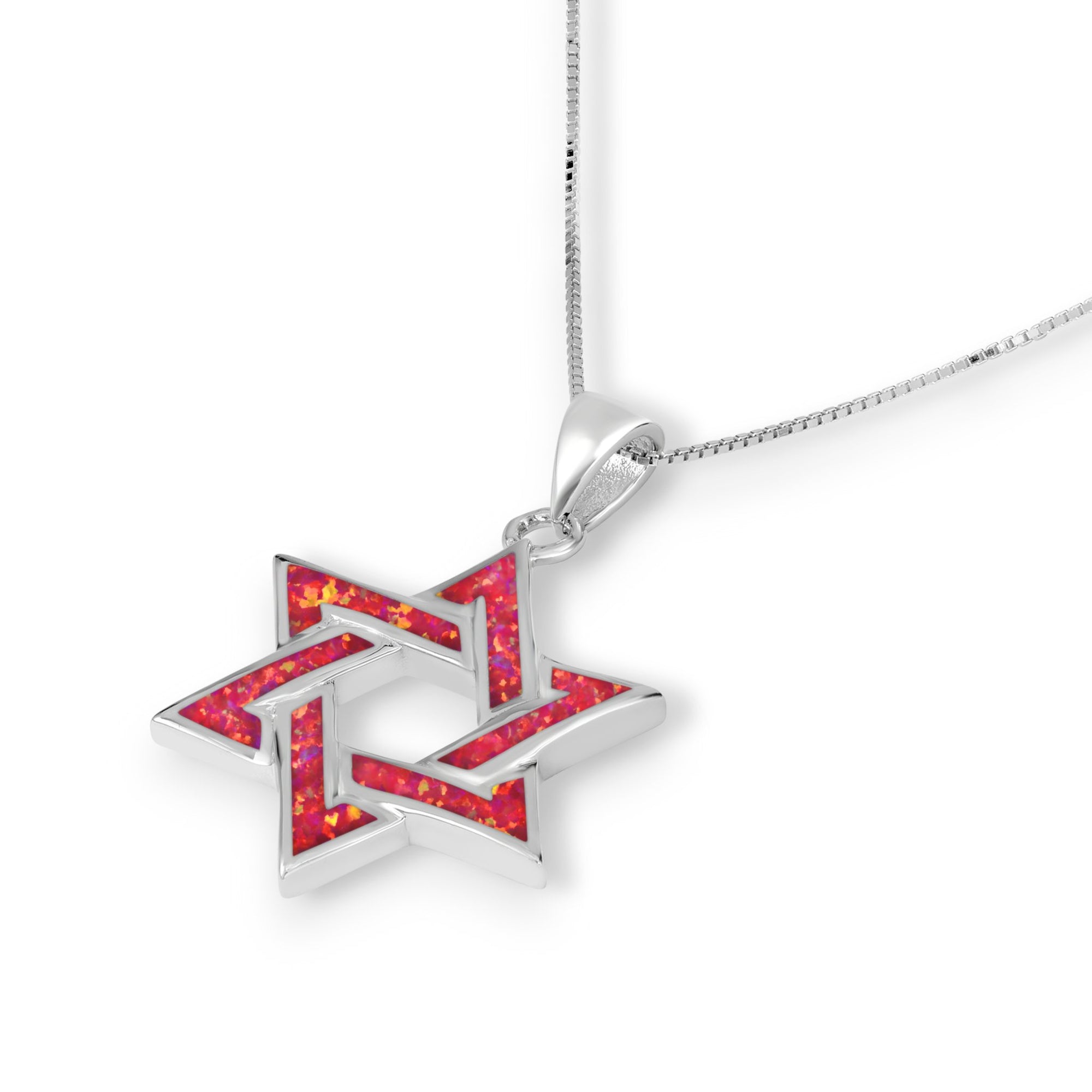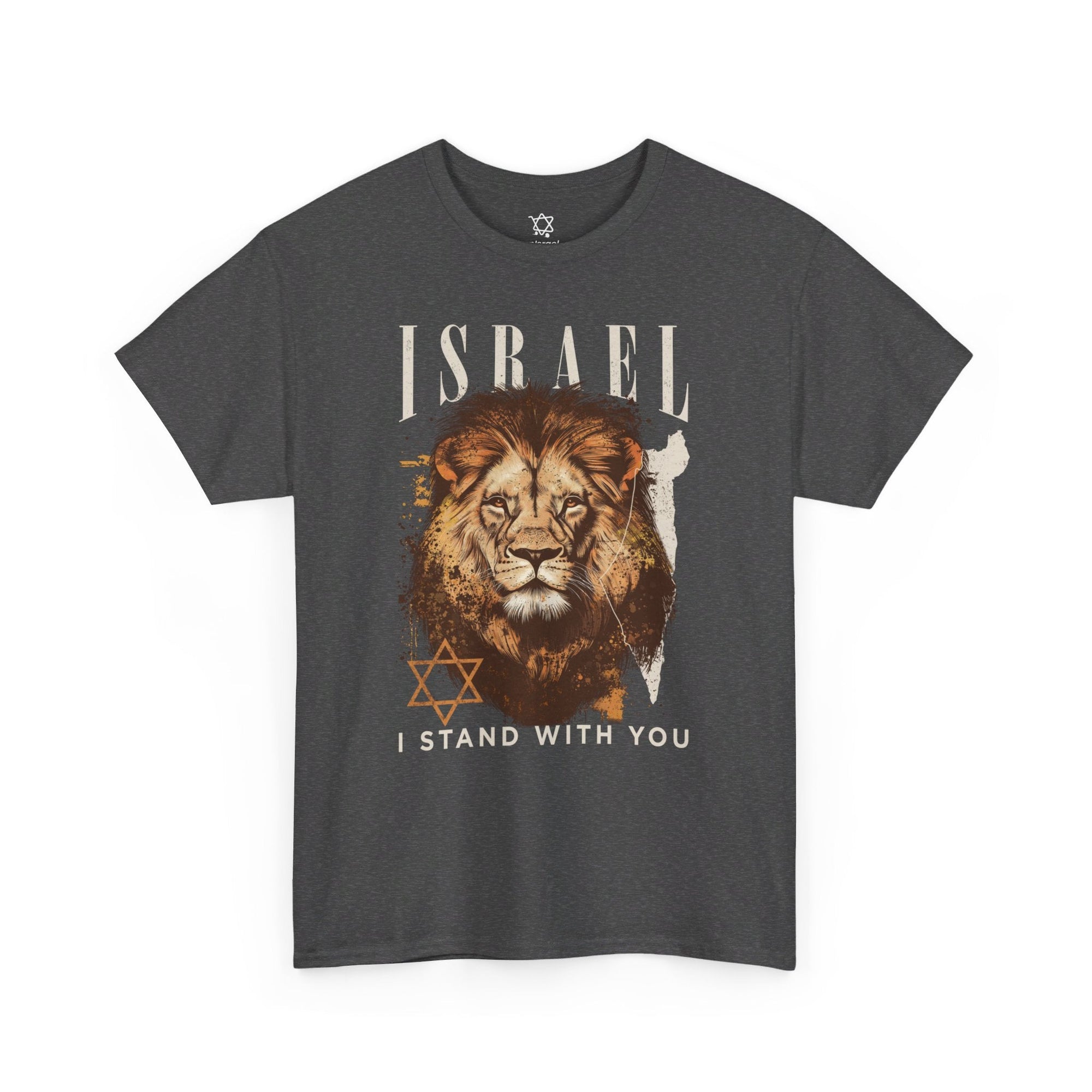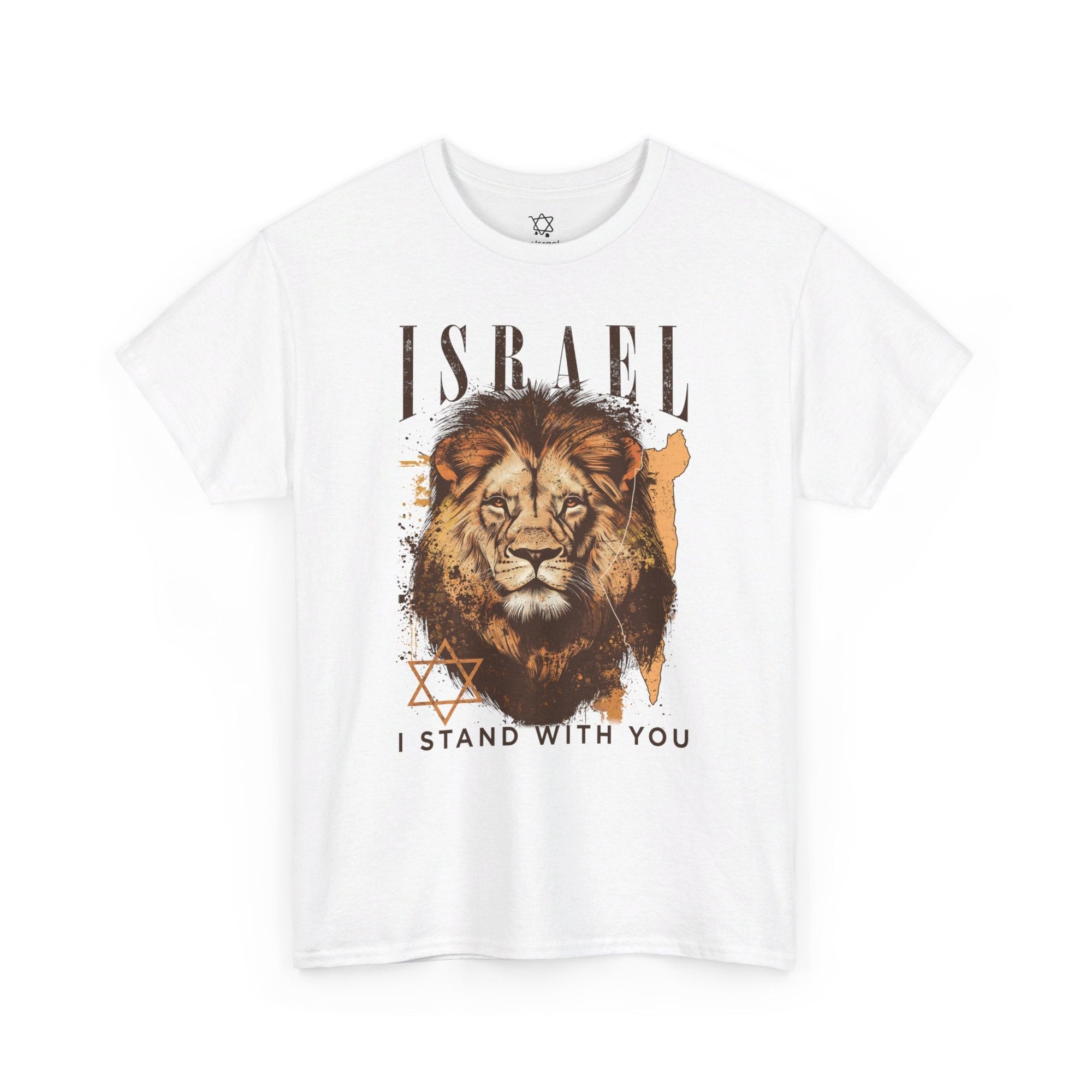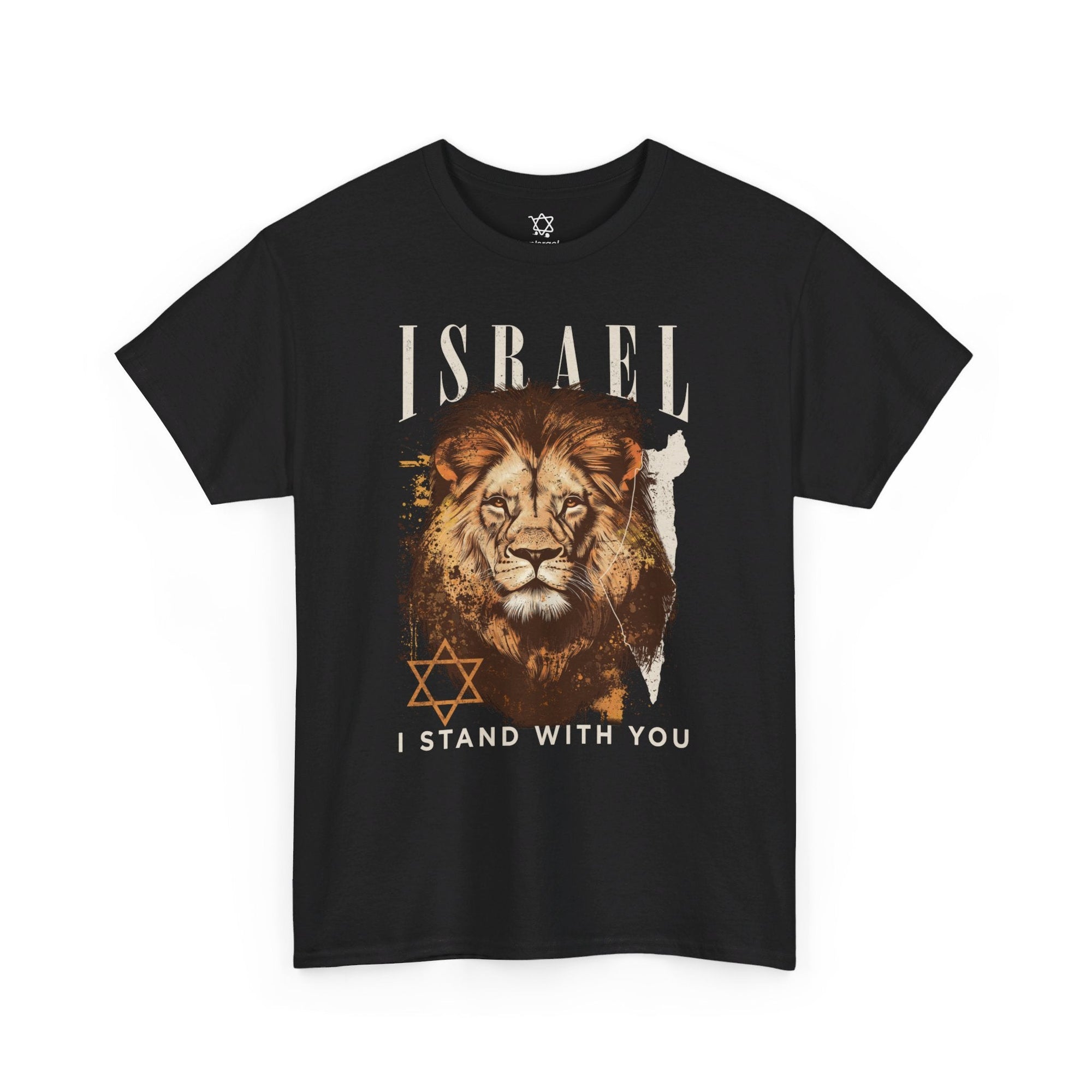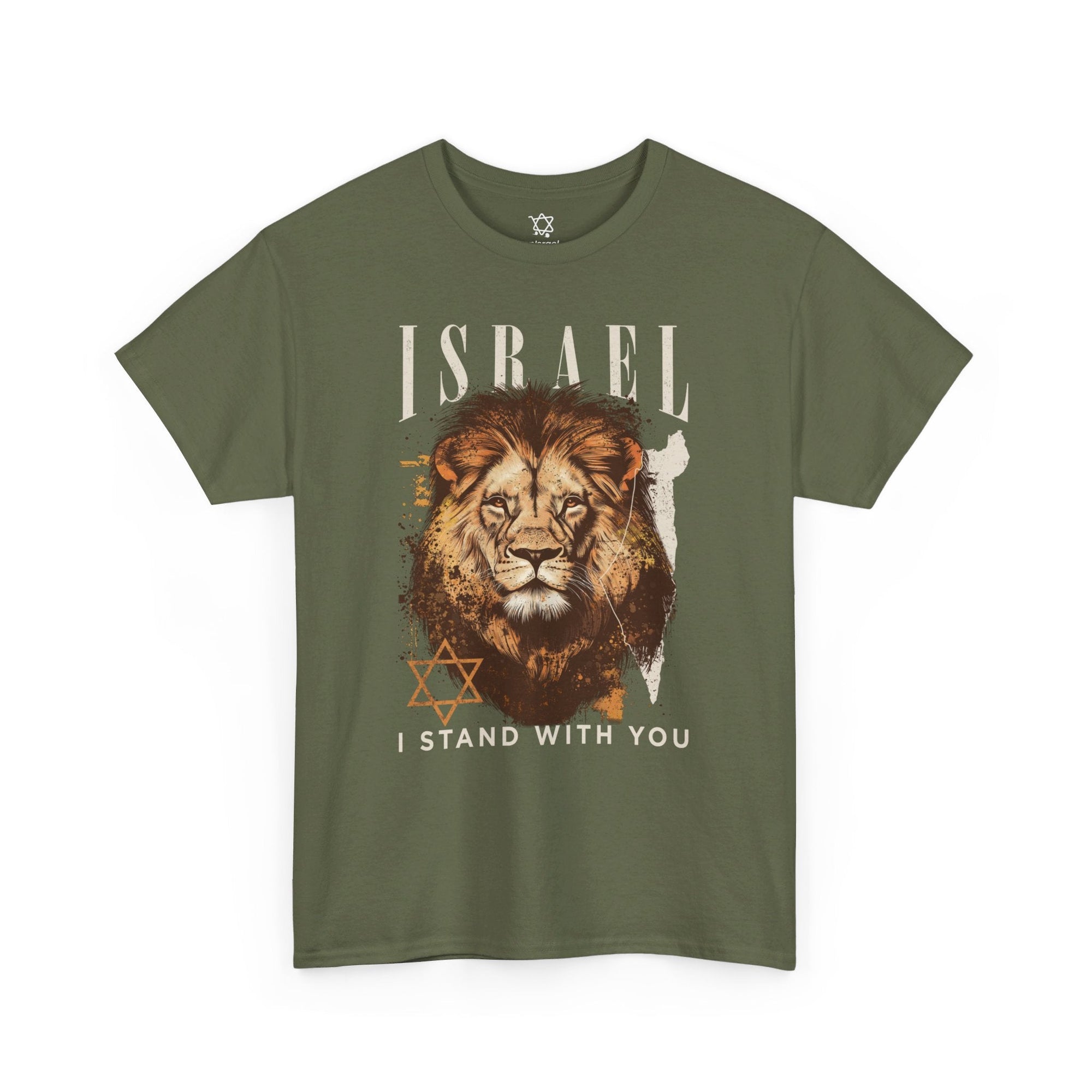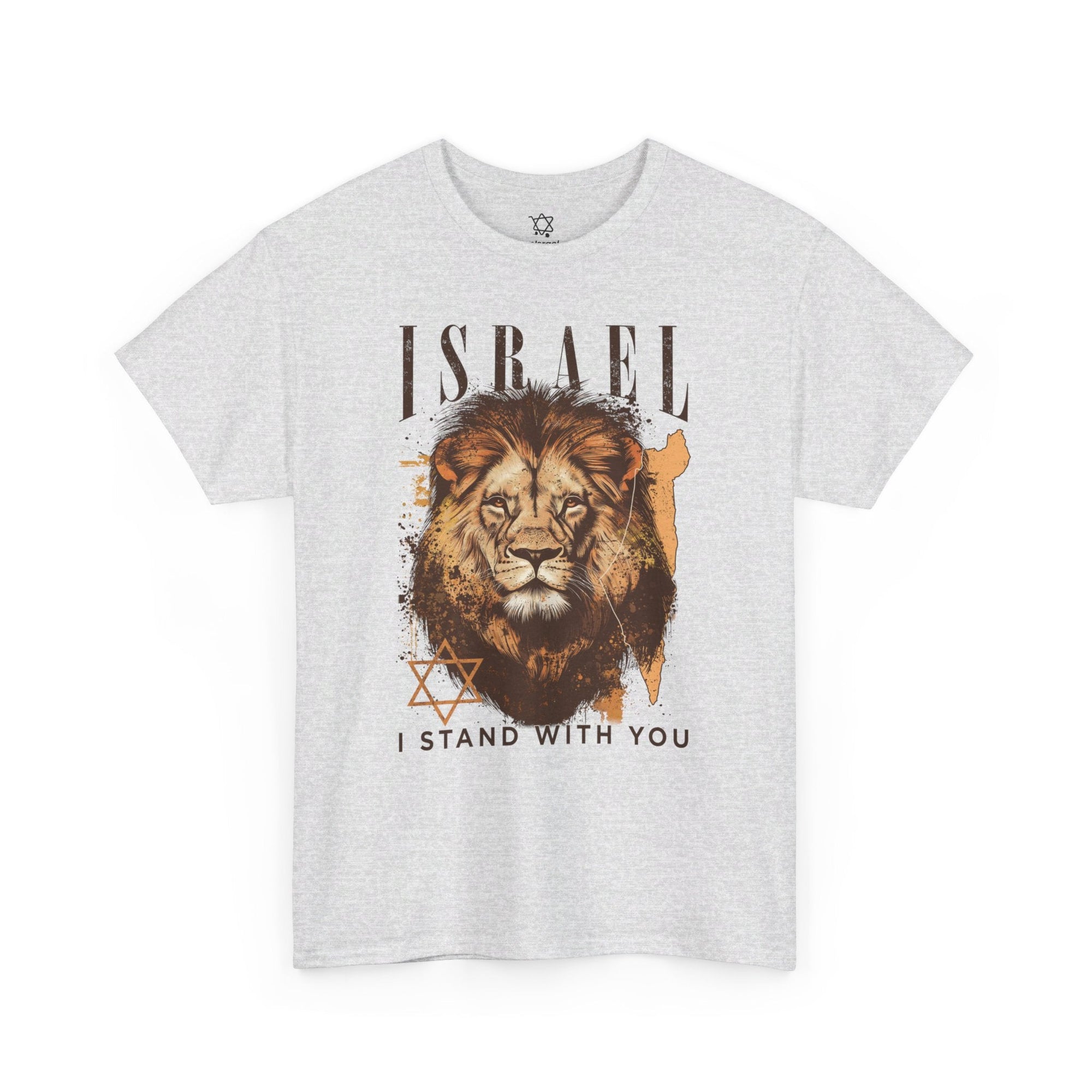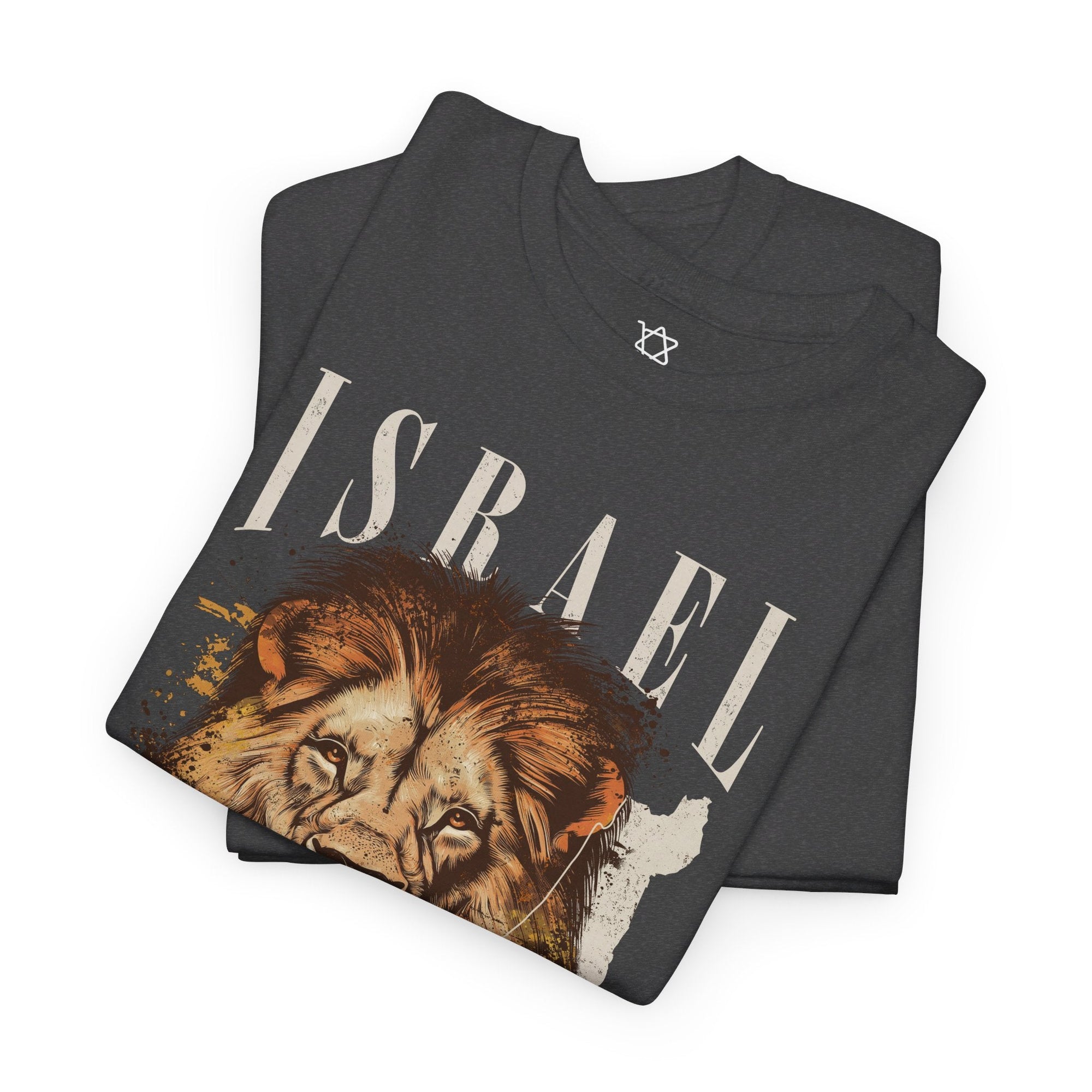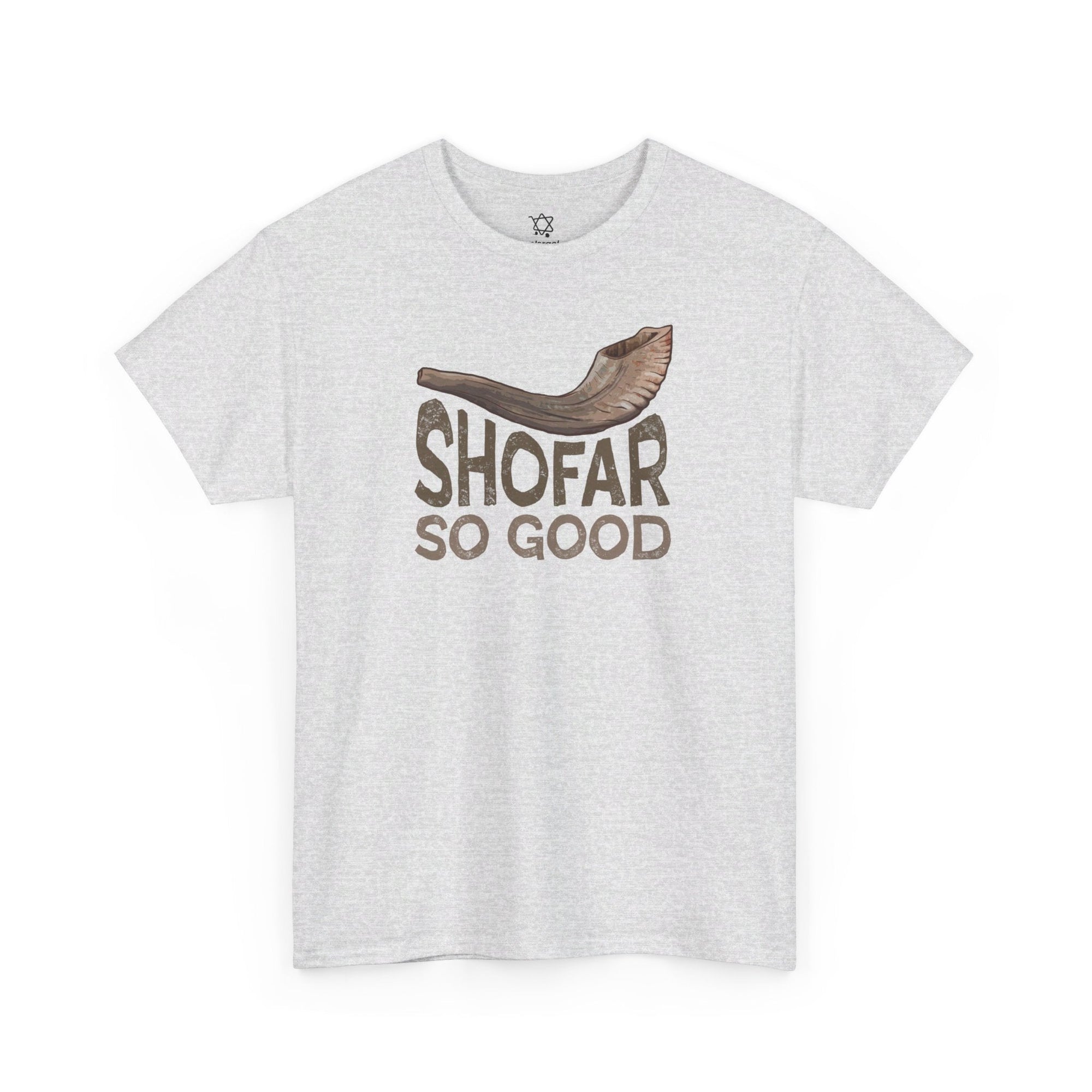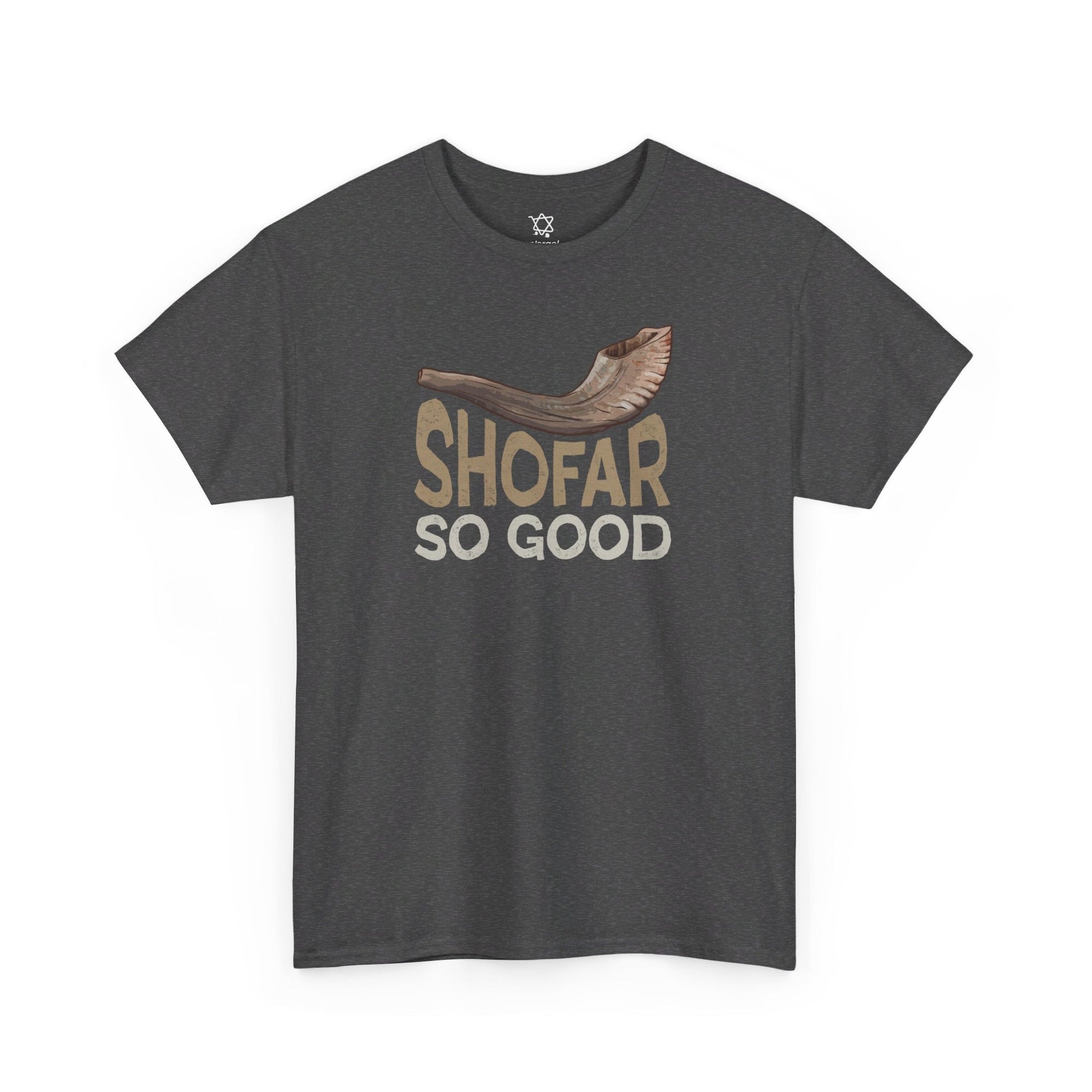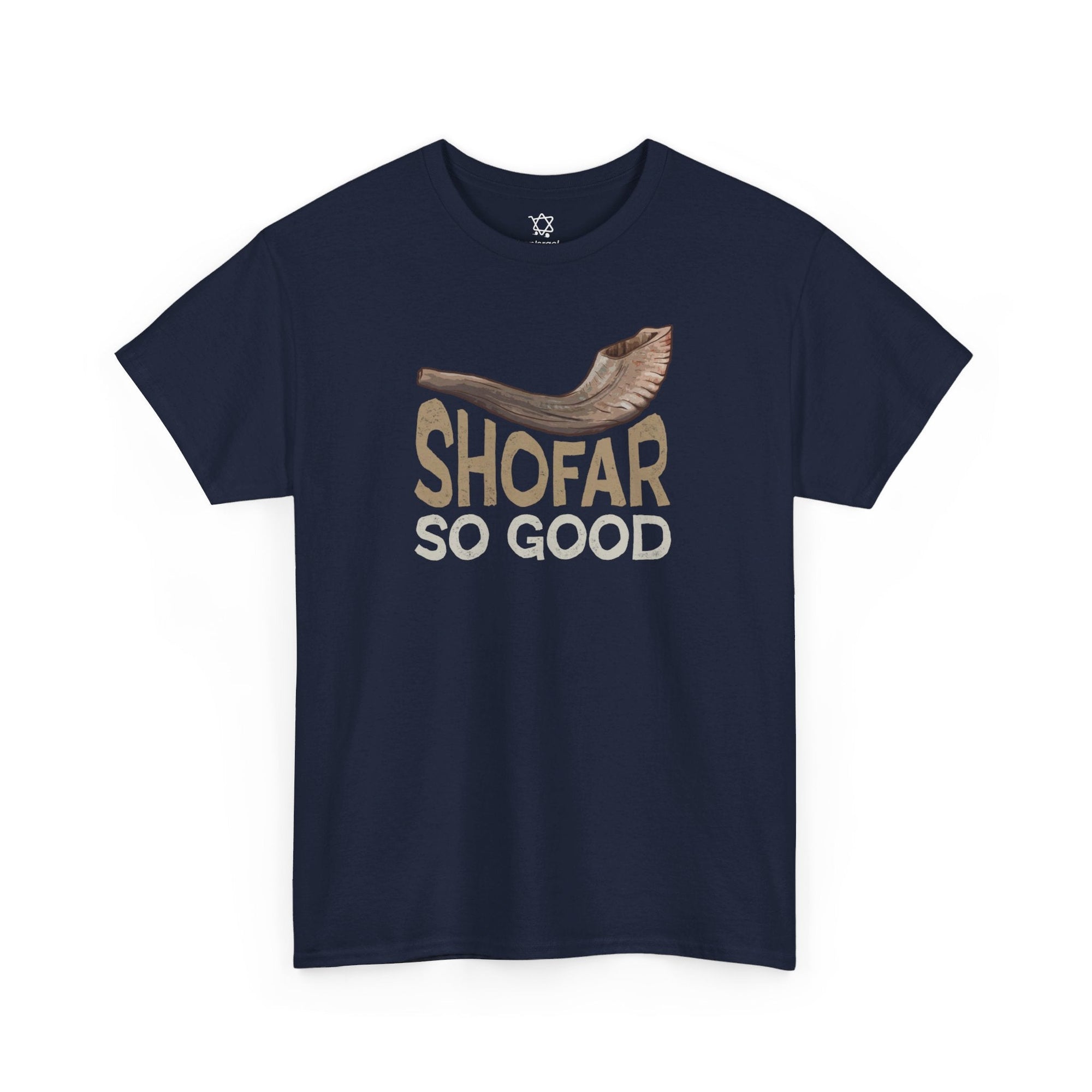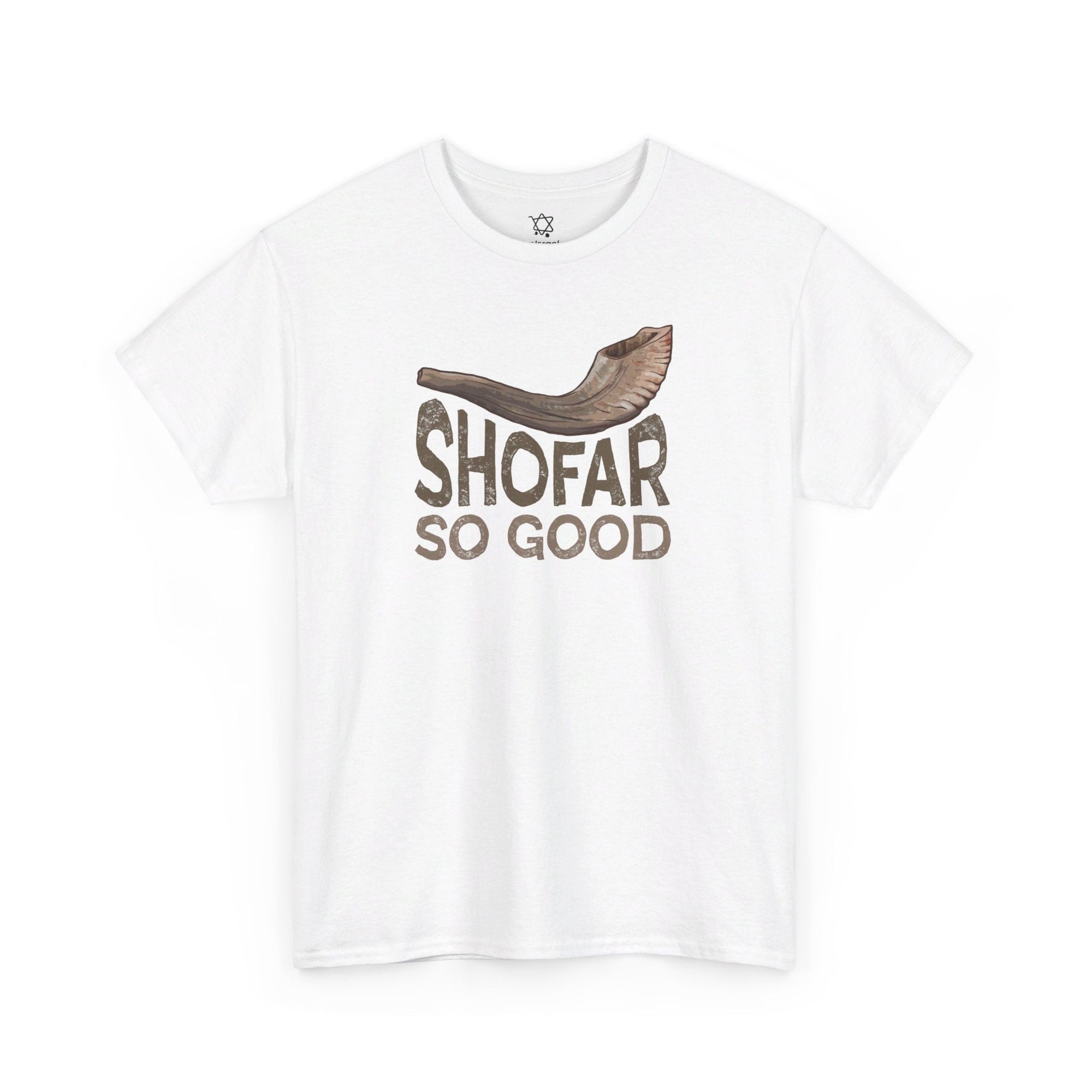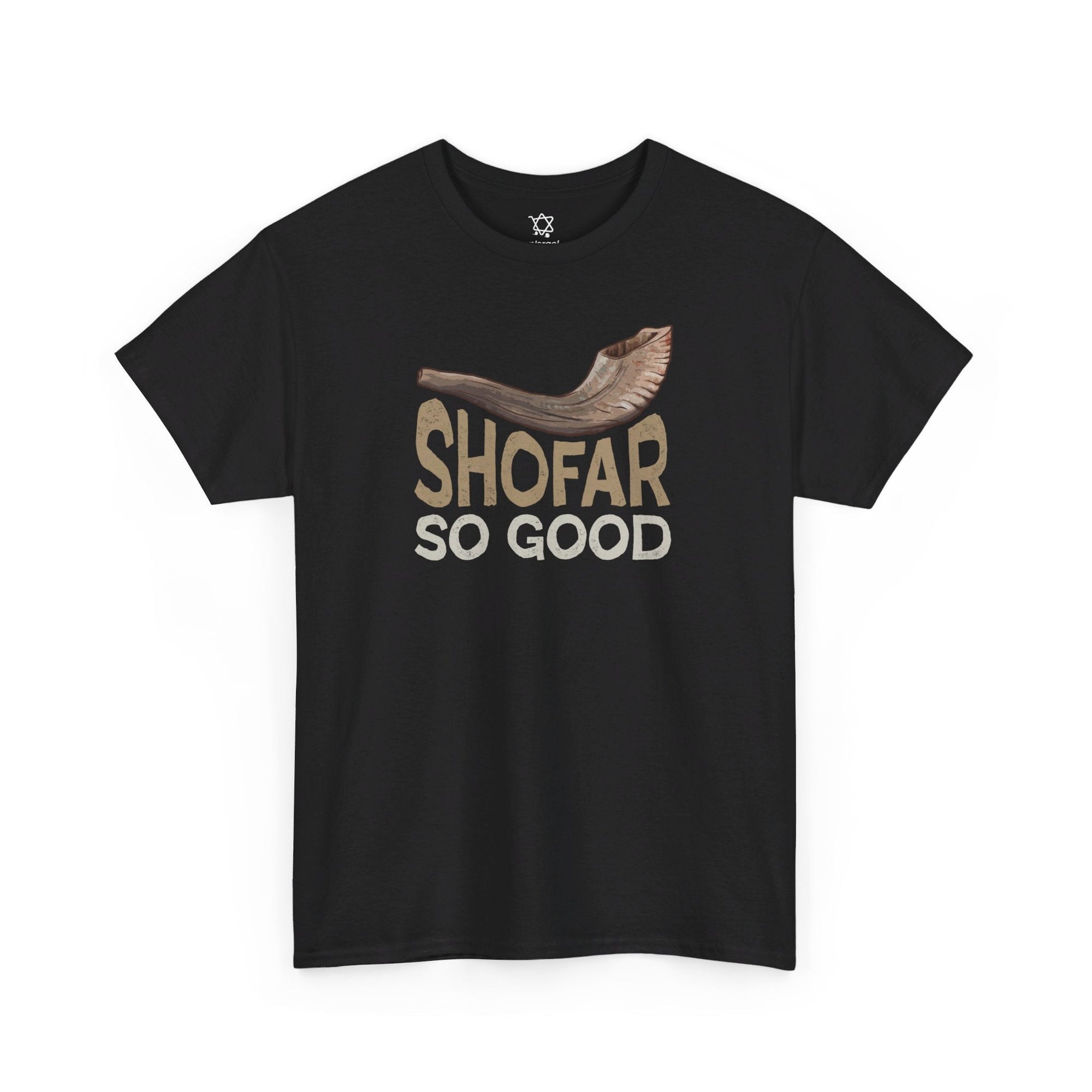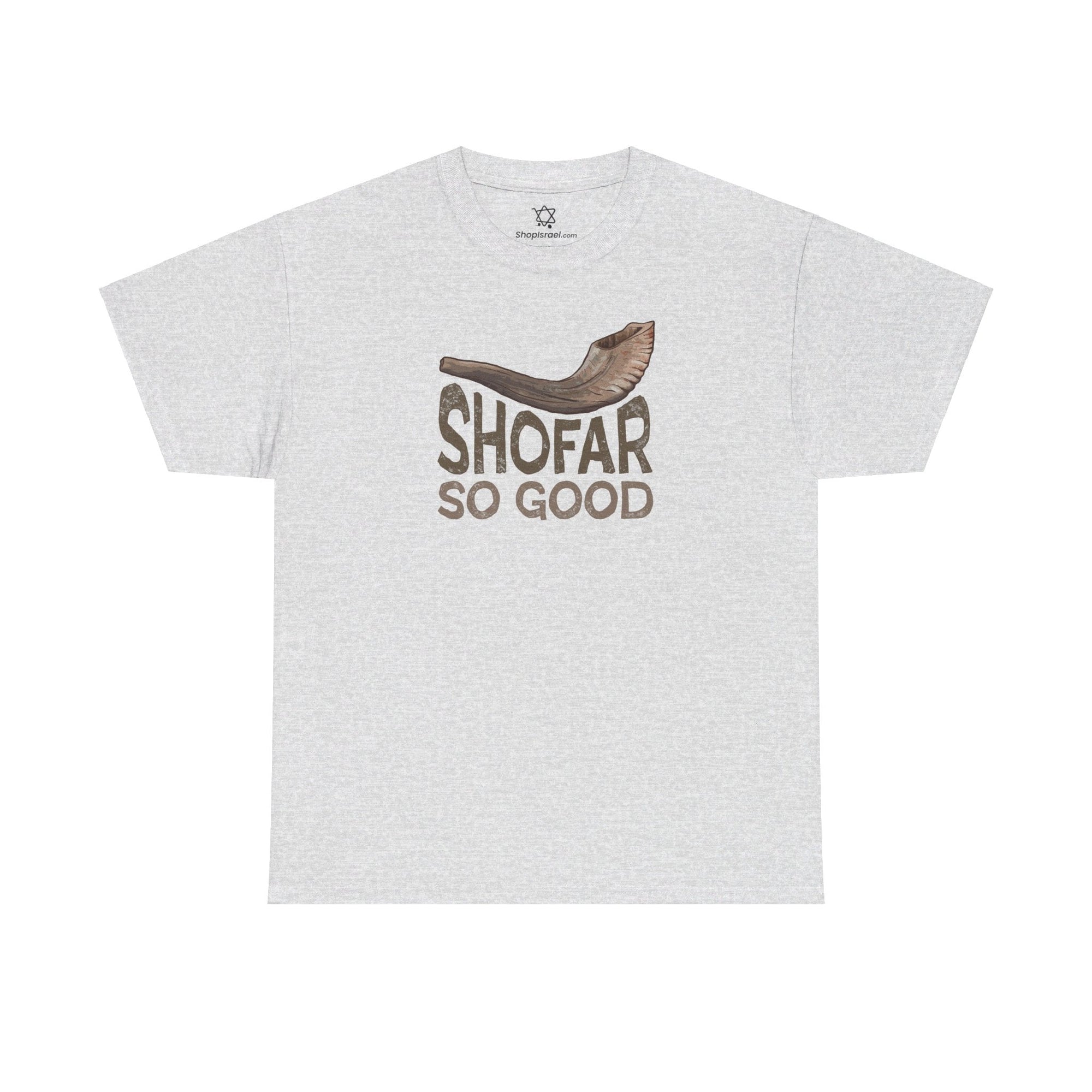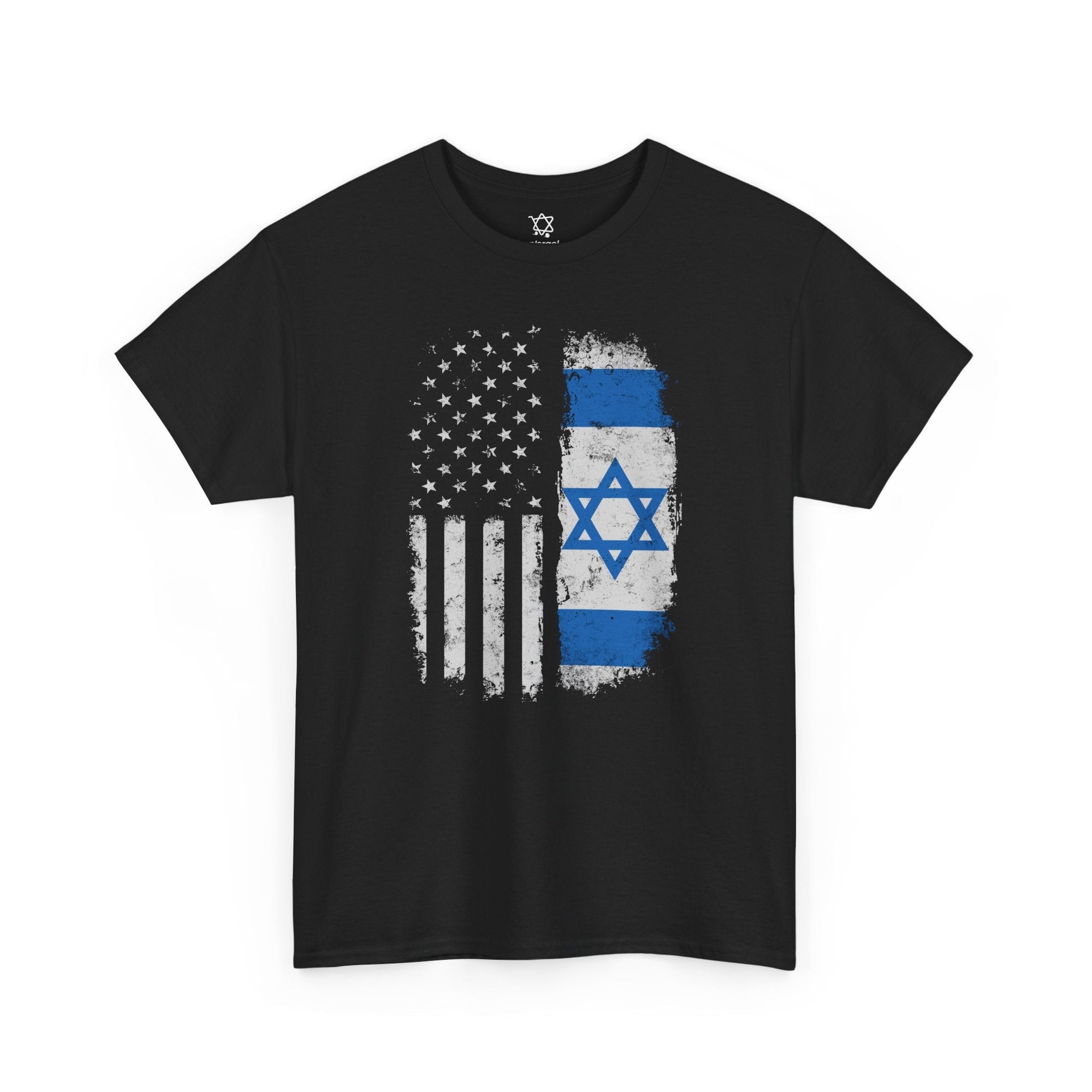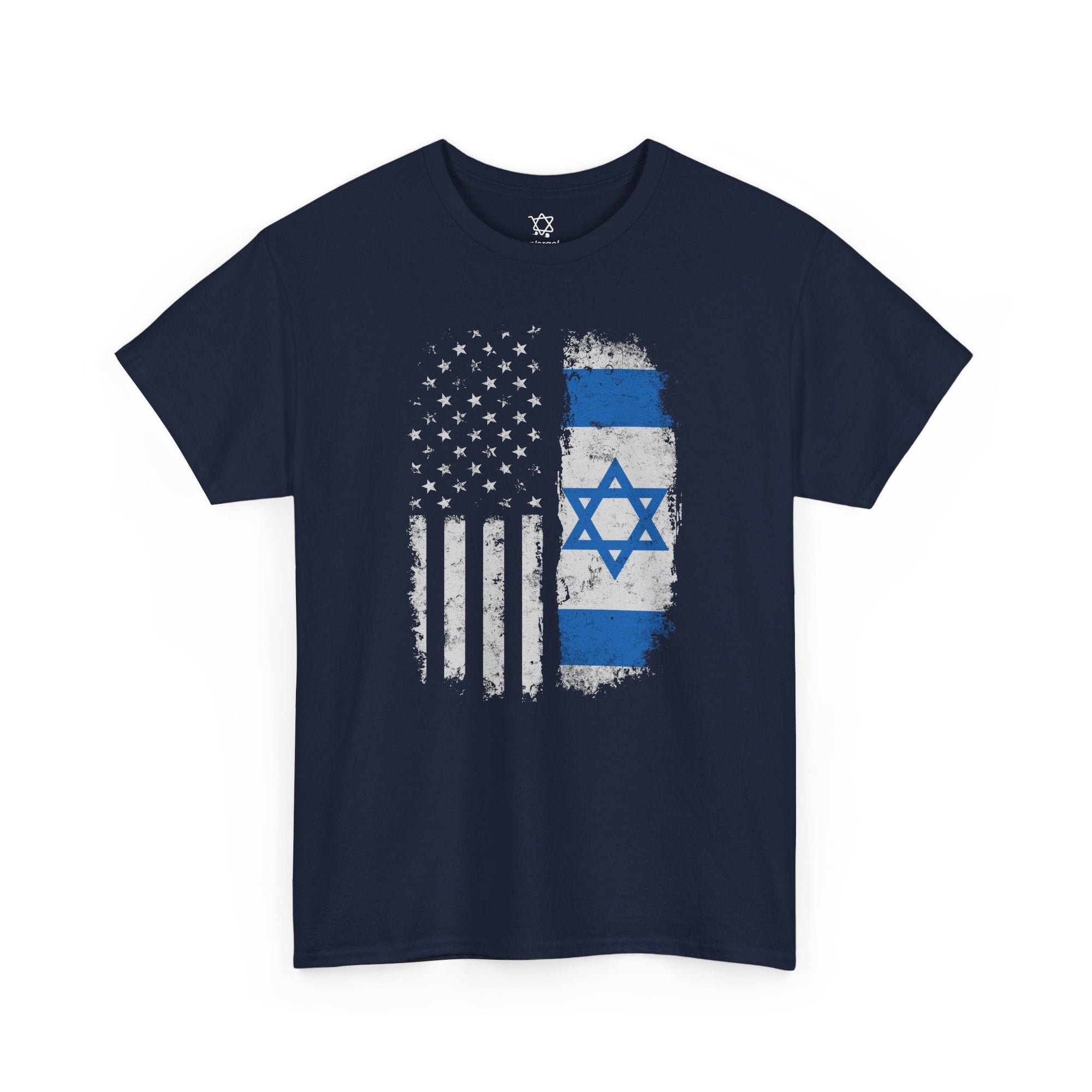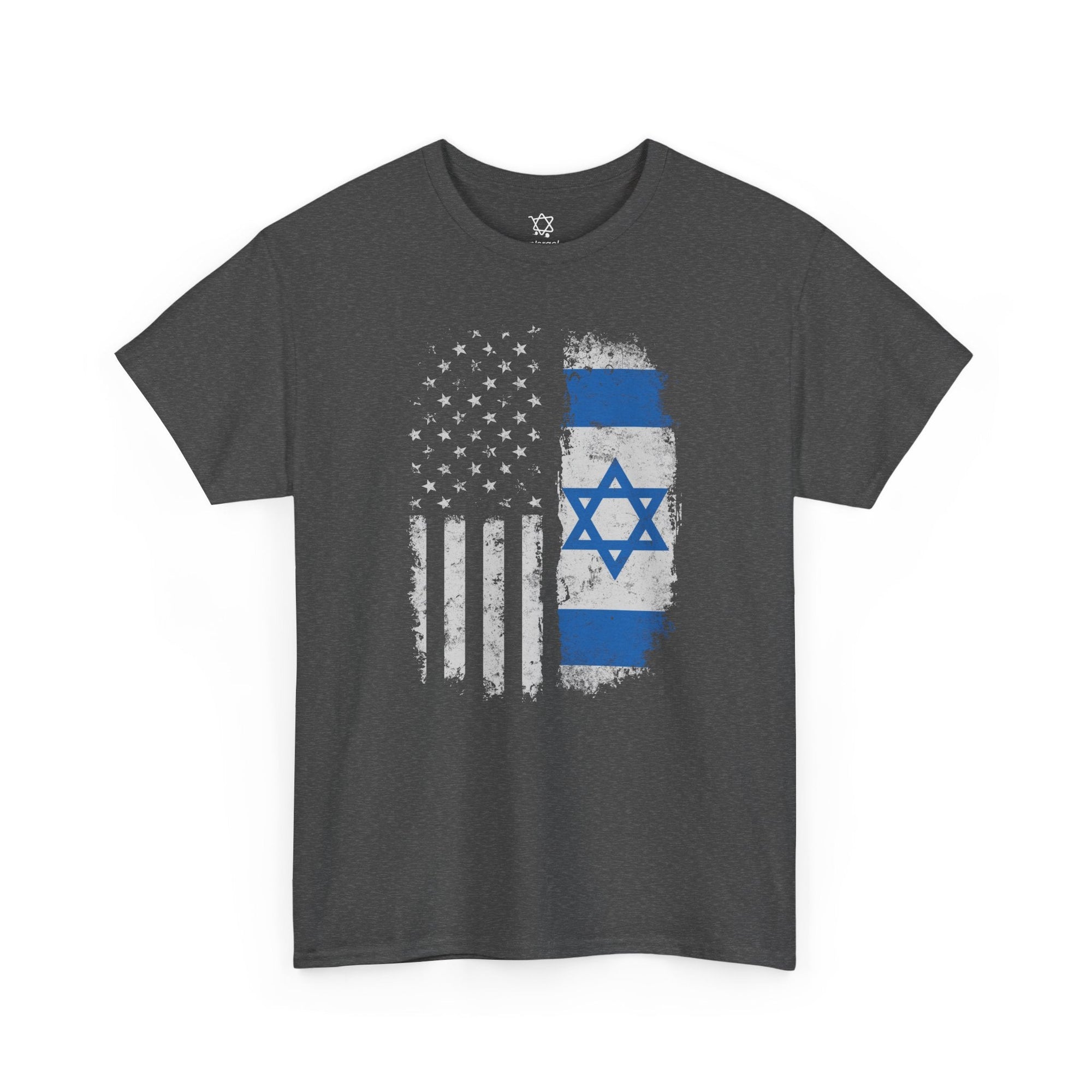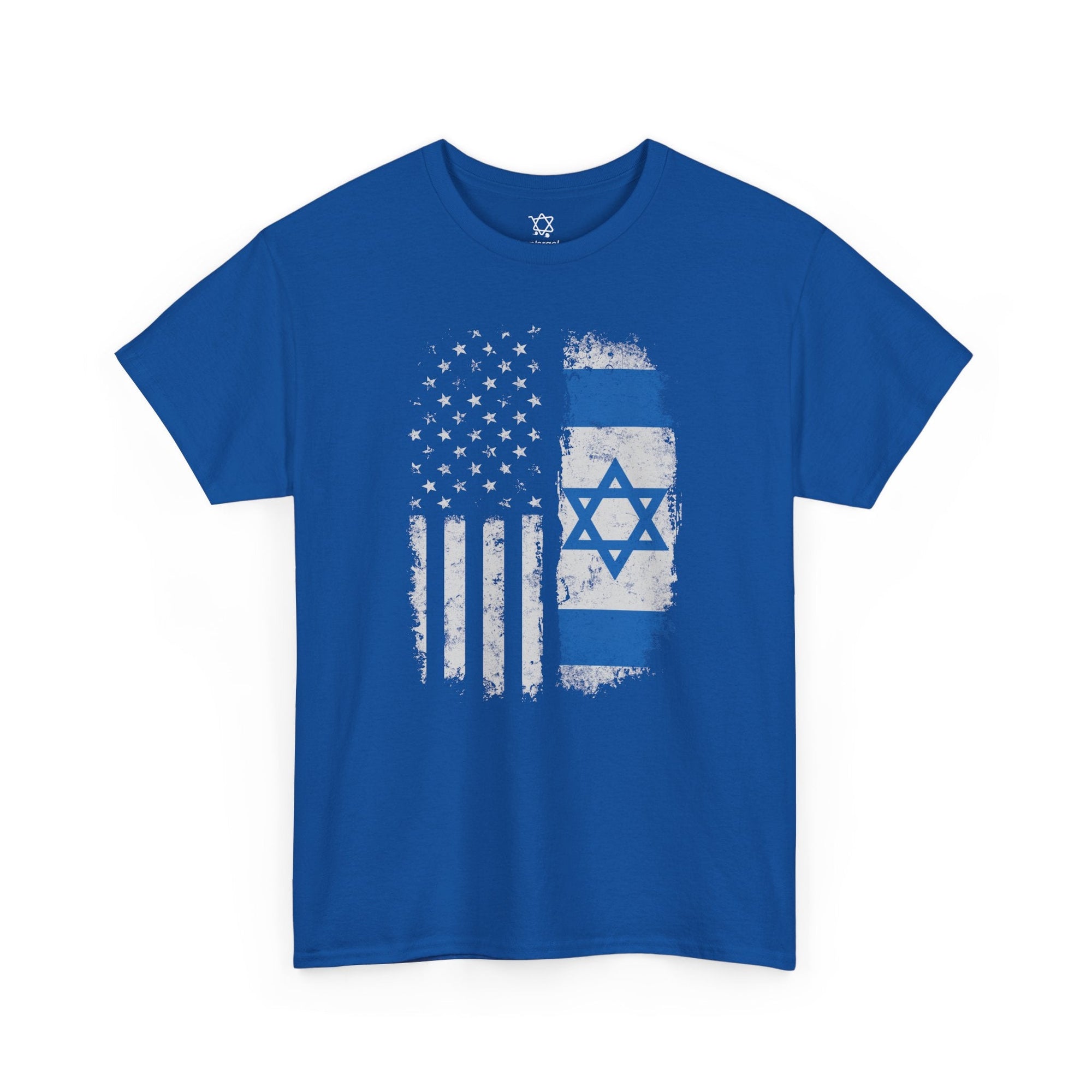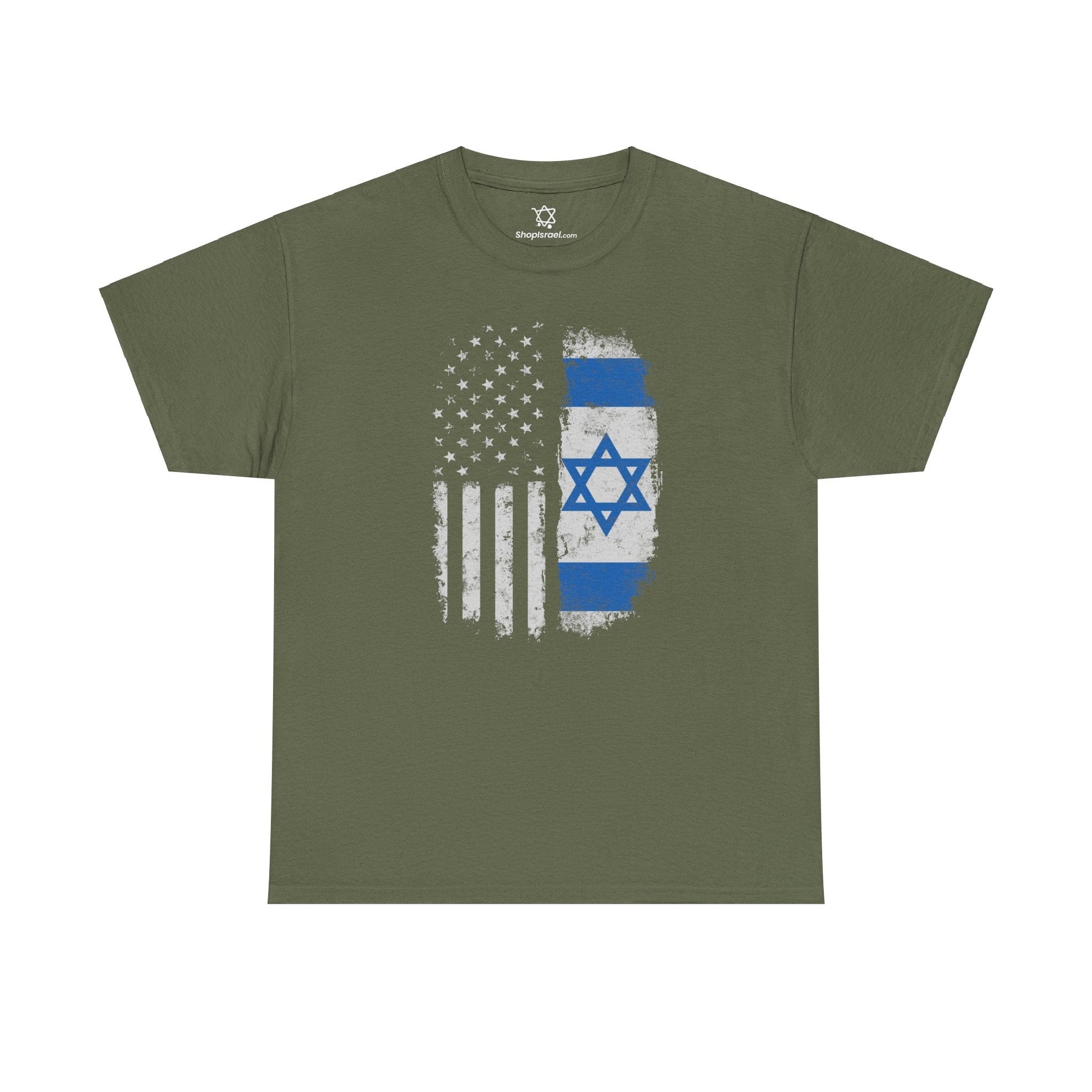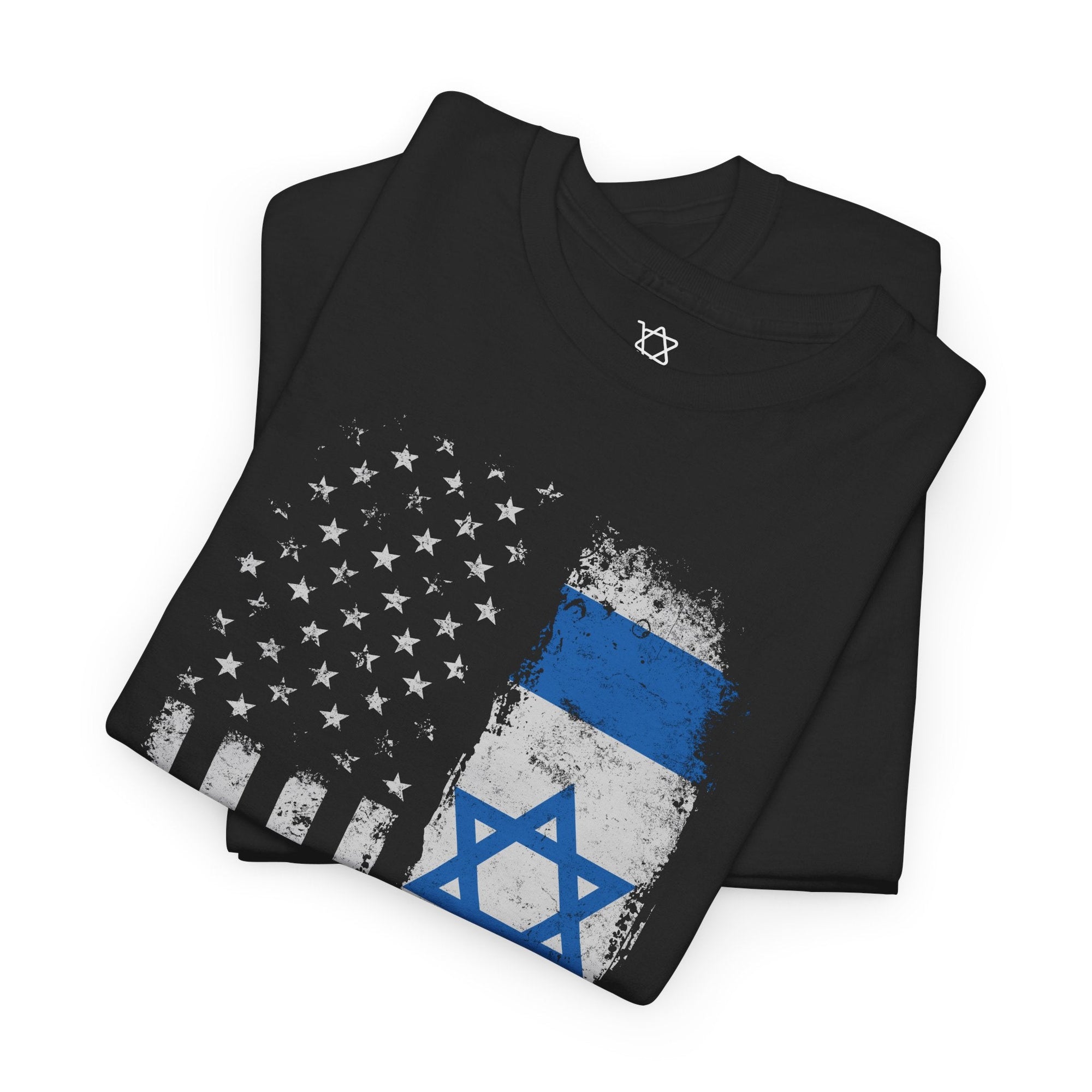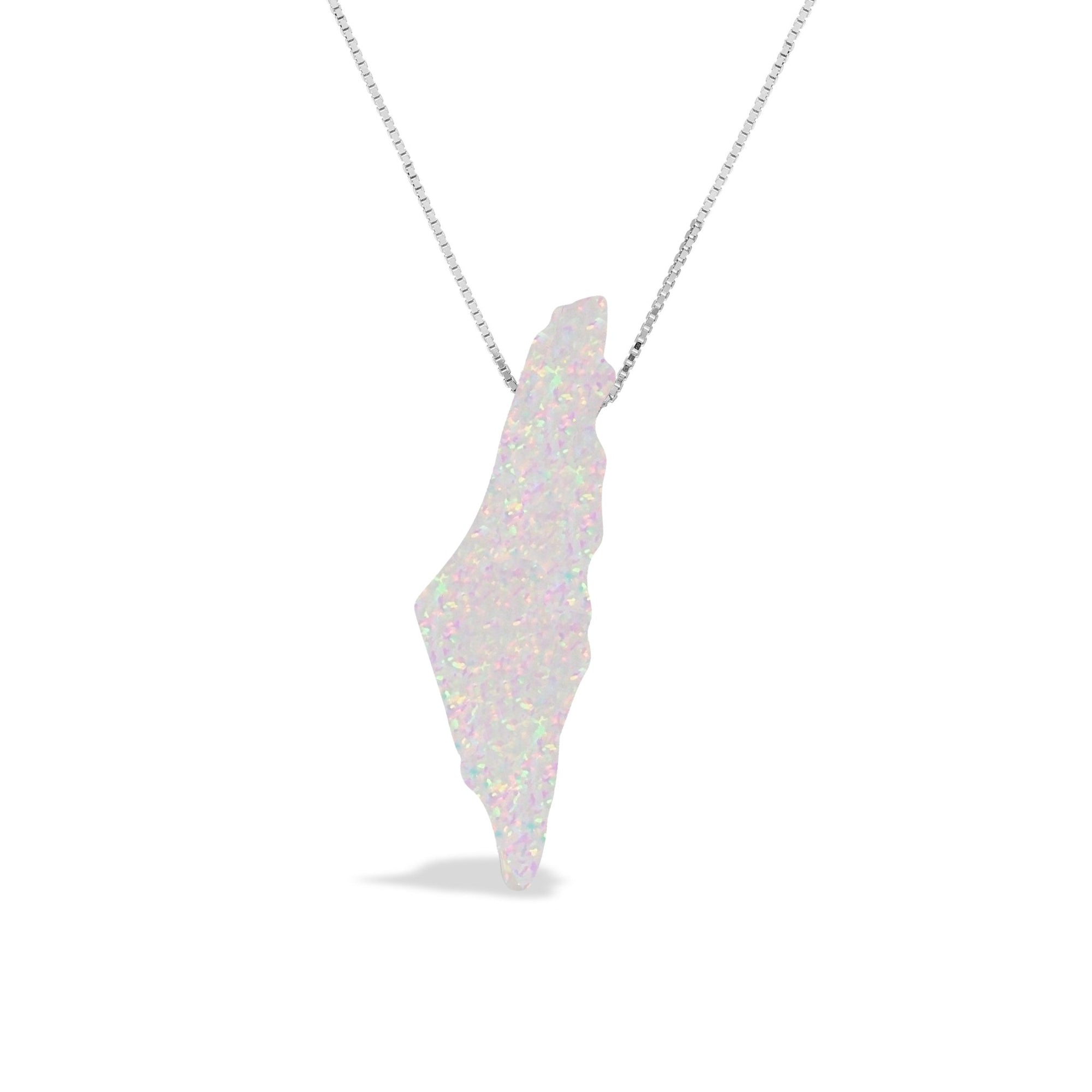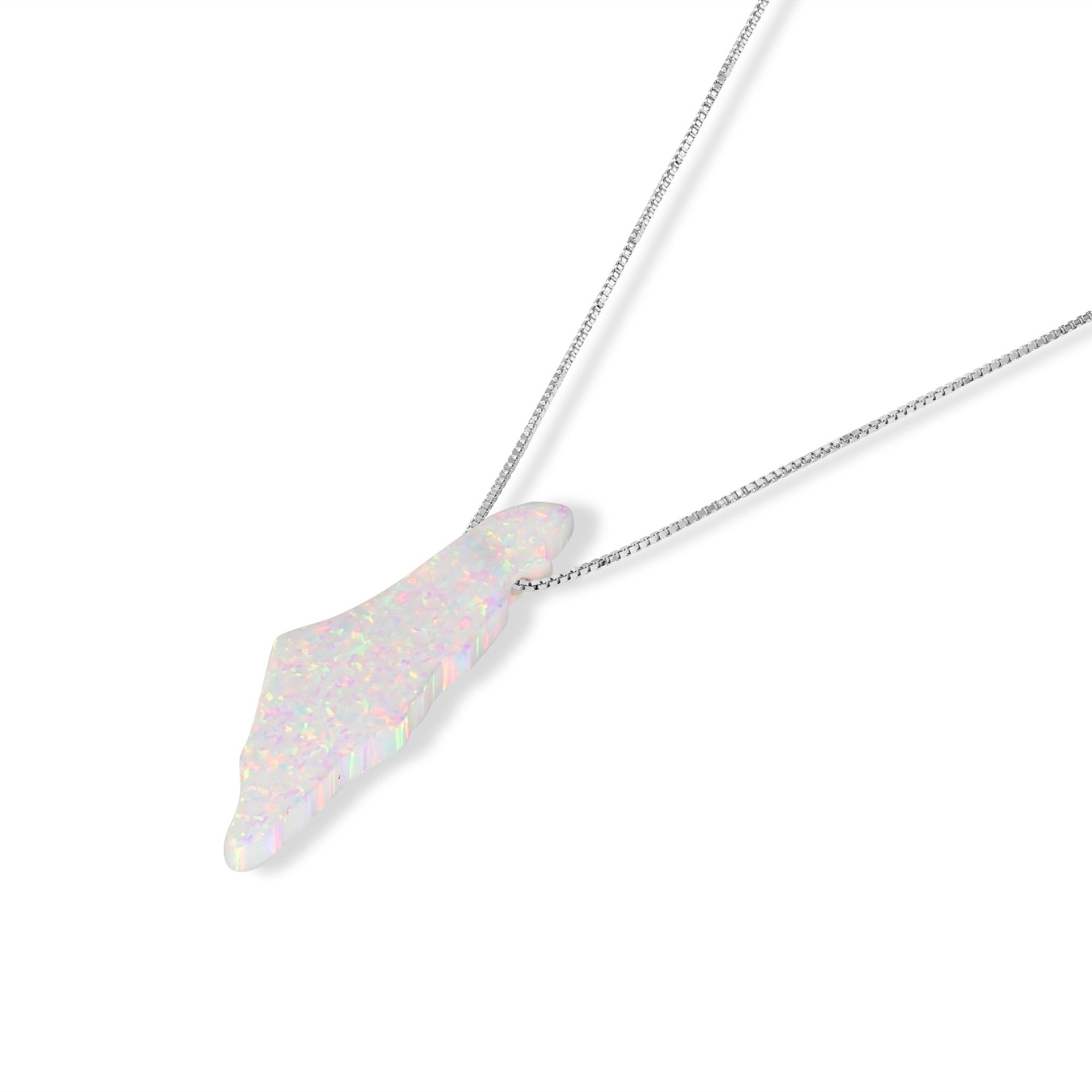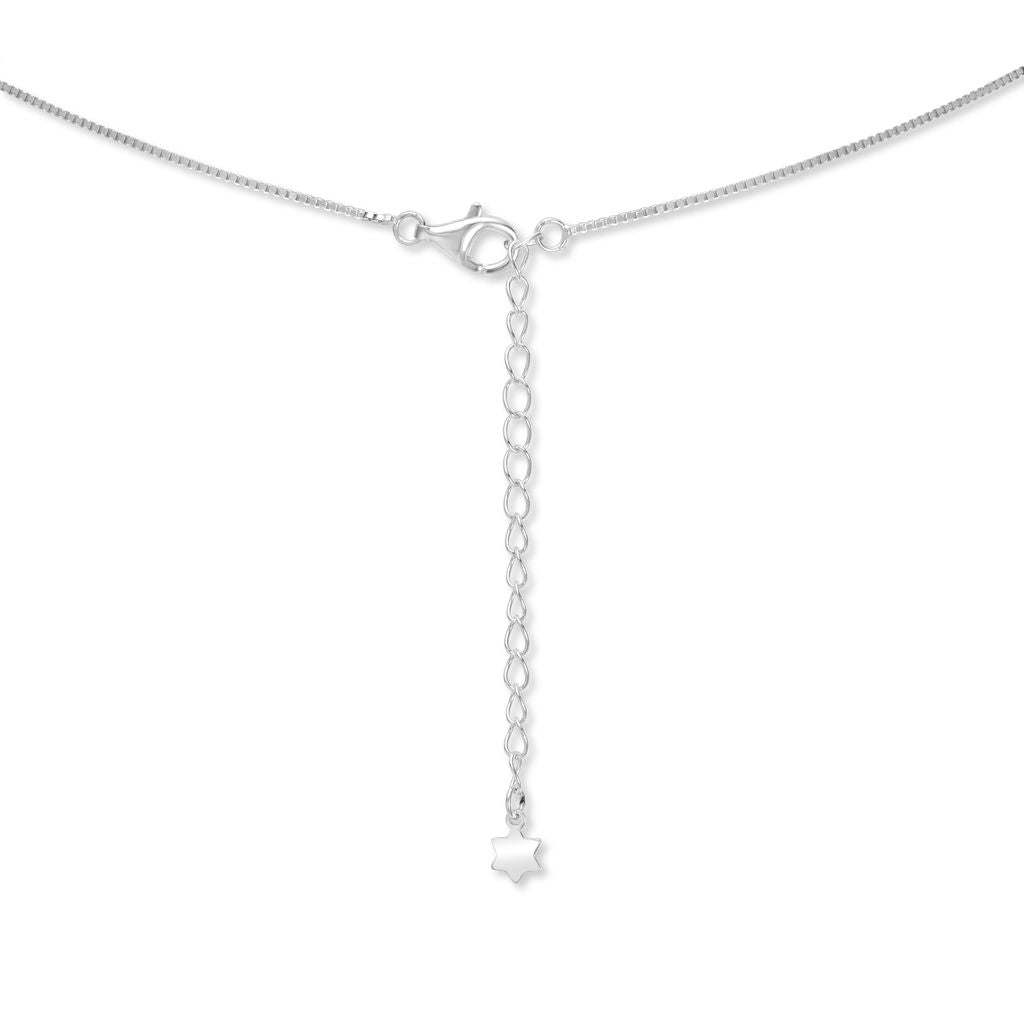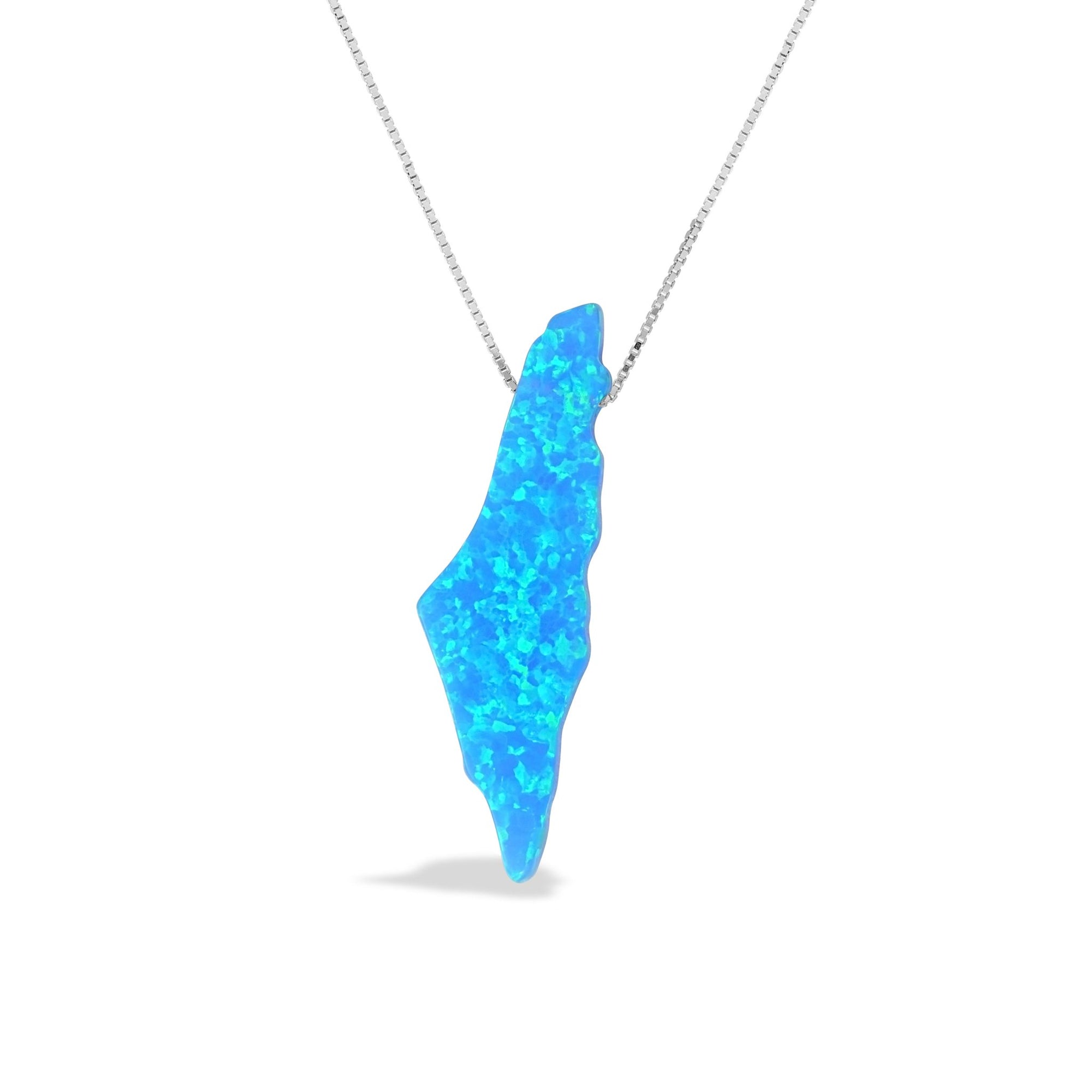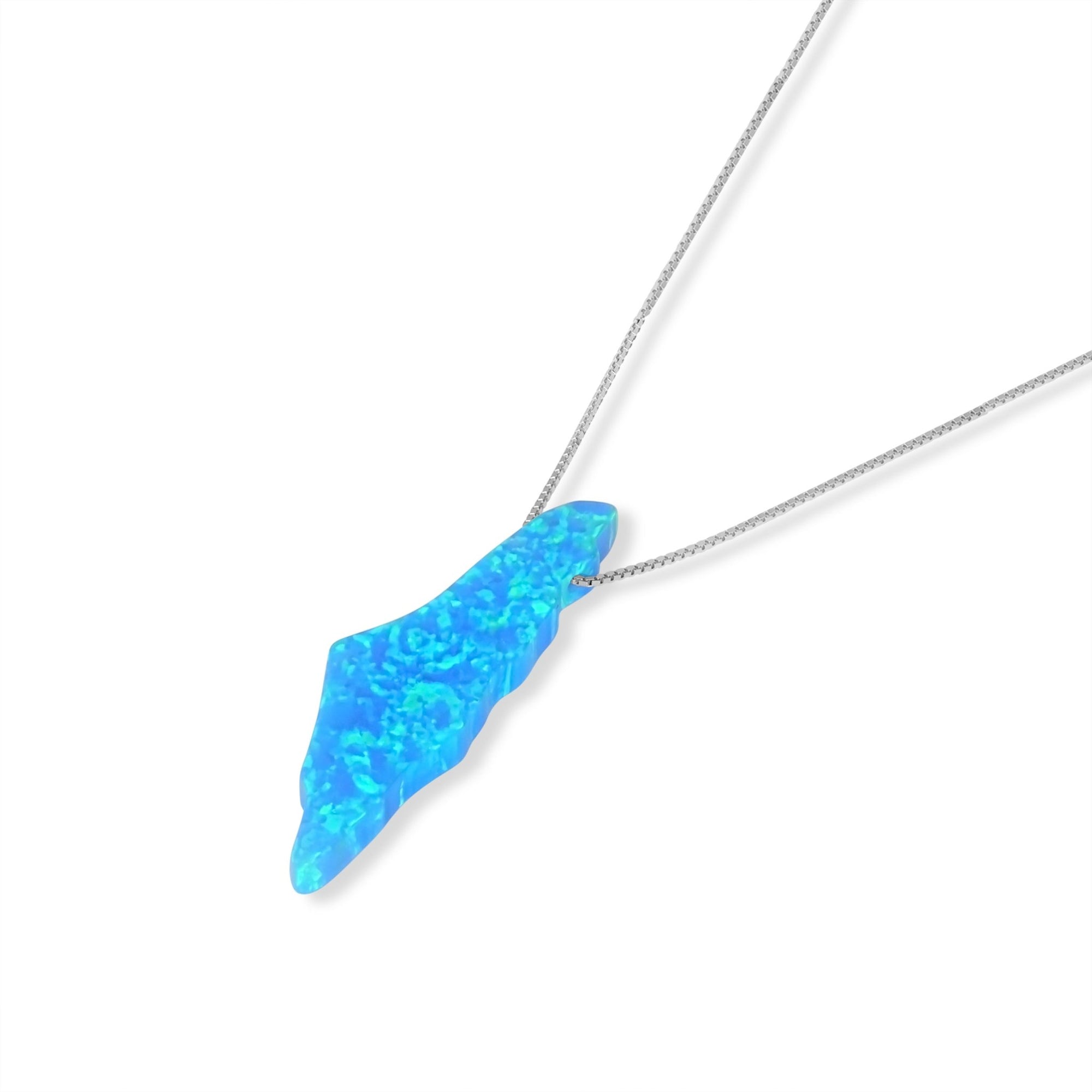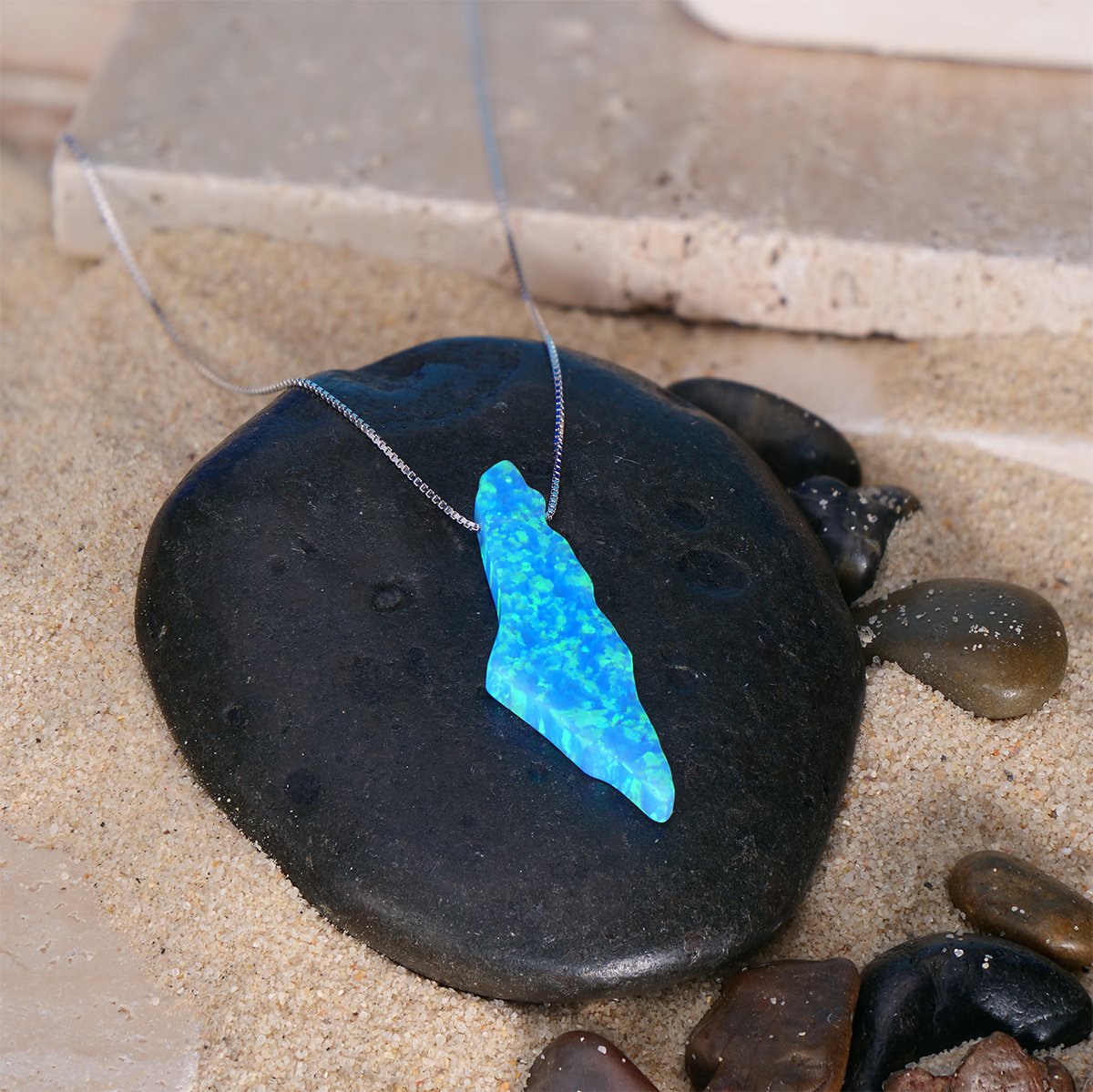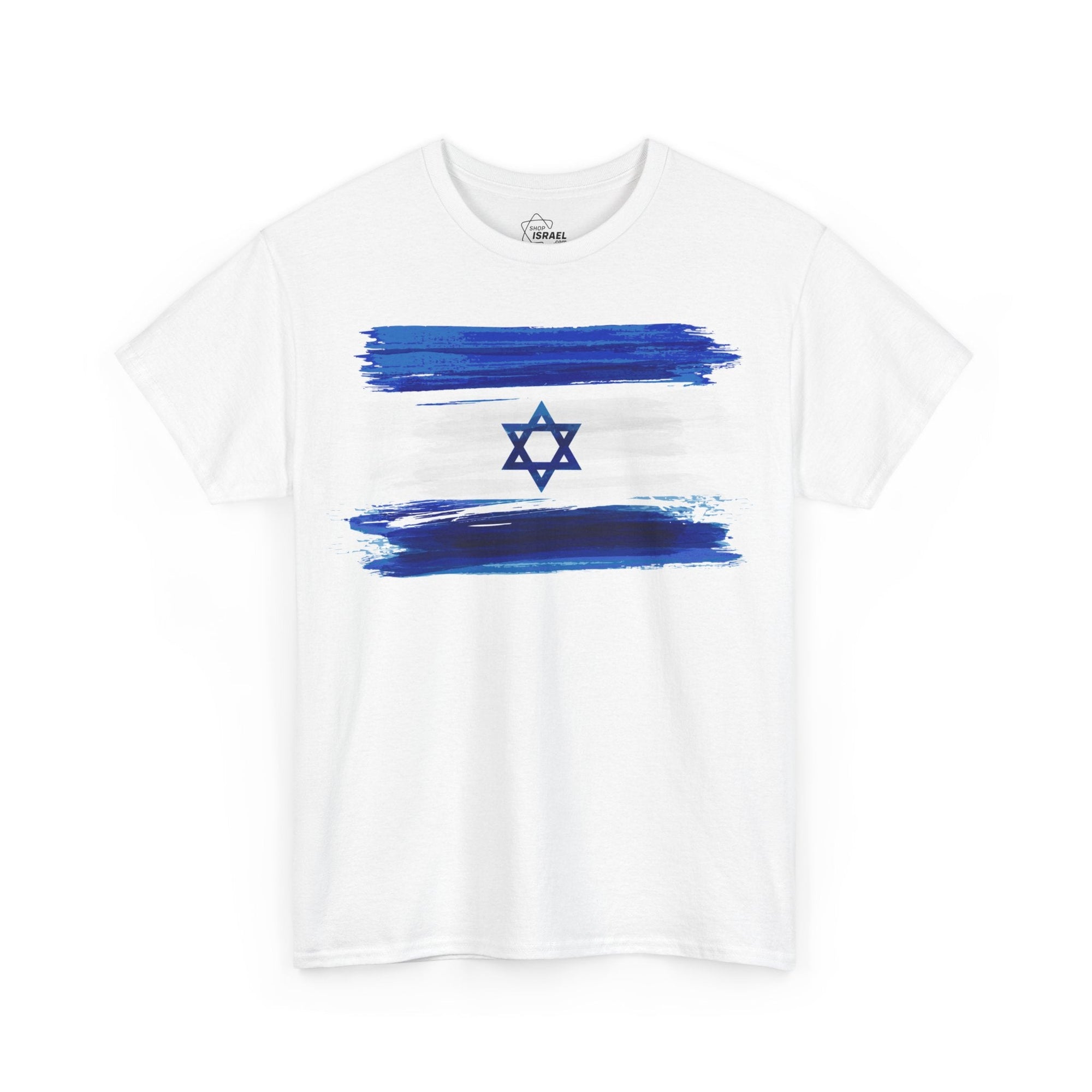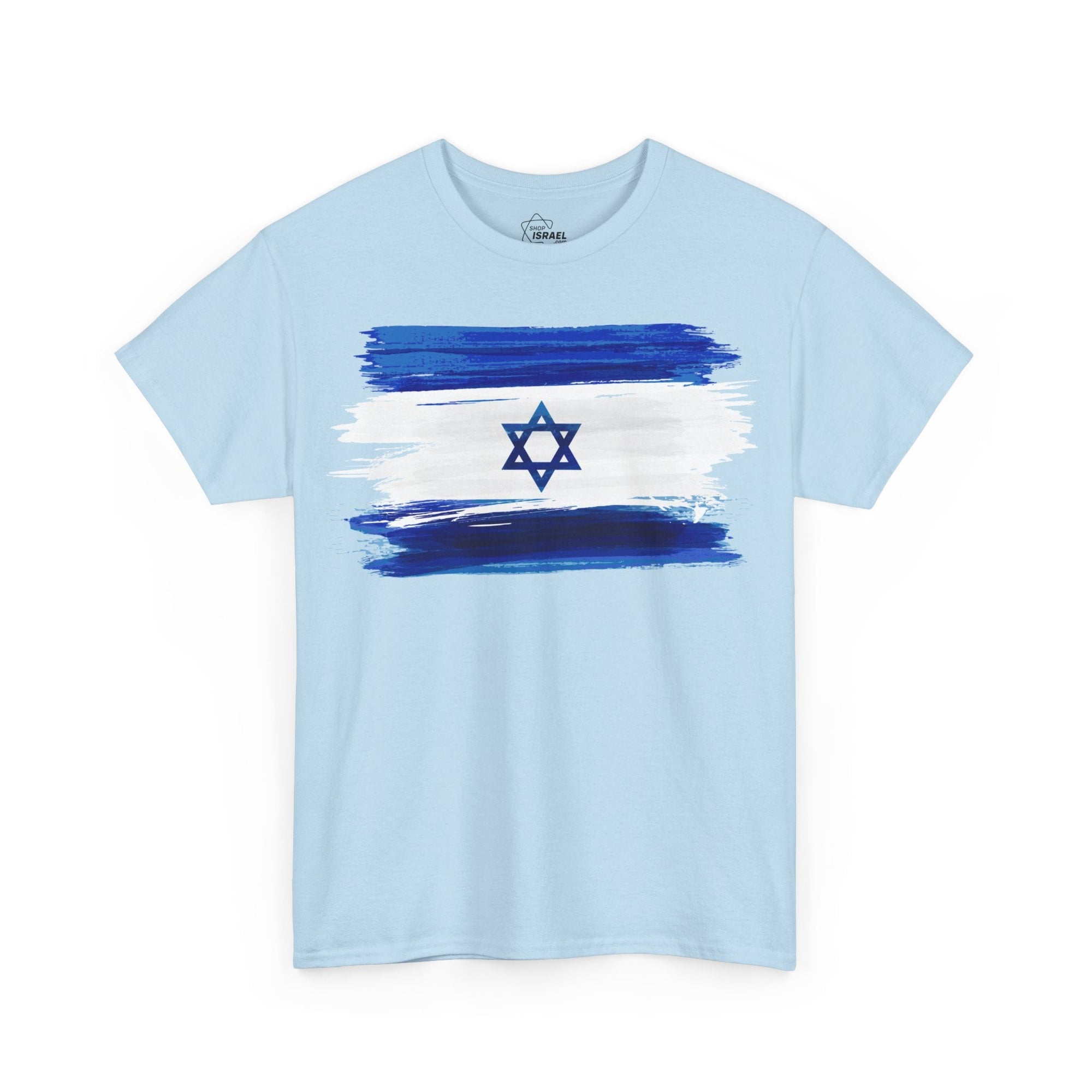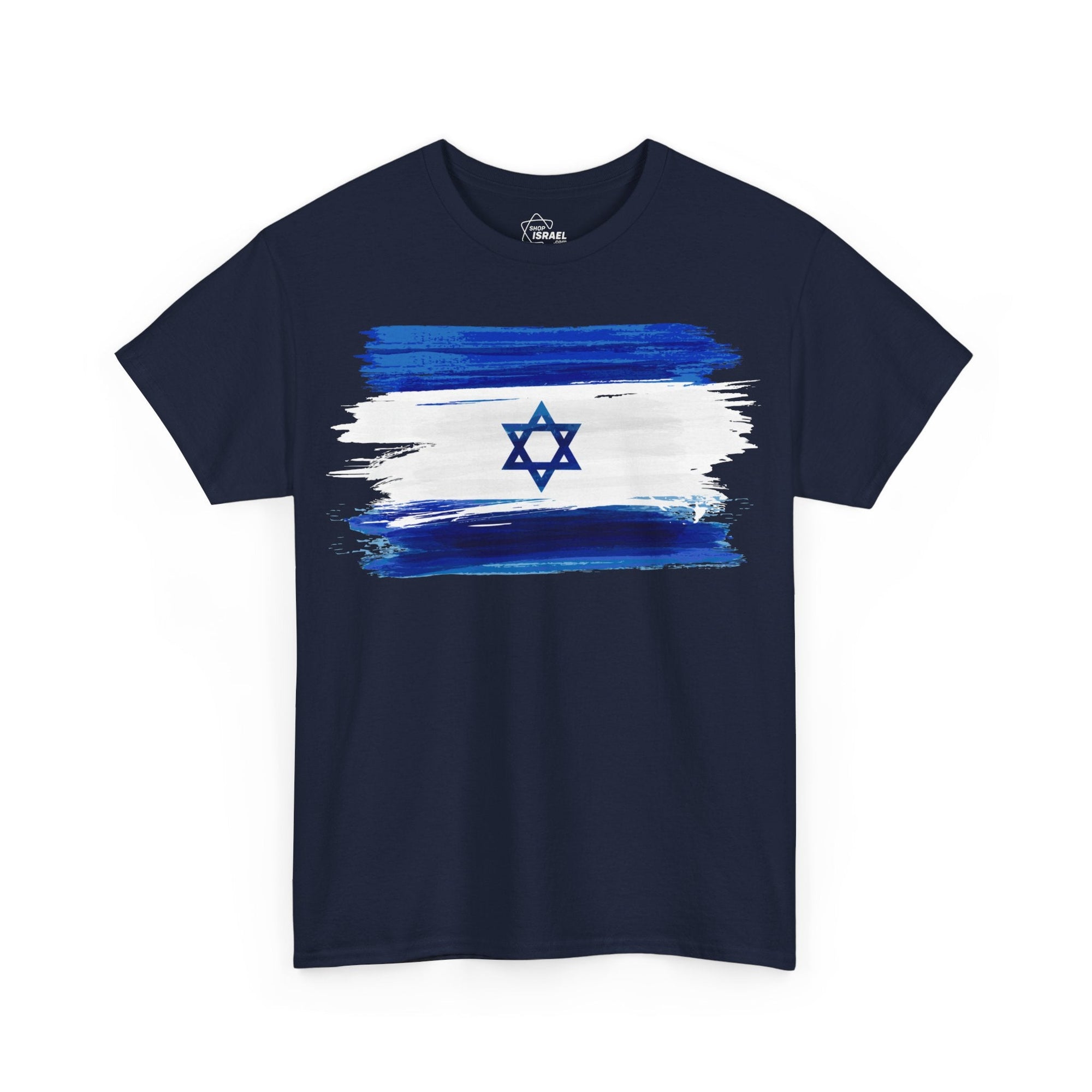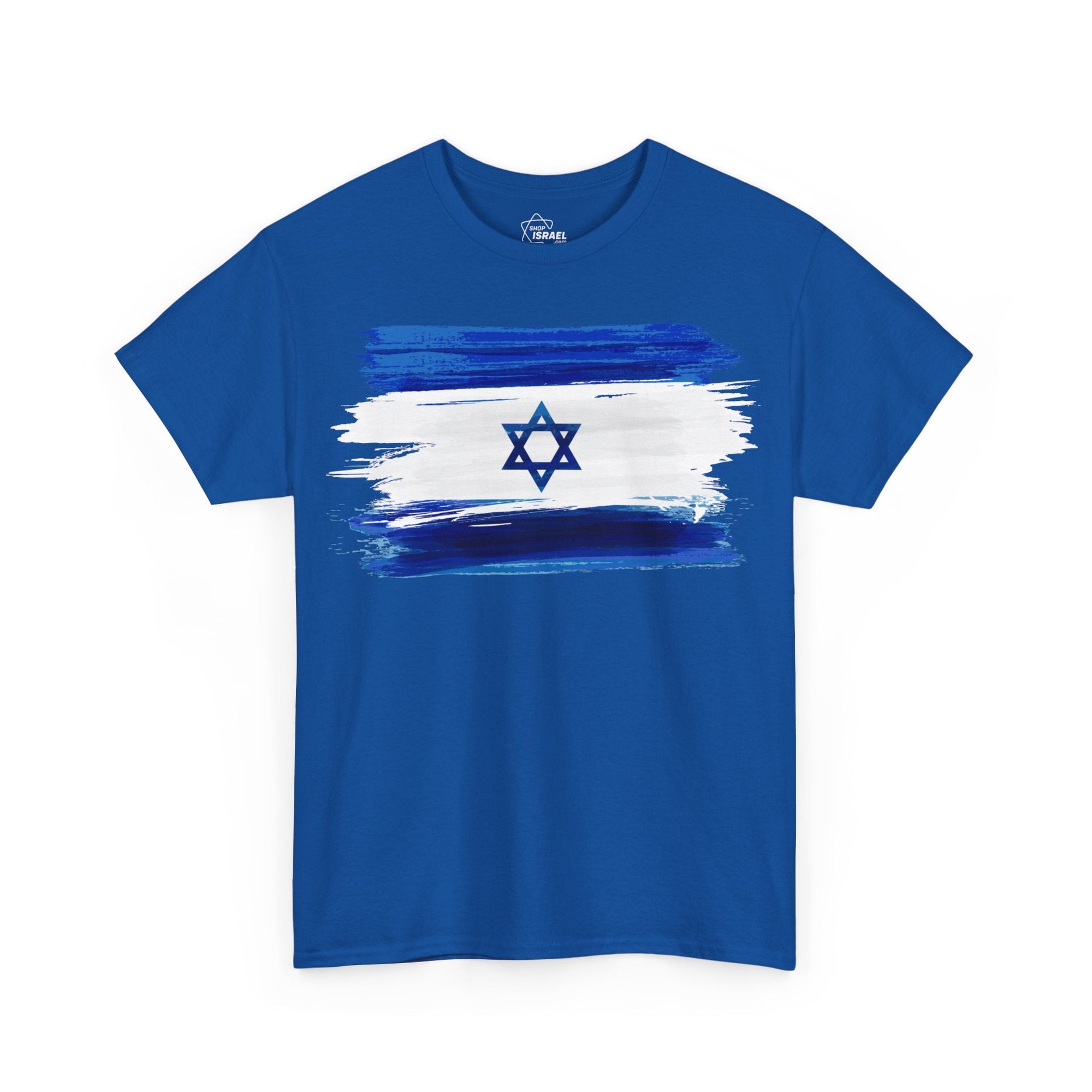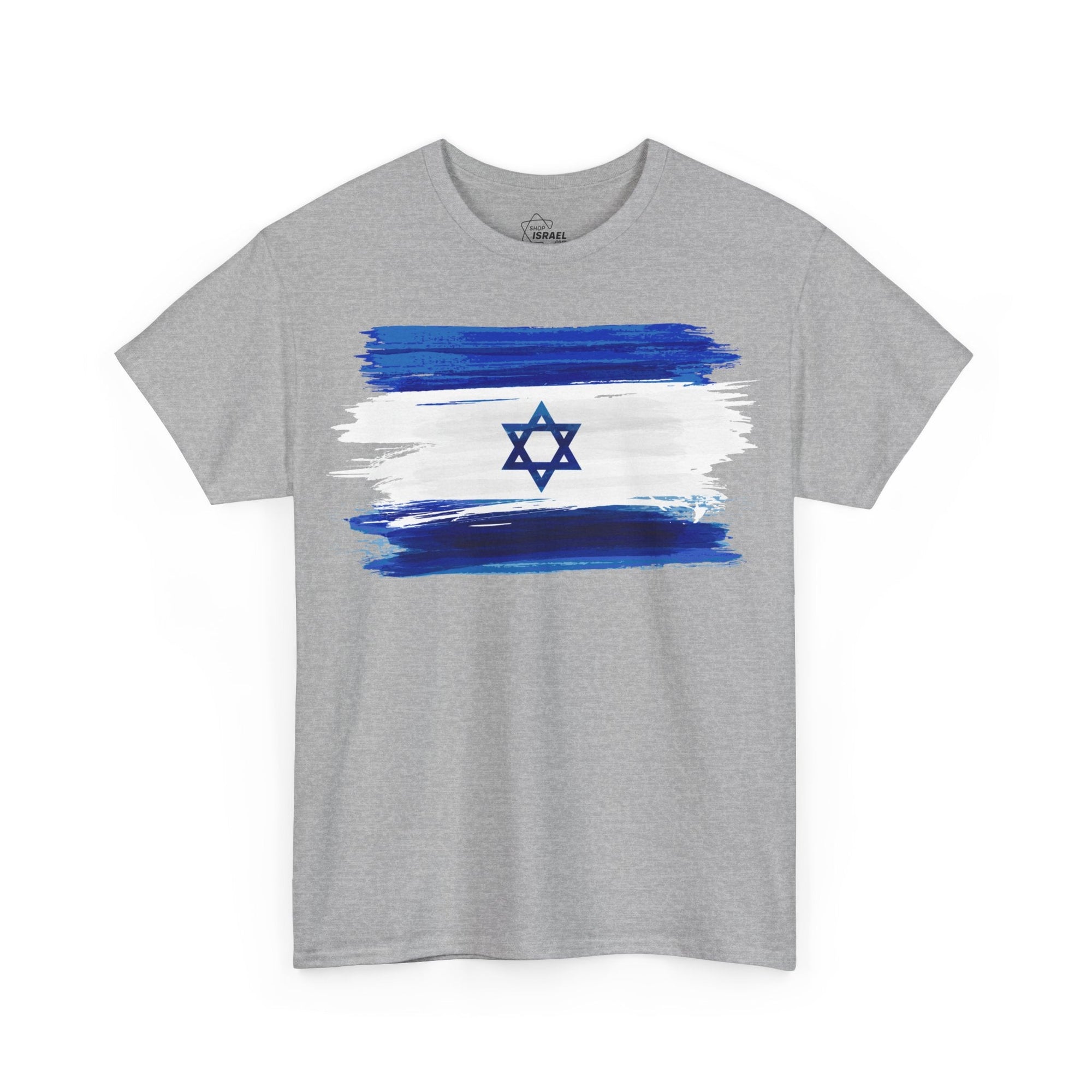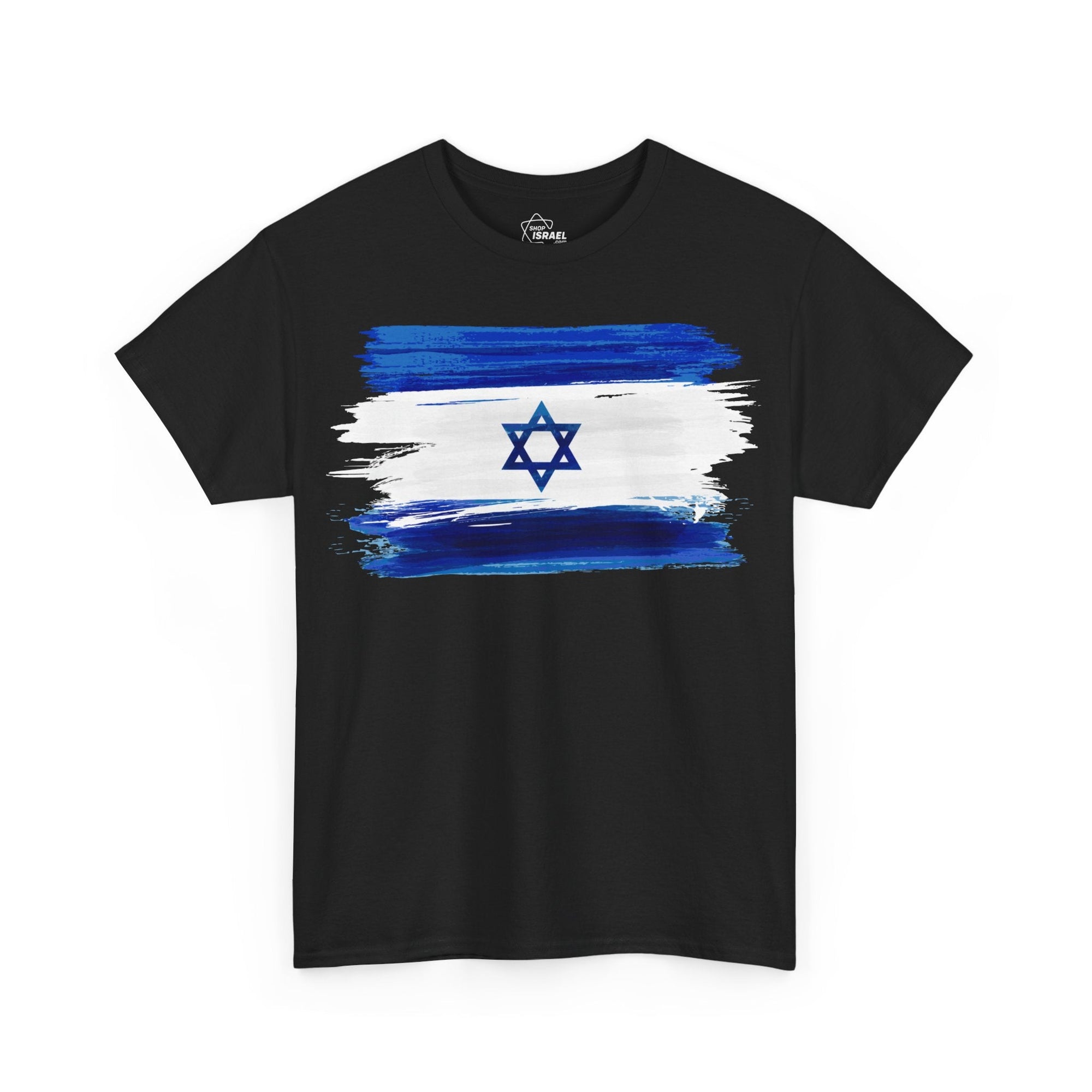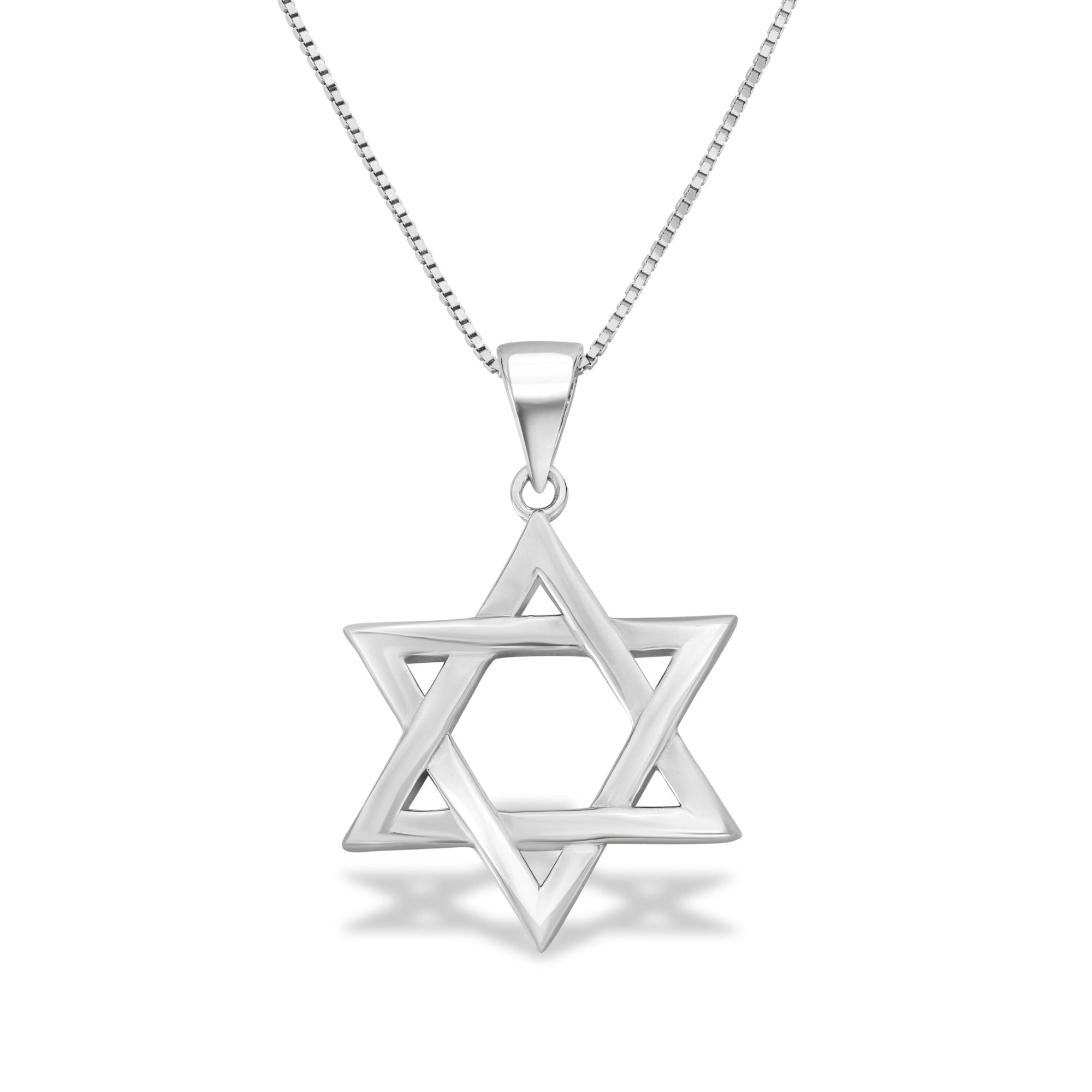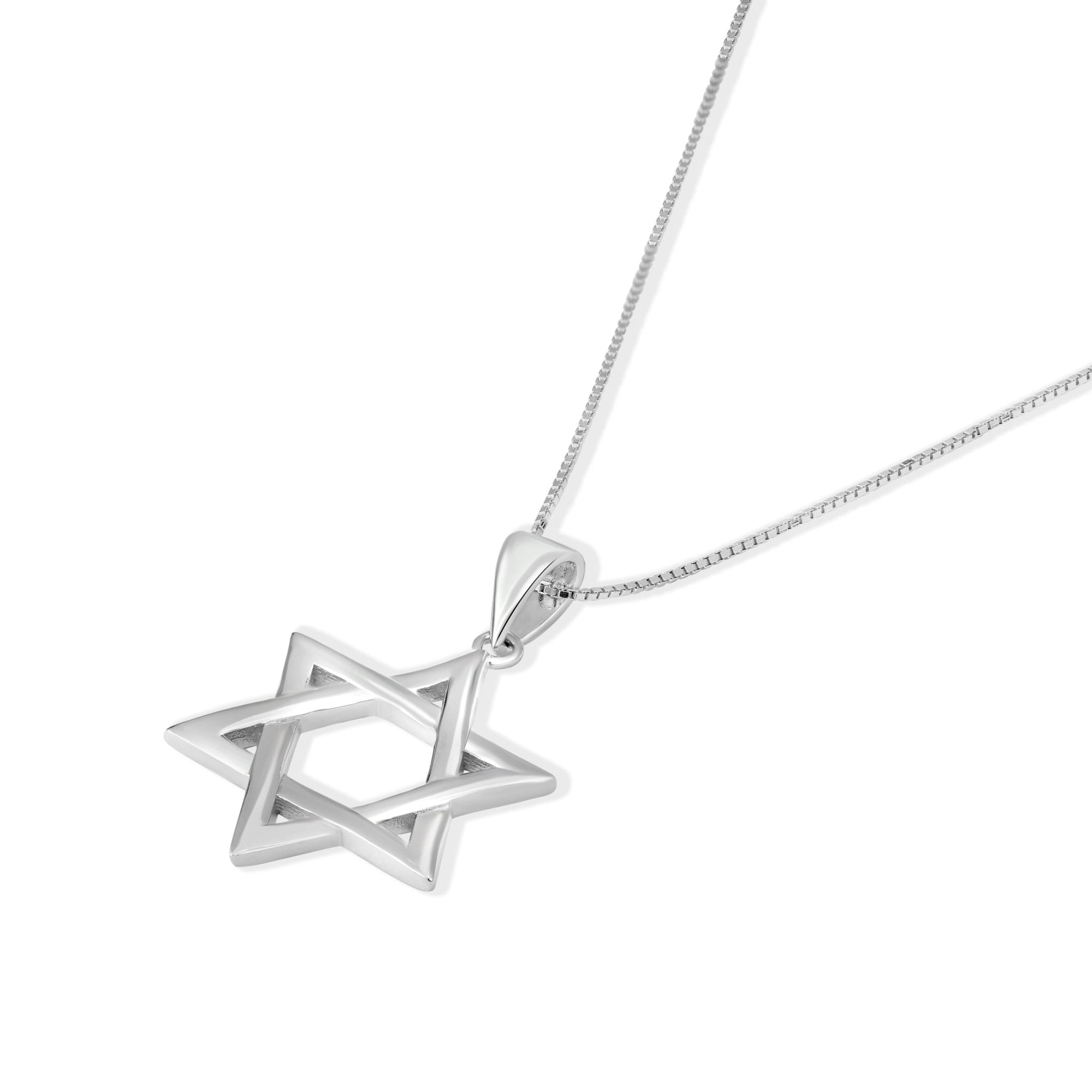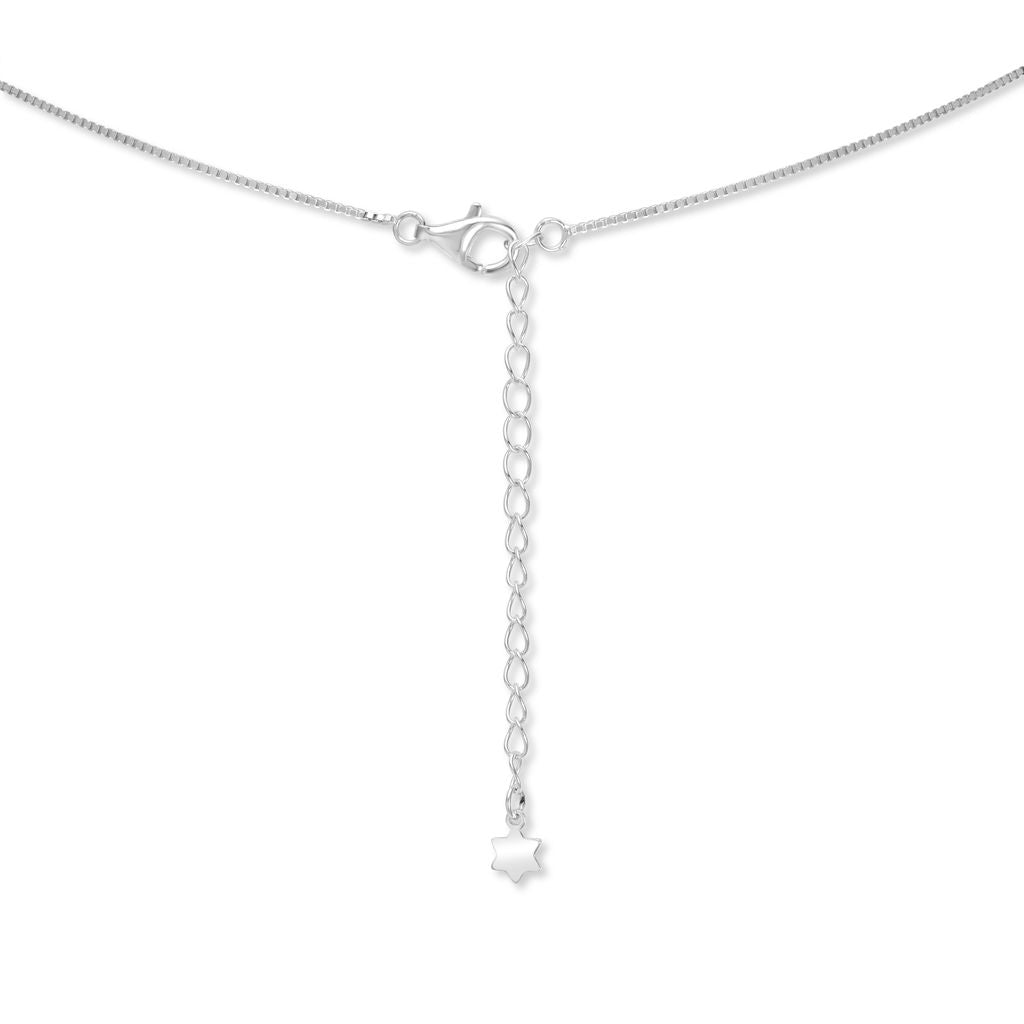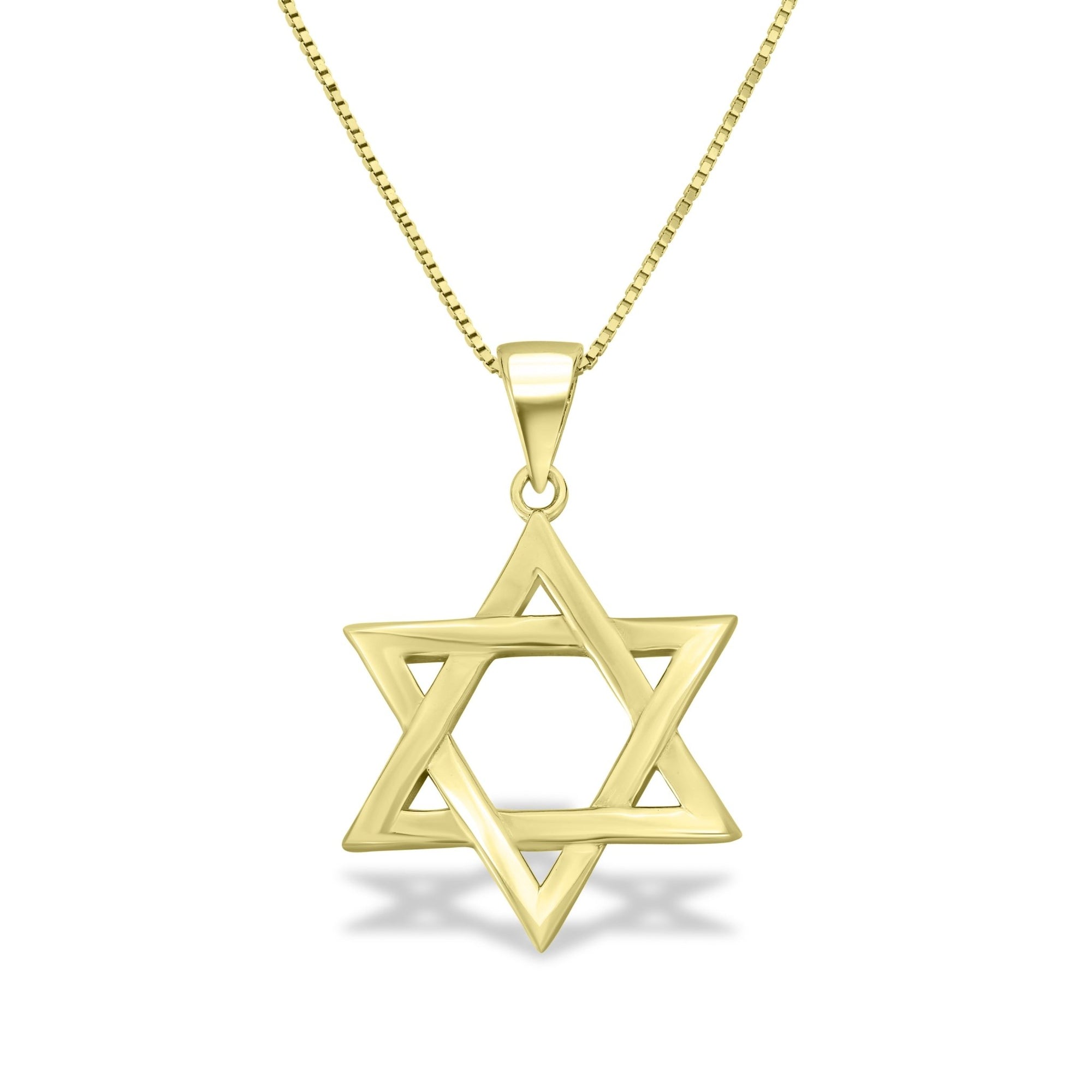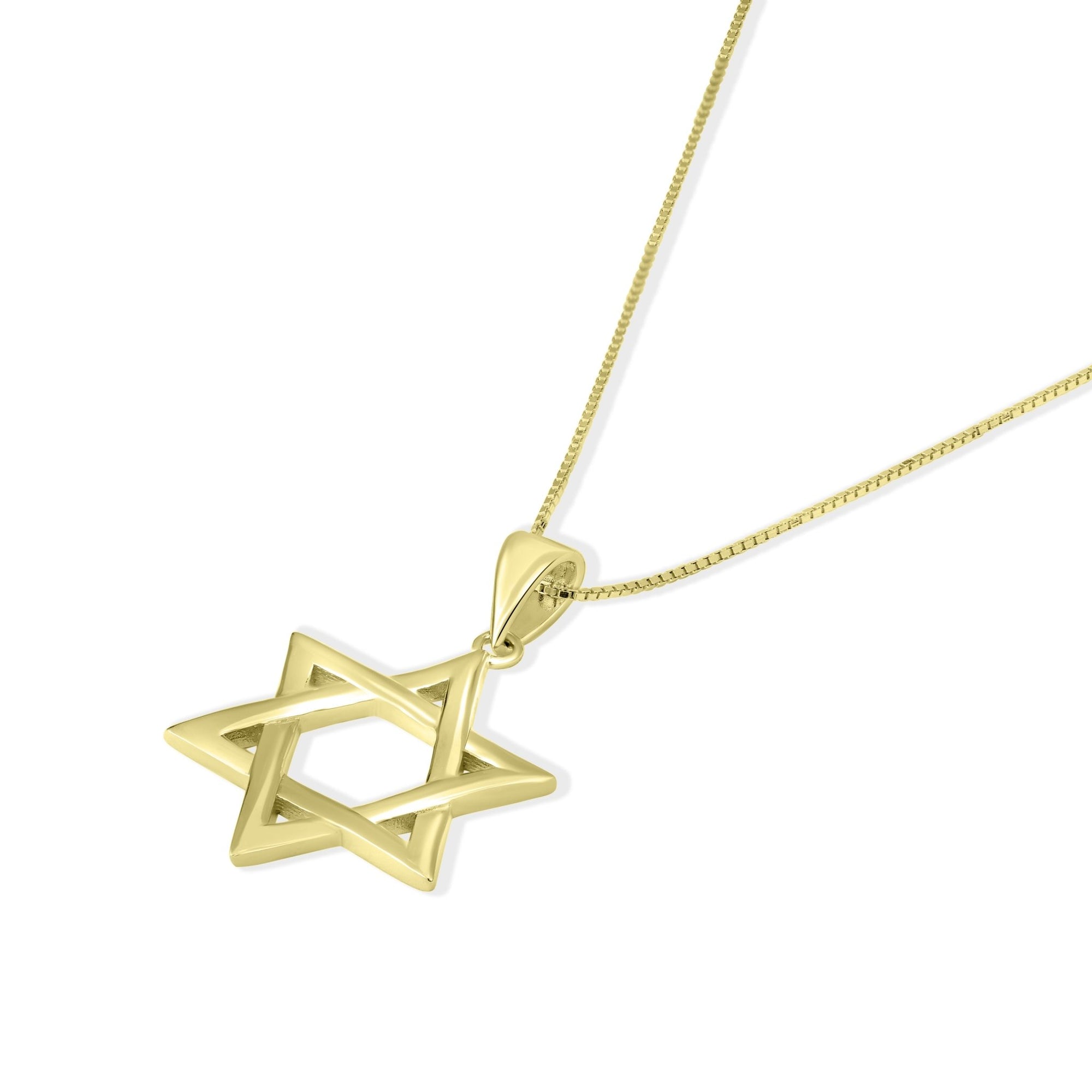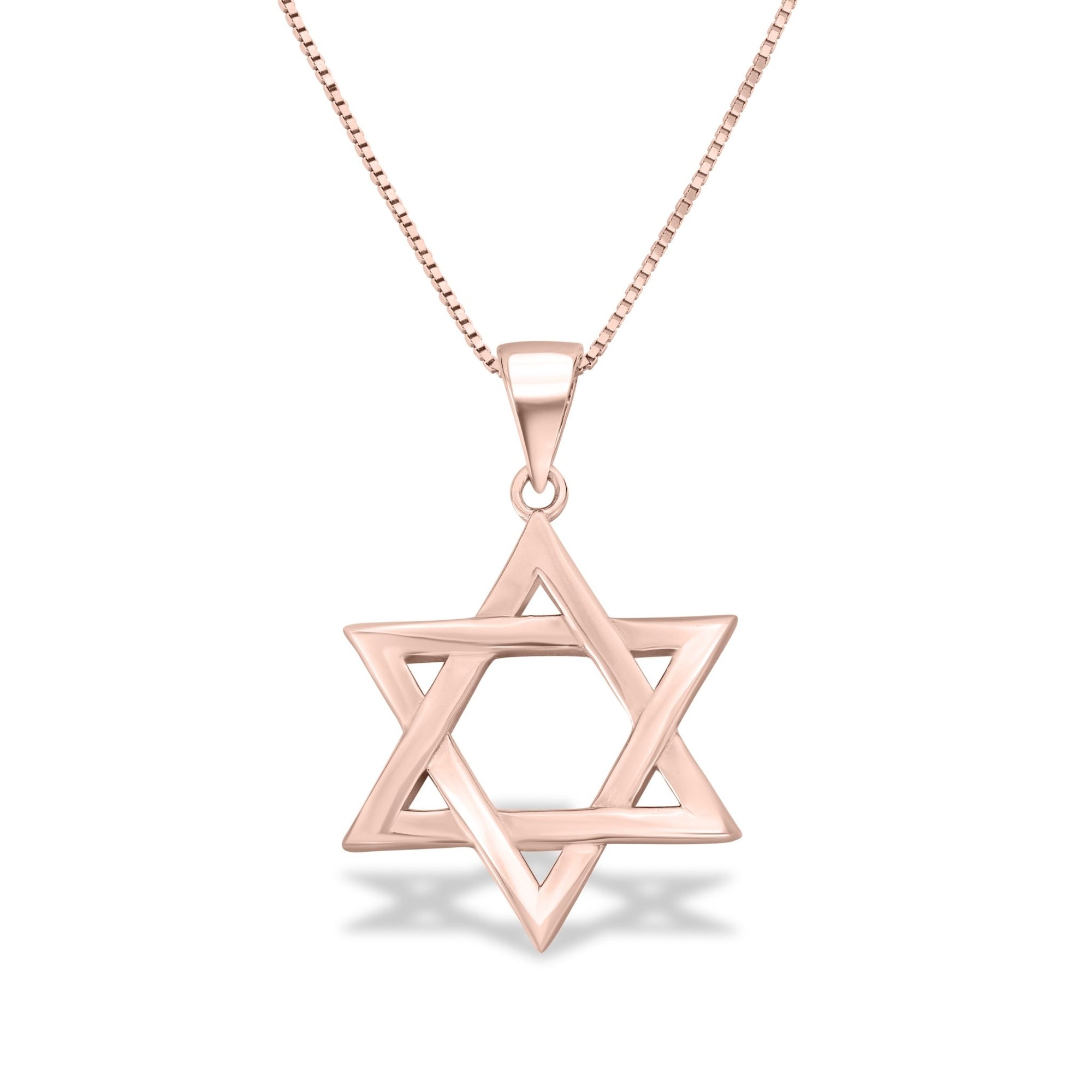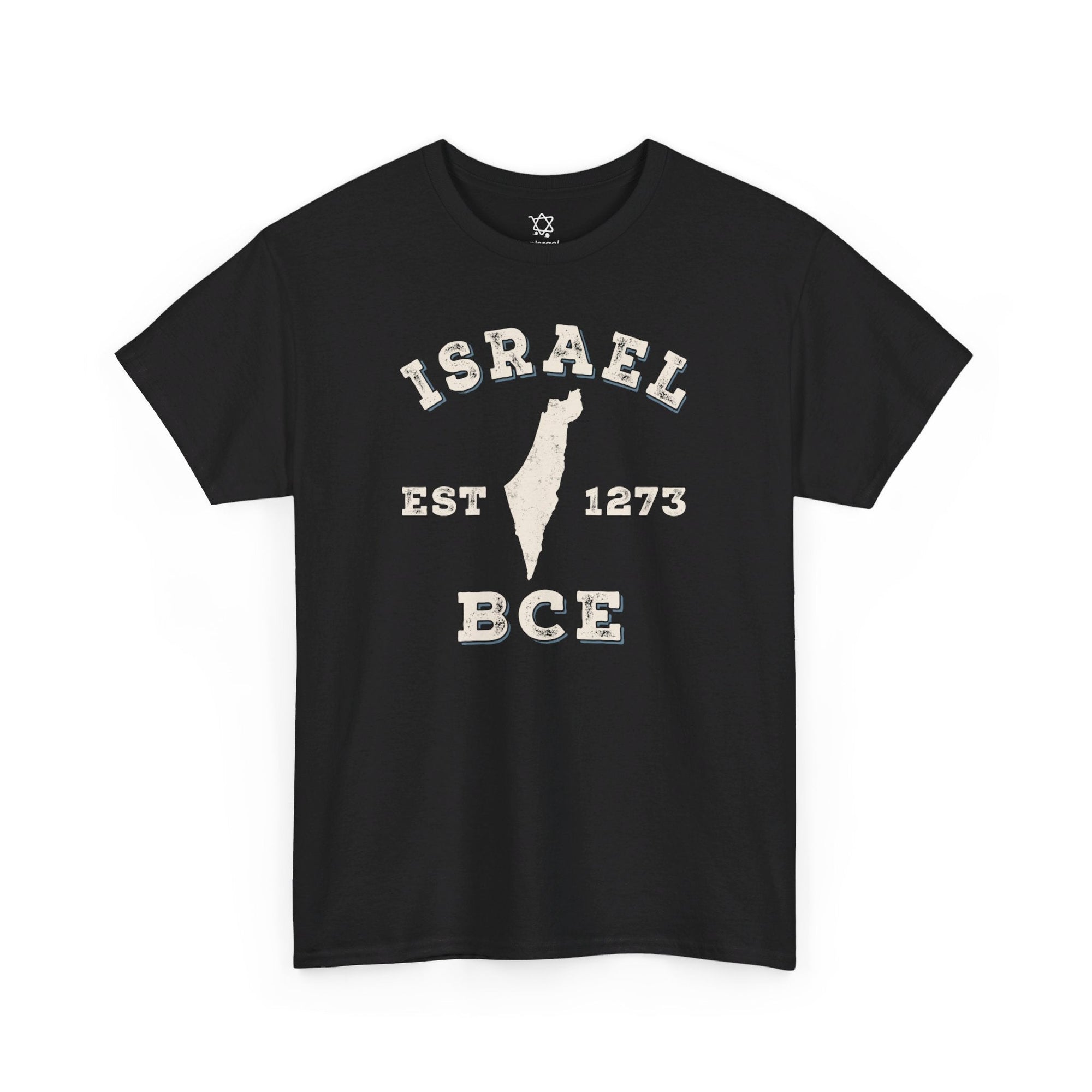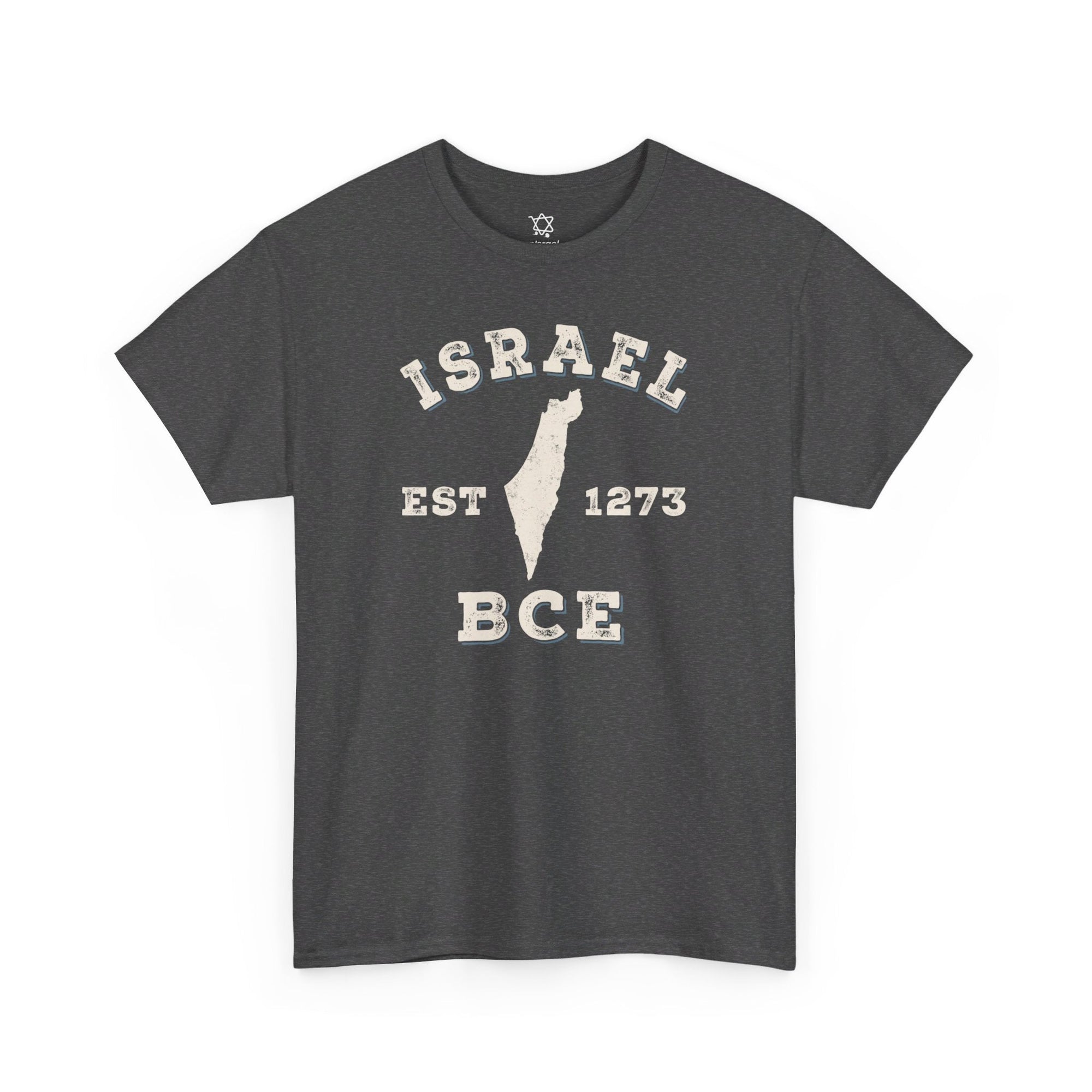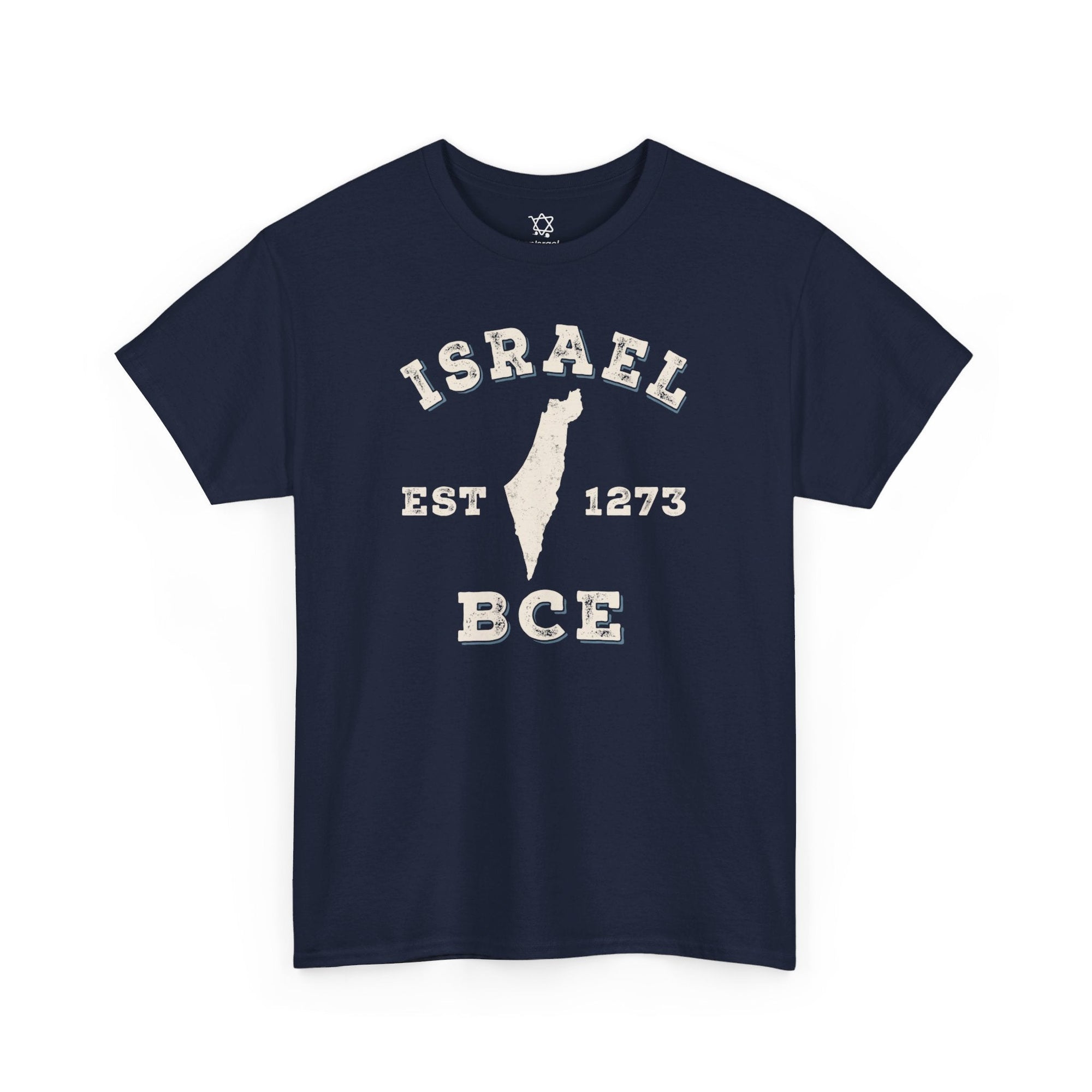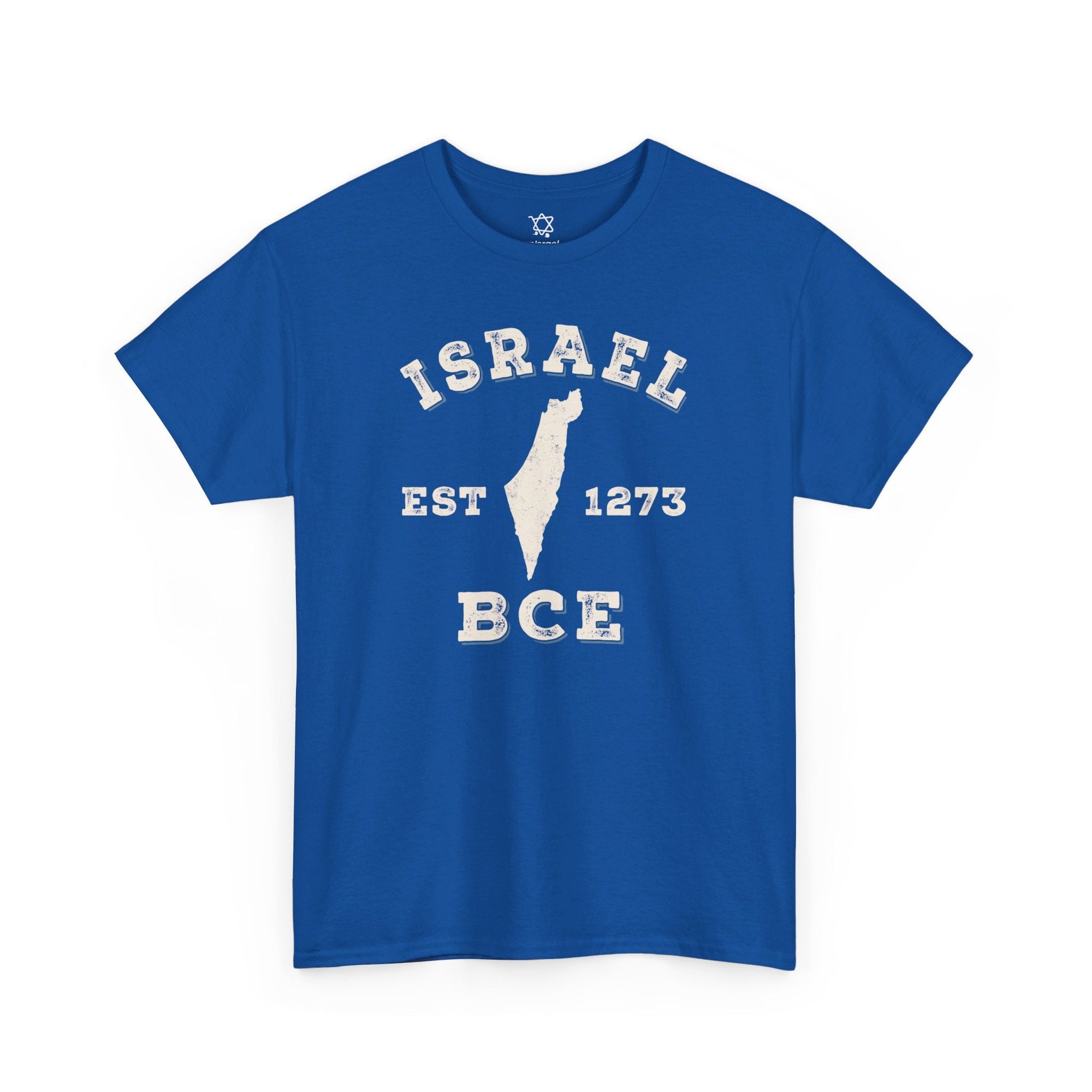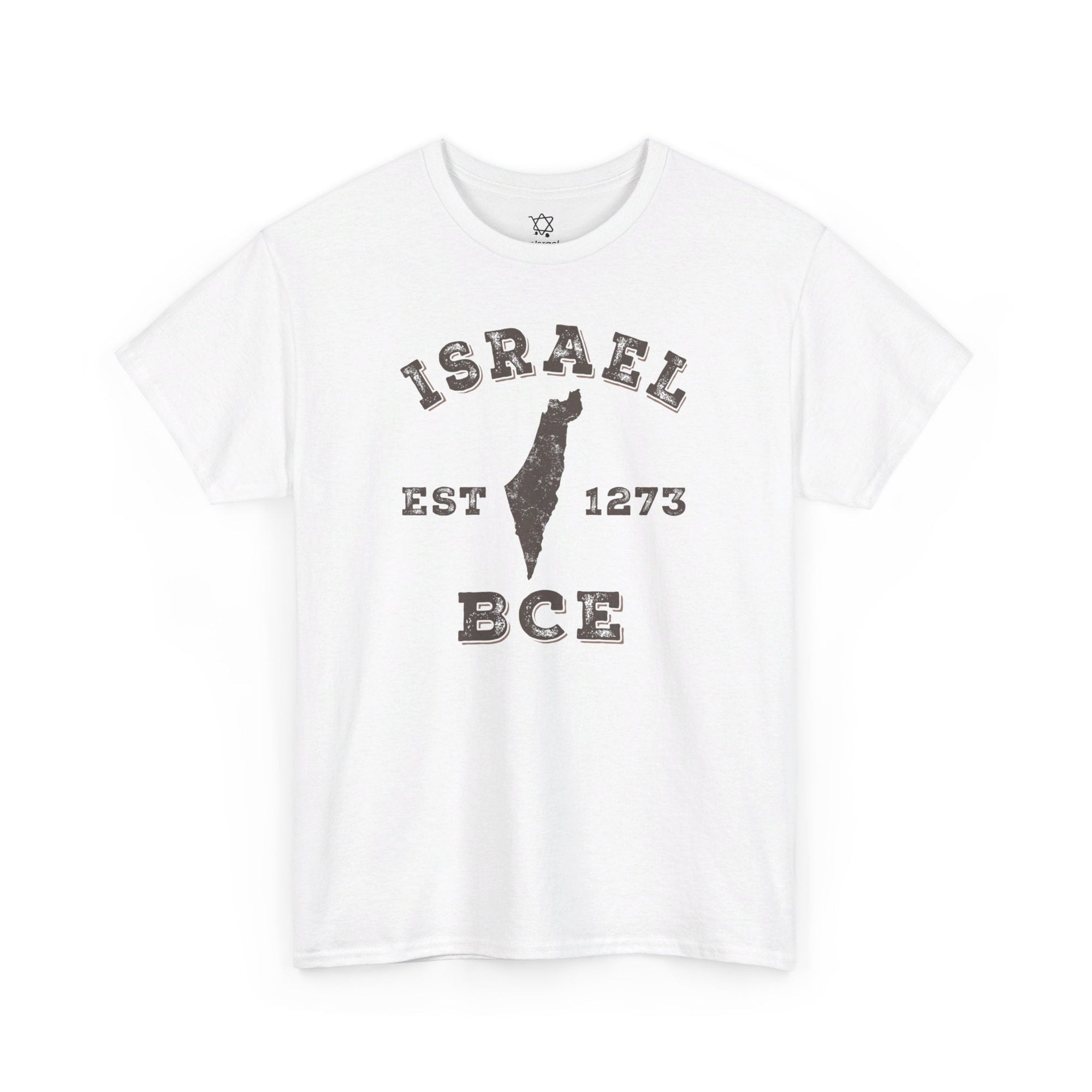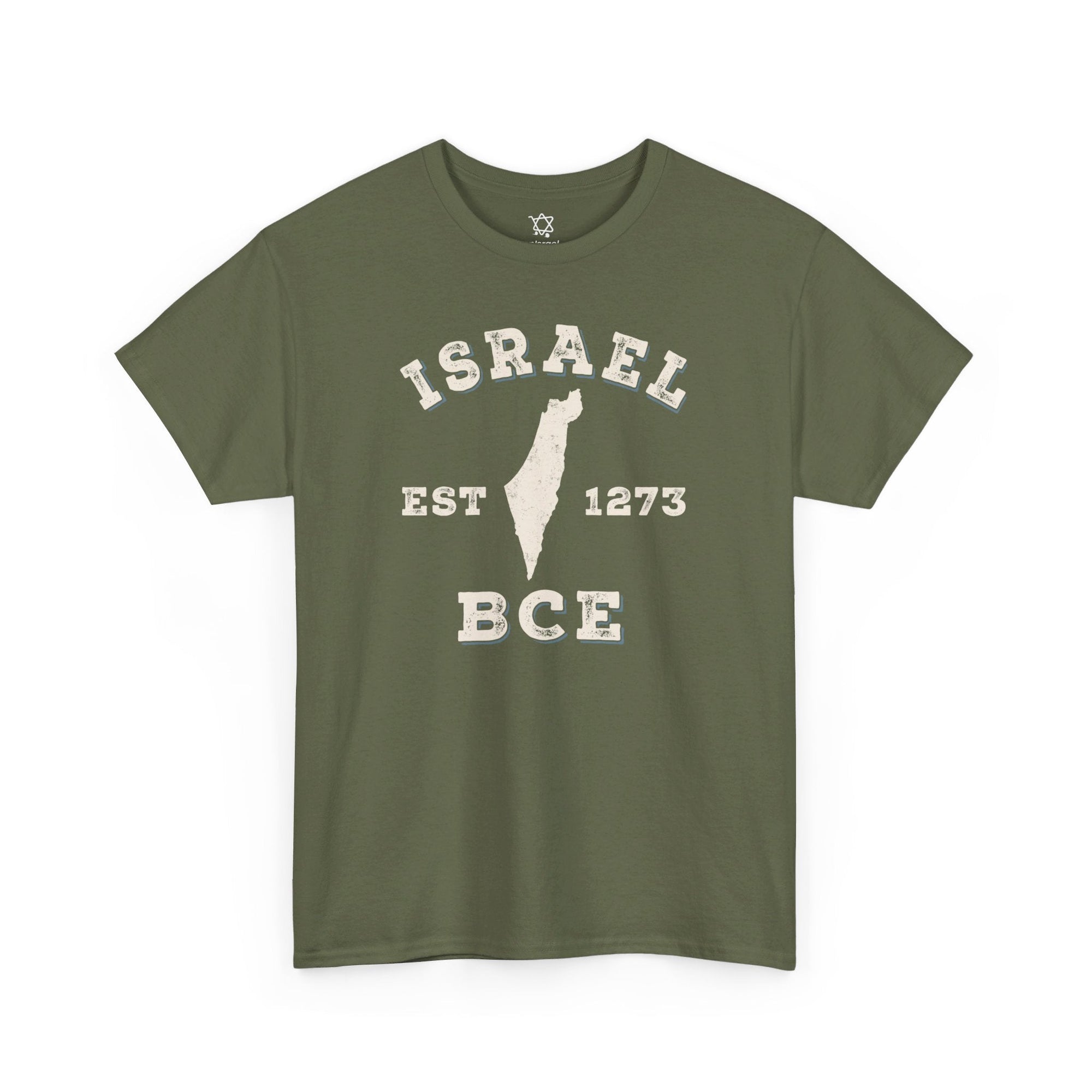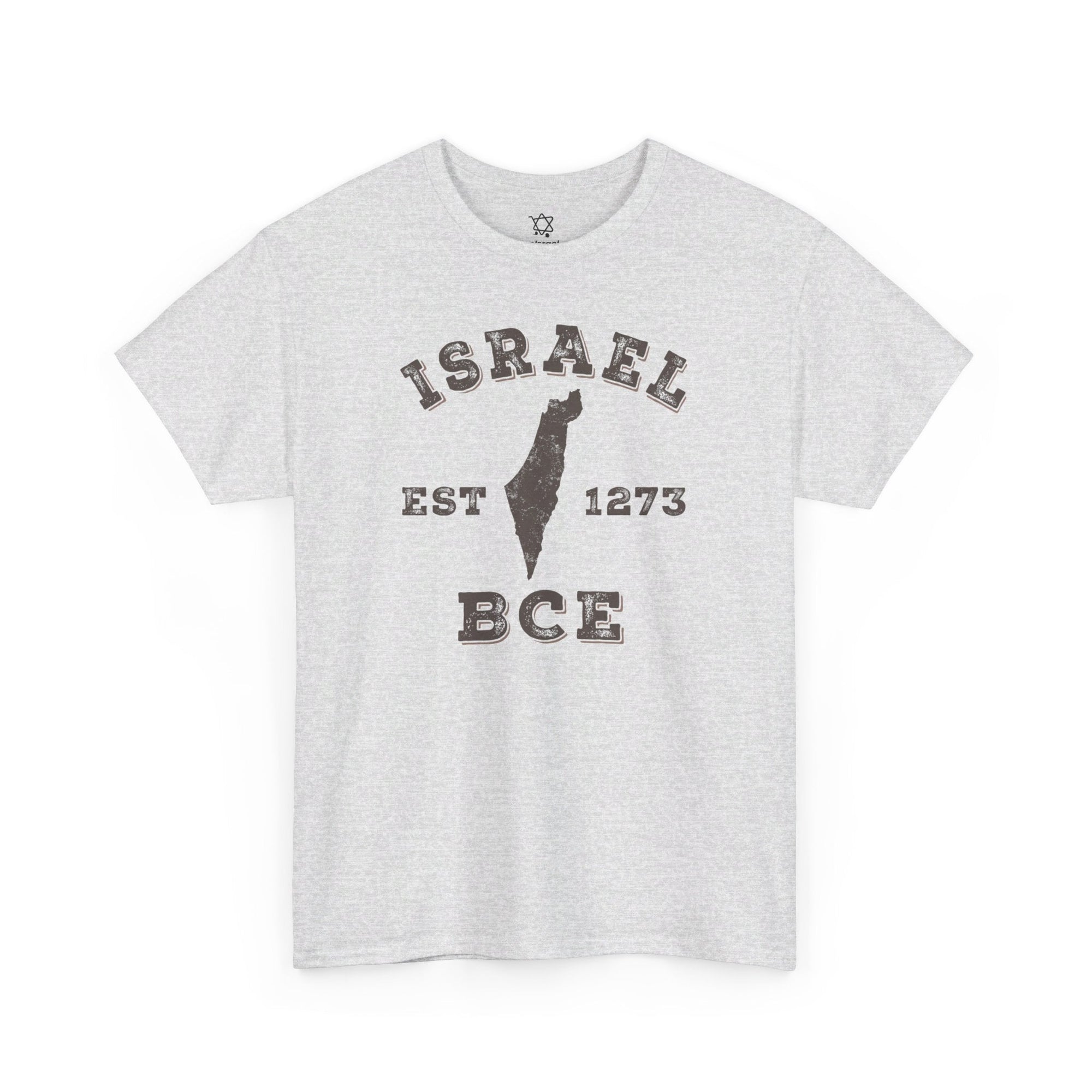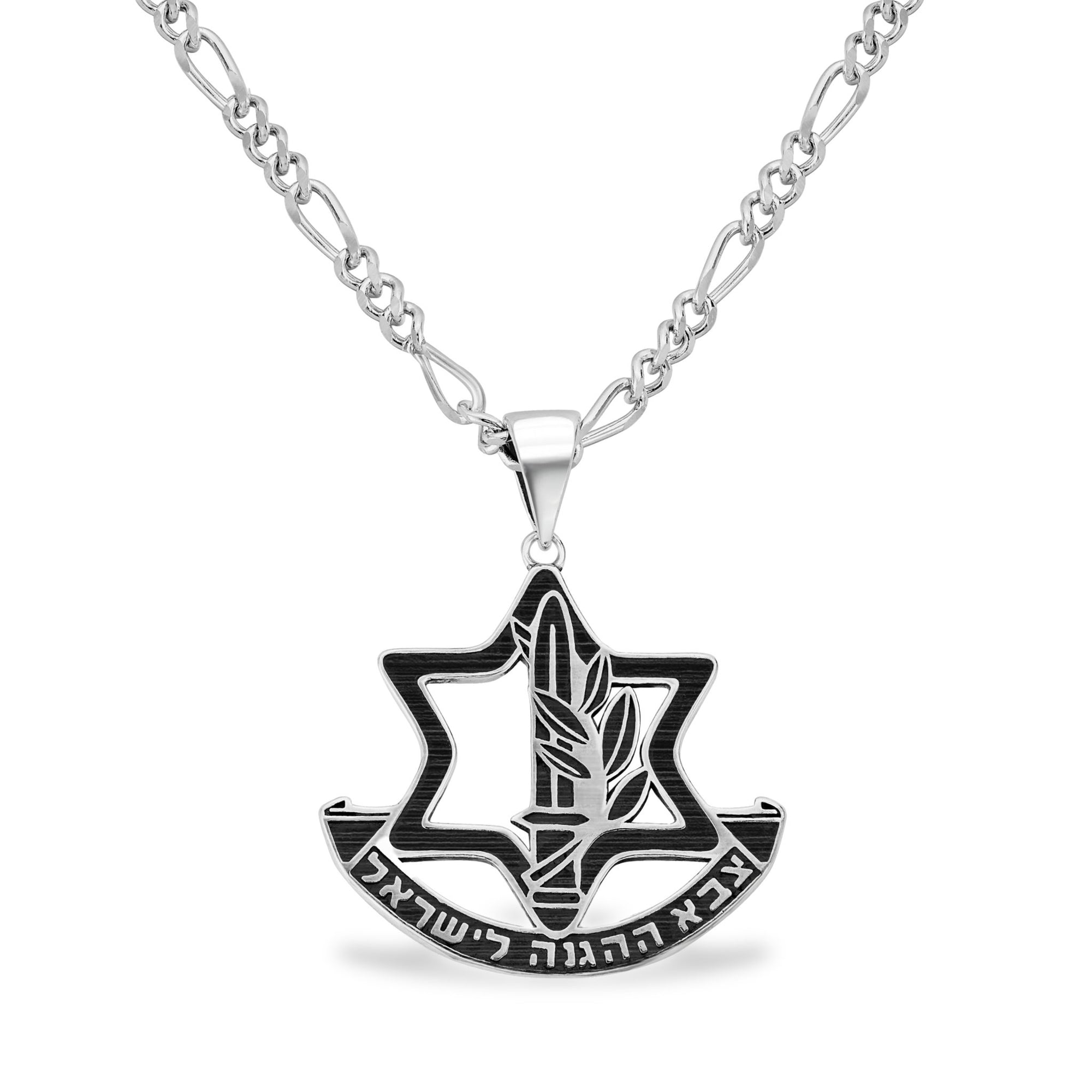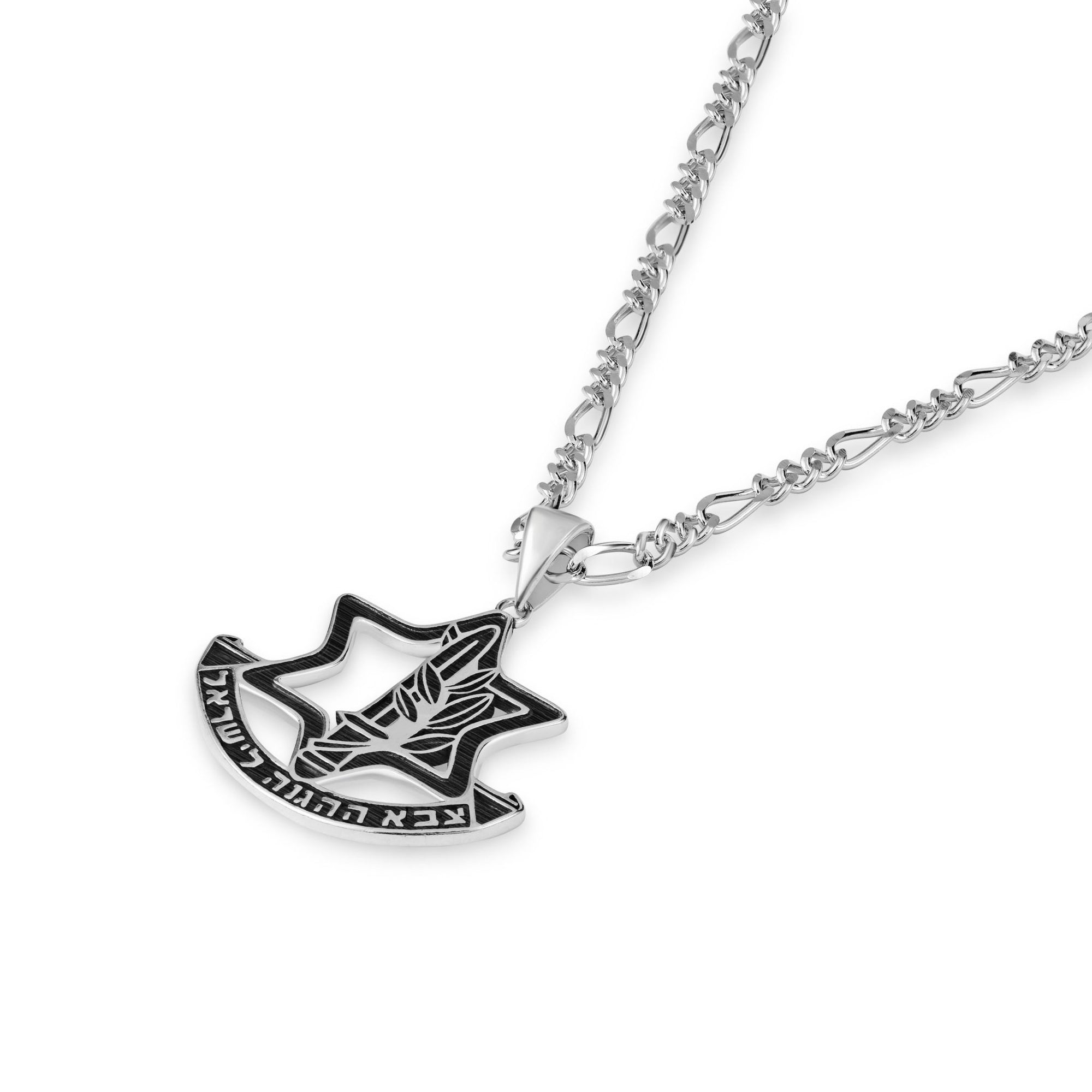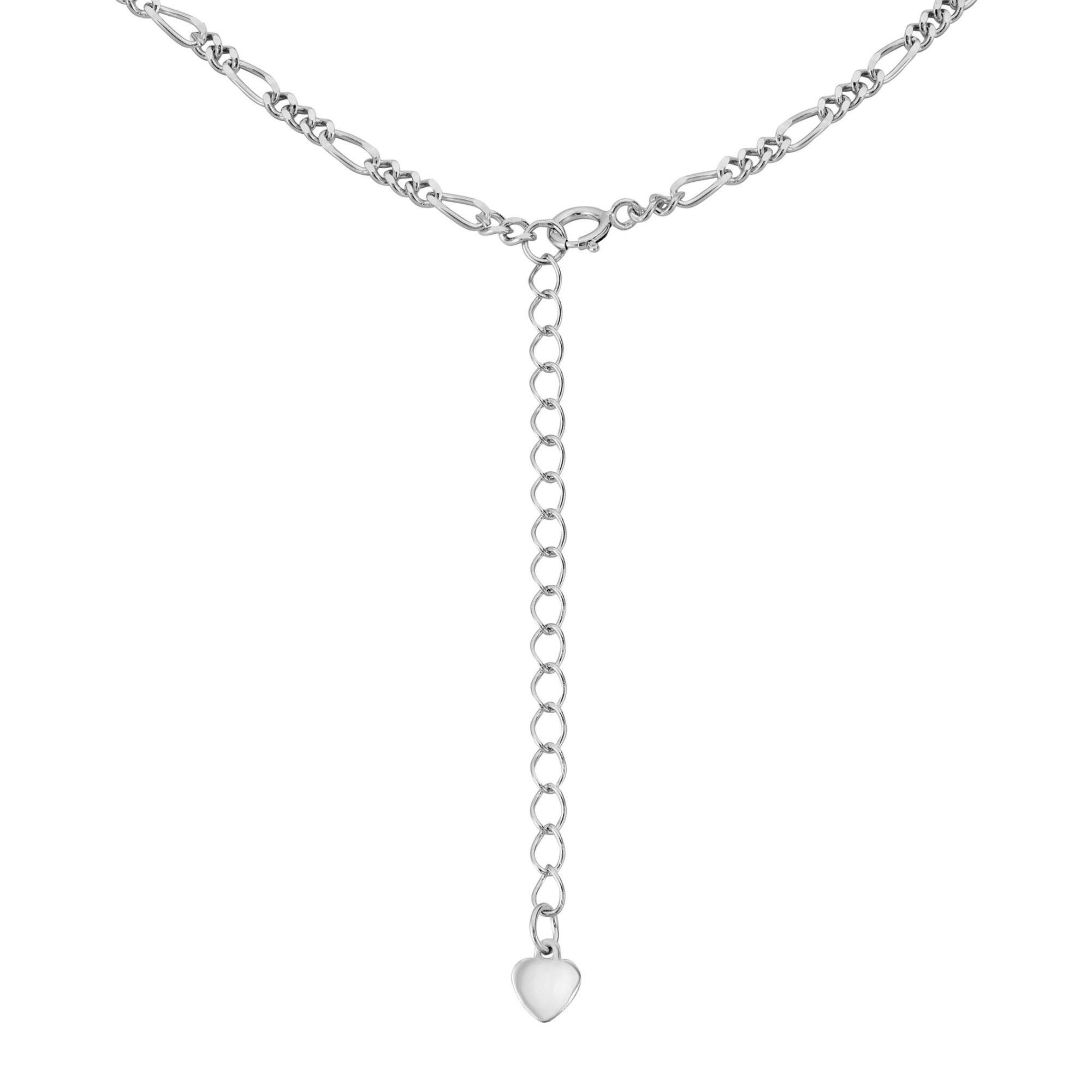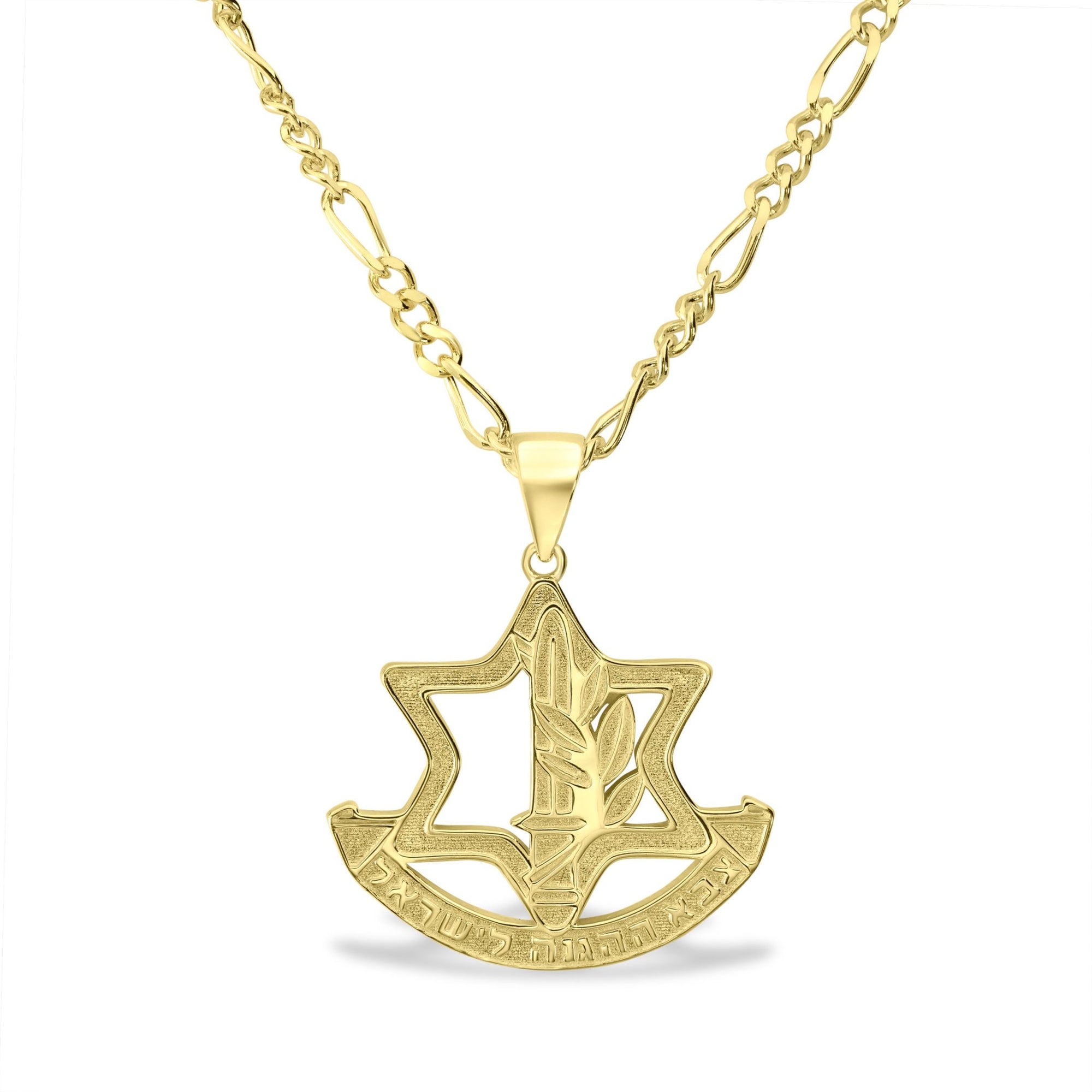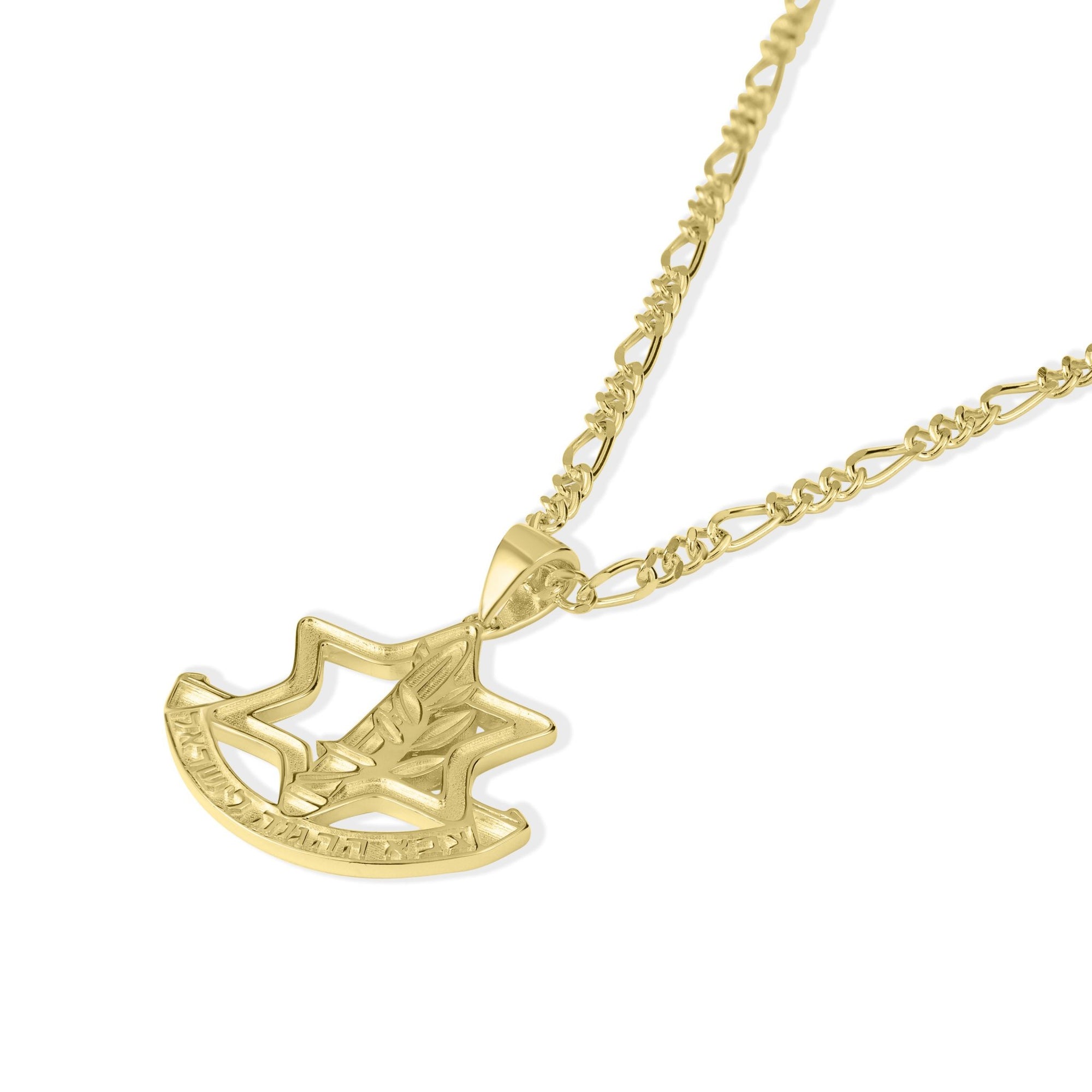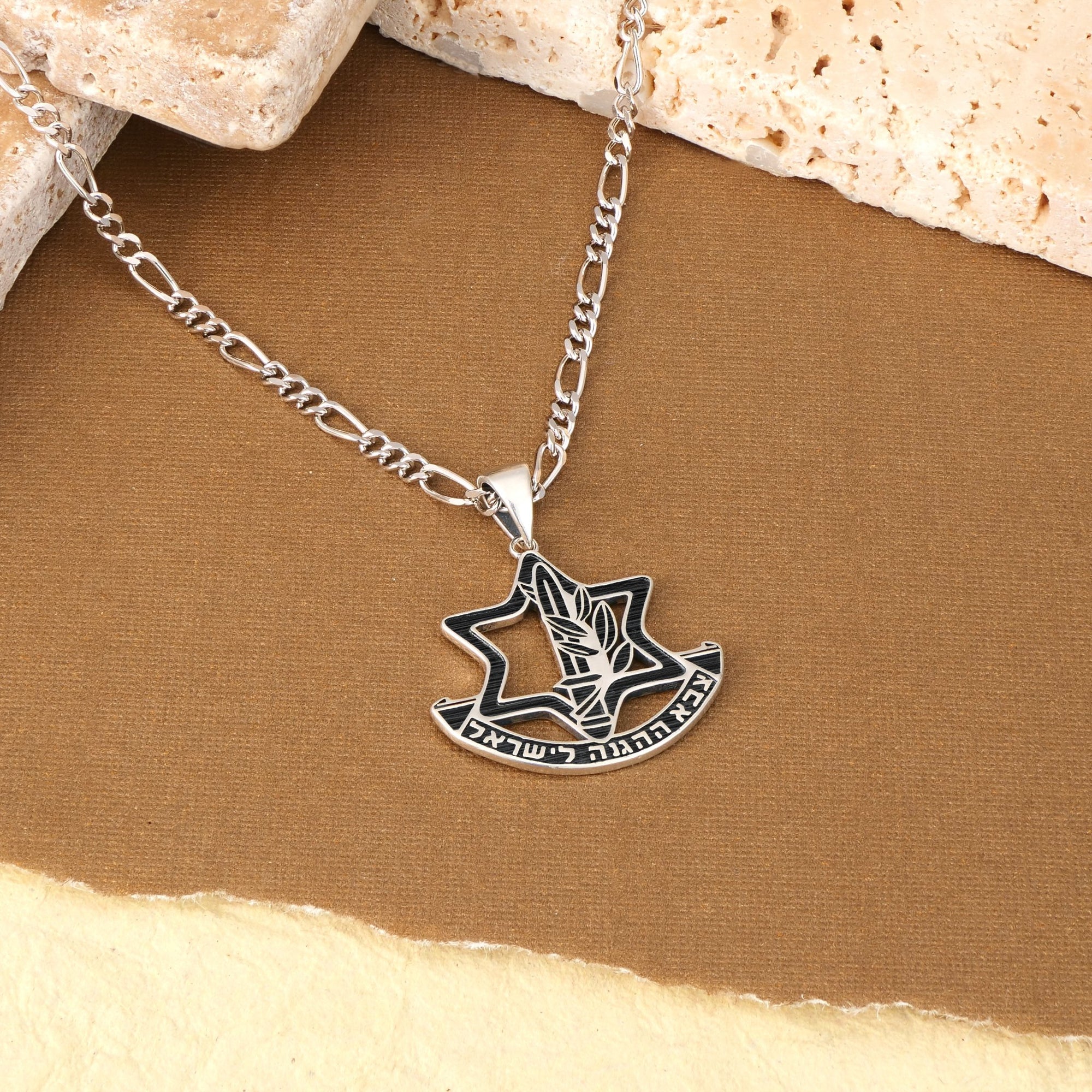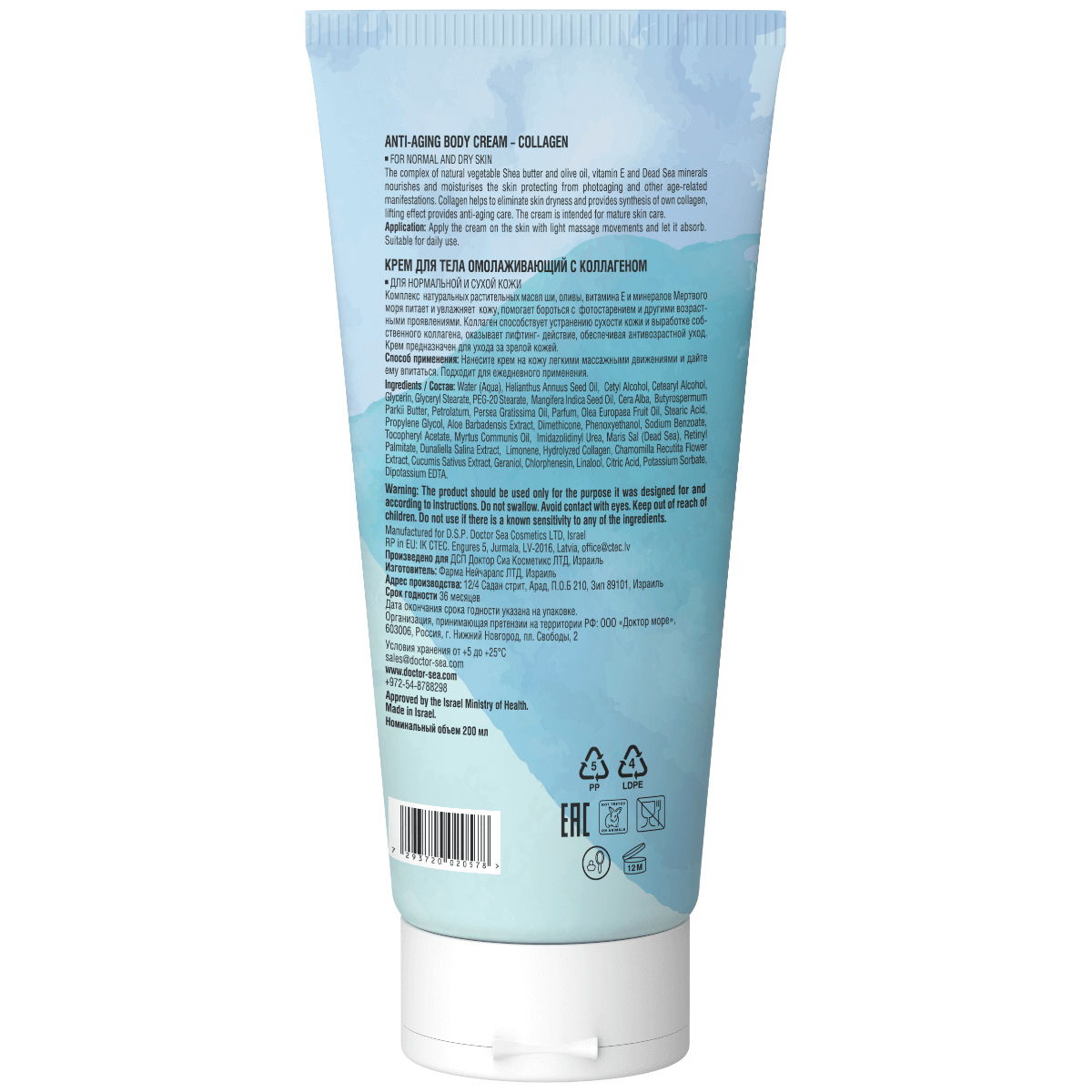The Fabric of Political Identity and Peace
Fashion transcends mere aesthetics, serving as a vivid language of cultural identity, political resistance, and social expression. In contexts marked by conflict and aspiration, such as the Israeli-Palestinian landscape, clothing carries layered meanings, symbolizing heritage, activism, and hopes for peace. This article explores how Zionist messages and symbolism shape fashion, intertwining with Palestinian sartorial expressions to foster cultural dialogue, political commentary, and communal unity.
Fashion as a Medium for Political Expression and Resistance

How has fashion served as a medium for political expression, activism, and resistance?
Fashion has historically been a potent tool for communicating political messages, allowing individuals and groups to express their identities, beliefs, and causes visually. During the 20th century, movements like the suffragettes used distinct clothing styles, such as sashes and banners, to symbolize women’s rights and draw public attention. Similarly, the Black Panthers adopted a bold style with leather jackets and berets to foster racial pride and solidarity.
Protests and social movements frequently incorporate fashion symbols to make powerful statements. For instance, the pink pussyhats worn during the Women's March of 2017 became a symbol of resistance against gender inequality. In Palestinian protests, the keffiyeh—a traditional scarf—has become a global symbol of resistance, solidarity, and cultural identity.
Fashion’s role extends beyond mere symbolism. It strategically challenges social norms and empowers marginalized communities. Algerian women, for example, used the hijab as an assertion of cultural pride and resistance during the fight for independence. Mahatma Gandhi promoted the wearing of khadi, homespun cloth, as a symbol of independence from colonial rule and economic self-reliance.
Contemporary designers also embed activism into their collections. Through fashion shows, collaborations, and public statements, they raise awareness about pressing issues such as climate change, inequality, and human rights. High-profile protests often make use of fashion statements—like the use of environmentally conscious materials or garments bearing political messages—to spark conversations and influence public attitudes.
Fashion acts as a universal language capable of mobilizing collective action and societal change. It turns clothing from mere coverage into a powerful canvas for activism, empowering individuals and movements to voice their stance visibly and creatively.
Zionist Messages Woven Into Clothing: Symbols, Identity, and Evolution
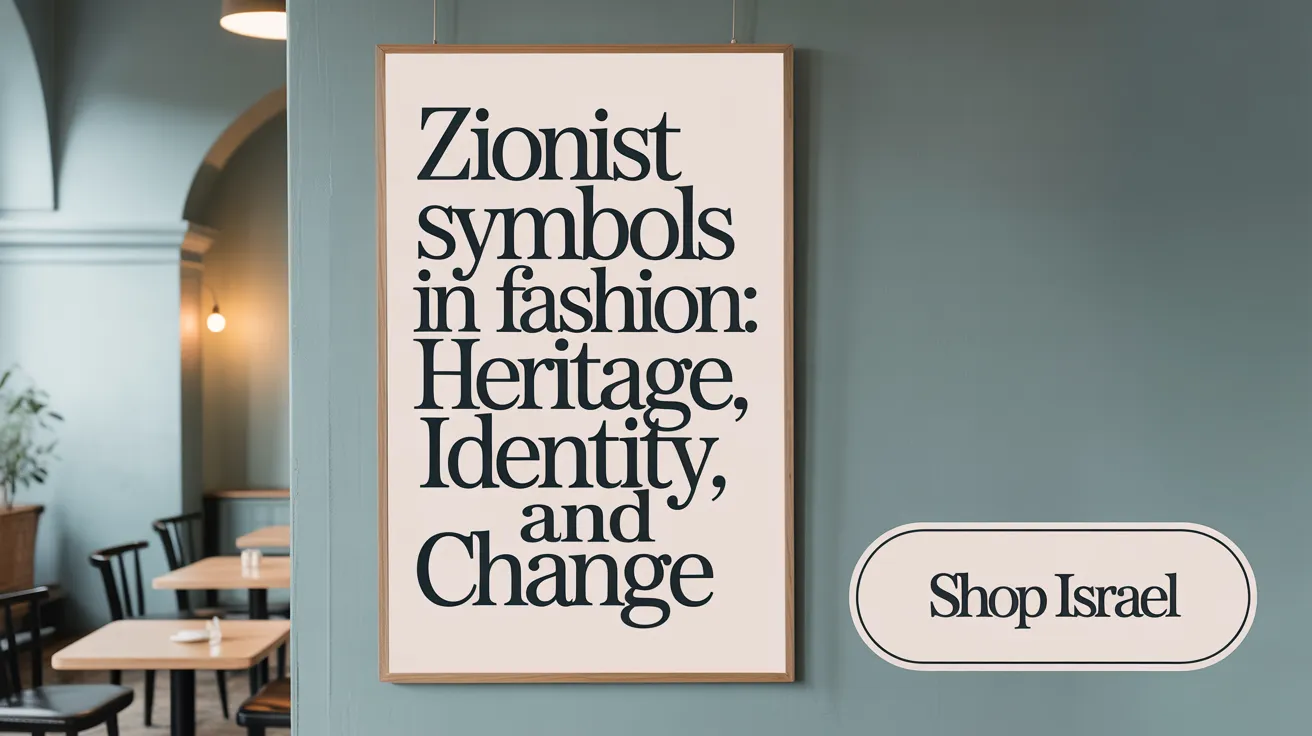
How do Zionist messages and symbolism influence fashion and clothing?
Zionist symbolism deeply influences fashion by embedding motifs, colors, and textiles that evoke Jewish heritage, collective resilience, and national pride. Common symbols include the Star of David, Hebrew letters, and traditional patterns drawn from biblical or historical sources. These elements are incorporated subtly into modern clothing — through embroidery, fabric choices, or design details — allowing wearers to express solidarity and cultural identity without overt religious iconography.
Fashion aimed at promoting Zionist ideals often emphasizes designs that reflect Jewish history and aspirations. For example, fringes (tzitzit), specific color palettes like blue and white, or motifs inspired by ancient textiles serve as visual markers of connection to land and tradition. Many contemporary brands draw inspiration from traditional Jewish garments, blending these with modern aesthetics to create pieces that foster a sense of belonging and cultural pride among Jewish communities worldwide.
Overall, Zionist messages in fashion operate through nuanced, symbolic design choices rooted in historical and religious significance, helping to reinforce collective memory and unity across diverse communities.
What is the historical context and evolution of clothing symbols associated with Zionist messages?
The symbolism of clothing associated with Zionism has evolved in tandem with the movement’s growth and political developments. In the early 20th century, Jewish communities in Palestine and abroad adopted clothing motifs that emphasized their connection to biblical Israel and Jewish history. Traditional symbols like pomegranates or biblical colors were used in textiles and fashion to promote cultural cohesion.
During the British Mandate period and the founding of Israel, fashion incorporated symbols such as fringes (tzitzit), the tallit (prayer shawl), and other religiously significant garments in everyday wear as expressions of national identity. These elements were not only religious but also political, serving as visual affirmations of Jewish continuity and sovereignty.
Over time, modern Israeli fashion designers began blending these traditional symbols with contemporary styles, creating a unique fashion language that honors the past while embracing modernity. Design elements like biblical motifs, modest silhouettes, and national colors became fashionable symbols of Zionist identity, visible both within Israel and among the Jewish diaspora.
Today, the symbols continue to signify resilience, faith, and cultural pride, serving as powerful markers of Jewish identity embedded in fashion.
What impact did Zionist messages have on fashion during the 20th century?
Zionist messages significantly shaped the fashion landscape in the 20th century, especially within Israel and among Jewish communities worldwide. Fashion became a platform to express national pride, cultural heritage, and ideological viewpoints.
In Israel, the adoption of nationalist colors like blue and khaki reflected Zionist ideals of collective effort, labor, and independence. Designers like Maskit incorporated traditional Middle Eastern textiles and motifs, blending East and West to create a distinctly Israeli style.
Fashion also served as an expression of political sentiments and social values, with garments symbolizing resistance, unity, and cultural revival. Exhibitions such as 'Fashion Statements – Decoding Israeli Dress' highlighted how attire conveyed ideological messages.
The growth of a vibrant Israeli fashion industry, with internationally recognized designers, signaled how Zionism influenced aesthetics and branding through clothing. Overall, 20th-century Zionist messages transformed clothing into visual statements of national narrative, ideological resilience, and cultural identity.
The Keffiyeh: A Contested Symbol in Zionist and Palestinian Narratives
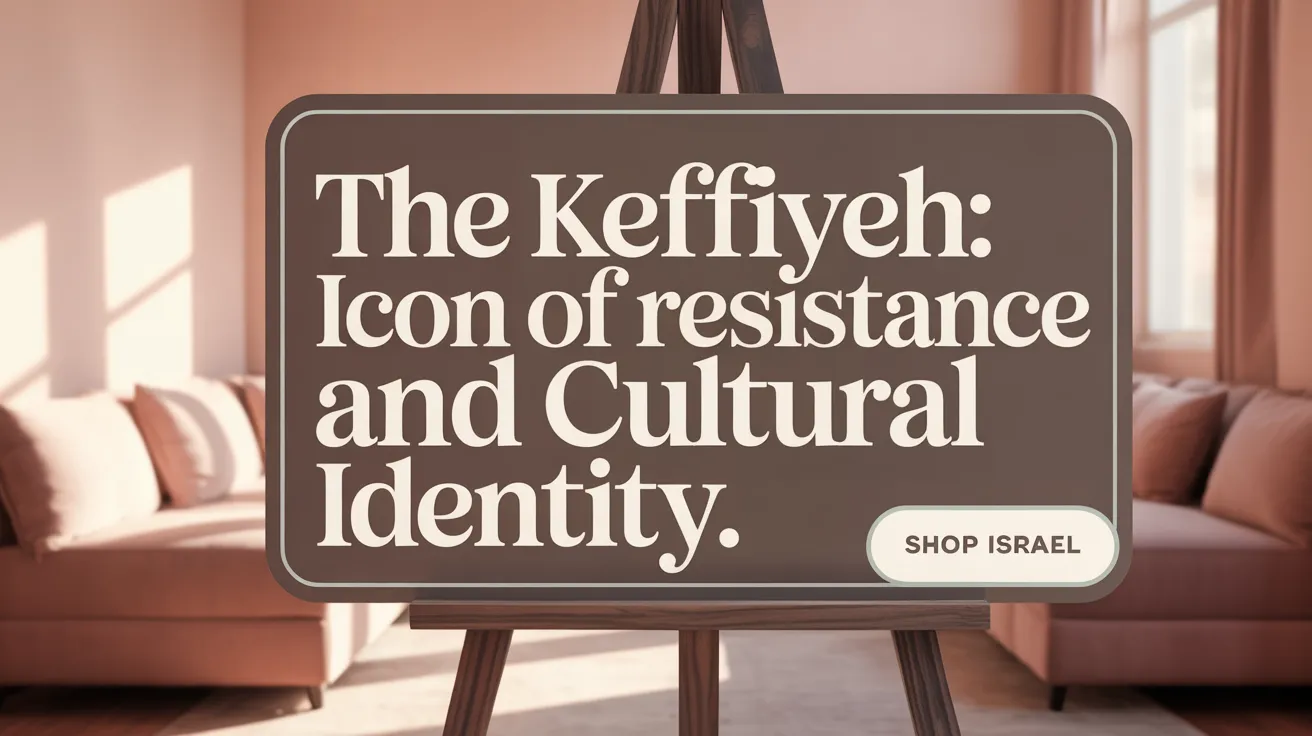
Origins and cultural significance of the keffiyeh
The keffiyeh, also known as the shemagh or mashadah, is a traditional square cloth usually made from cotton. It originates from the Arab world and has historically been worn by Bedouins, farmers, and rural populations across Palestine, Jordan, and neighboring regions. Its distinctive black and white checked pattern became a symbol of Palestinian identity and resilience over the decades.
Initially, the keffiyeh served functional roles such as protection from the sun and sand. However, its cultural importance grew significantly during the Arab Revolt of 1936-1939, when Palestinian fighters adopted the garment as part of their resistance attire. The keffiyeh came to symbolize solidarity, resistance, and a collective national identity, especially under the leadership of figures like Yasser Arafat, who popularized it on the global stage.
Role in Palestinian resistance and nationalism
Throughout the 20th century, the keffiyeh became a potent emblem of Palestinian resistance against occupation and oppression. Its use in protests, banners, and political demonstrations conveyed messages of unity and defiance. During the Nakba in 1948, and subsequent conflicts, Palestinians continued to wear the keffiyeh as a symbol of their enduring connection to the land and their struggle for independence. The garment’s imagery, especially associated with Yasser Arafat and other leaders, reinforced its position as a symbol of Palestinian nationalism. In modern times, the keffiyeh remains a powerful icon in activism, with widespread display during protests, and even as a fashion statement that connects wearers to a broader cause of solidarity.
Adoption and symbolic use by Zionist groups
Interestingly, the keffiyeh also played a role in Zionist and Israeli military history. In the early 20th century, some Zionist leaders, including Chaim Weizmann, wore the keffiyeh while engaging with local populations or portraying a connection to the land of Israel. Jewish immigrants and organizations adopted the keffiyeh as a way to foster a sense of belonging and to visually connect themselves to the land and indigenous culture. Military groups such as Hashomer and the Palmach wore it to emulate local customs and project a luchesive image of the "New Jew." Over time, the keffiyeh was used as a symbol to align with the land’s history and to resonate with indigenous imagery, gradually gaining a political dimension within Zionist narratives.
Modern fashion appropriation and political implications
In recent years, the keffiyeh has transcended its political roots and entered popular fashion. It is worn worldwide by celebrities, influencers, and fashion brands, often as an accessory that evokes Middle Eastern aesthetics or a rebellious attitude. Celebrities like Bella Hadid have sported keffiyeh-inspired clothing at prominent events such as Cannes, which has sparked debates about cultural appropriation versus cultural appreciation. While some wear the keffiyeh to support Palestinian rights, others treat it as a fashion trend detached from its political legacy. This appropriation can diminish its significance and mask its role as a symbol of resistance. Furthermore, in contexts like Israel and among Jewish communities, the keffiyeh’s image remains complex. Some Israeli tourists and individuals have adopted it as a regional or cultural garment, seeking to neutralize its political message. The evolving use of the keffiyeh in fashion highlights how symbols are contested and reshaped in global contexts. It underscores the tension between cultural expression, political solidarity, and commercial appeal.
| Aspect | Description | Cultural & Political Significance |
|---|---|---|
| Origins | Traditional Arab garment, used by Bedouins and farmers | Represents land, identity, resistance |
| Palestinian Resistance | Adopted during Arab Revolt, became symbol of struggle | Embodies resistance, solidarity |
| Zionist Adoption | Worn by early Zionist leaders, military groups | Signifies connection to land, indigenous roots |
| Modern Fashion | Trend in global fashion, worn by celebrities | Debates about cultural appropriation |
| Political Messages | Used in protests, banners, awareness campaigns | Reinforces identity, resistance, or commercial appeal |
Fashion's Role in Promoting Peace, Unity, and Cultural Identity in Zionism
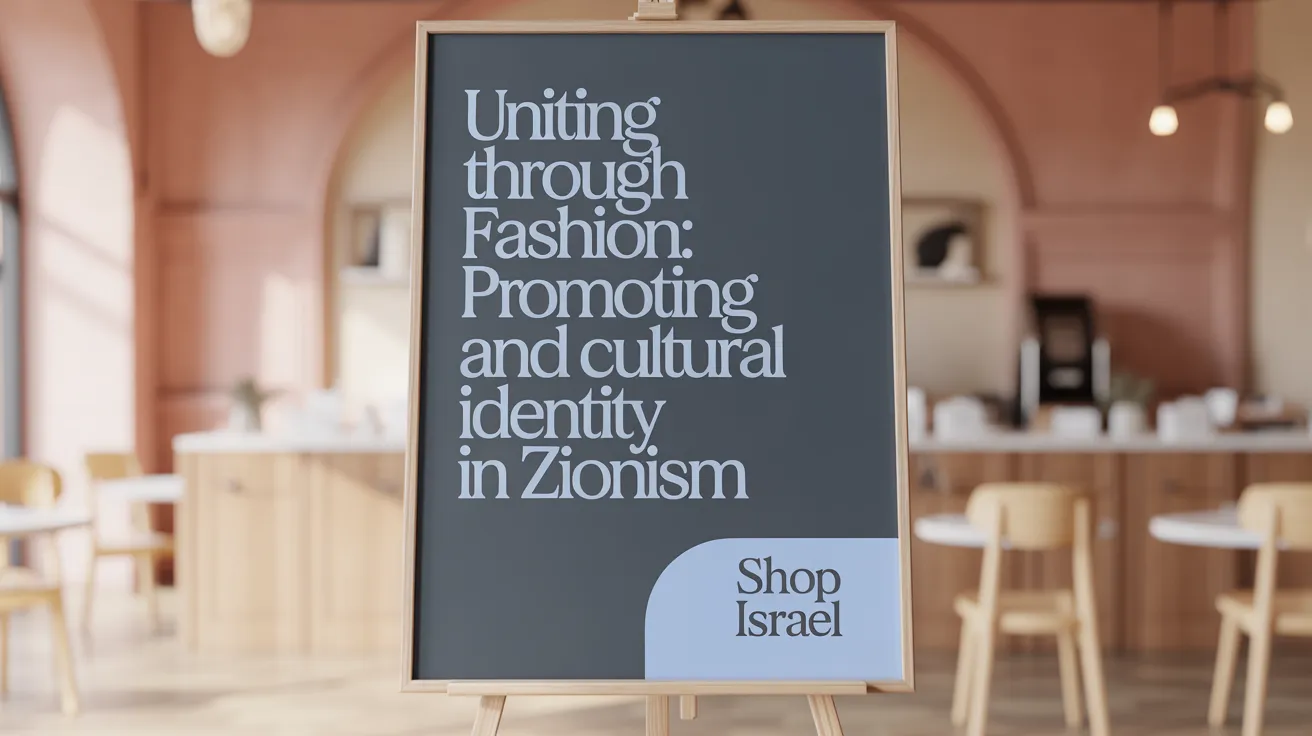
How does clothing promote peace, unity, and cultural identity related to Zionism?
Clothing has historically served as a powerful symbol of communal identity and cultural pride within Zionist movements. The adoption of traditional garments, such as the keffiyeh, illustrates this connection. Originally a Palestinian symbol of resistance, the keffiyeh was also worn by early Zionist groups and Israeli military personnel, reflecting a shared sense of belonging and land connection.
Wearing specific styles or symbols fosters a sense of unity among supporters, transcending political divides. These garments embody a collective heritage and a commitment to the land, fostering peace through shared cultural expressions.
Spiritual and Ethical Dimensions of Zionist Clothing
In religious contexts, clothing elevates individuals during rituals and symbolizes sacred values. The Kohen Gadol’s ceremonial garments are more than attire—they’re embodiments of spiritual duty and community sanctity. Such attire reinforces social bonds rooted in faith and shared divine principles.
Jewish communities emphasize clothing that reflects dignity, responsibility, and respect for tradition. This approach underlines the ethical dimensions of dress, promoting a sense of purpose aligned with spiritual beliefs.
Charity and Social Solidarity Expressed Through Dress
Acts of providing clothing for those in need further strengthen community ties. In Zionist history, distributing garments was viewed as a holy act demonstrating charity and social responsibility. These acts of kindness foster solidarity, kindness, and mutual respect within the community.
Clothing thus functions both as a personal statement and a communal gesture, emphasizing collective wellbeing and spiritual values.
Case Studies of Clothing Fostering Unity and Peace
A notable example is the early Zionist adoption of traditional land-based dress, including the keffiyeh, symbolizing both indigenous roots and cultural integration. During the 20th century, Jewish organizations and military groups wore keffiyehs to resemble the land's indigenous populations, reinforcing their connection to the land and fostering unity.
In recent years, this symbolism has shifted, with some Israeli and Jewish communities reclaiming the keffiyeh as a cultural garment rather than a political symbol, promoting regional identity and understanding. This evolution shows how clothing can serve as a bridge for dialogue and peaceful coexistence.
| Aspect | Description | Cultural Significance |
|---|---|---|
| Traditional Garments | Keffiyeh, Tallit, Tallit Katan | Embody spiritual heritage and land connection |
| Symbolic Usage | Worn during protests, ceremonies | Promote unity and political expression |
| Ethical Acts | Charity clothing drives | Strengthen social bonds and community support |
| Modern Reinterpretations | Keffiyeh adoption in non-political contexts | Foster cultural sharing and regional identity |
Fashion in Zionism thus functions as a multidimensional tool—promoting peace, strengthening bonds, and celebrating cultural identity through meaningful garments and symbols.
Palestinian Fashion as Storytelling and Political Commentary
How do Palestinian fashion brands tell stories about displacement, occupation, and identity?
Palestinian fashion brands like Trashy Clothing actively use their designs to convey stories about their social and political realities. Trashy Clothing's collection 'Bourgeoisie, Mufflers, and Oil' critiques issues such as imperialism, capitalism, and American influence. Their use of symbols like oil rigs and barrels vividly represents these political and economic struggles.
By integrating cultural motifs and symbols drawn from Palestinian life, designers transform clothing into powerful narratives. These stories highlight the lived experience of displacement, occupation, and the search for identity, translating complex issues into wearable art that sparks awareness.
How are political symbols integrated into fashion collections?
Fashion often incorporates political symbols to make bold statements. The keffiyeh, a traditional Palestinian scarf, exemplifies this as a symbol of resistance and pride. Its widespread use in protests, such as Nakba Day rallies, demonstrates its role in activism.
Celebrities like Bella Hadid have worn keffiyeh-inspired outfits at major events, amplifying its message. Fashion brands, including the Israeli-Palestinian brand ADISH, incorporate traditional embroidery techniques like Tatreez to connect fashion with cultural and political activism.
How does fashion serve as a voice for collective Palestinian identity?
Fashion enables Palestinians to express a collective identity amid ongoing conflict. Artists and designers such as Aseel Tayah utilize traditional clothing and performance art to showcase activism and cultural pride. Wearing the Palestinian flag or traditional garments turns fashion into a form of resistance and cultural preservation.
Organizations like the Australian Friends of Palestine promote peace and cultural understanding through art and fashion activities, further reinforcing the link between clothing and collective political voice. The adoption of traditional symbols and garments in public displays emphasizes unity and a shared identity among Palestinians and supporters worldwide.
| Focus Area | Examples | Significance |
|---|---|---|
| Cultural Symbols | Keffiyeh, Tatreez embroidery | Symbols of resistance, heritage, and identity |
| Fashion in Protest | Keffiyeh at rallies, celebrity wear | Amplifies political messages |
| Collaborative Brands | ADISH | Promotes cross-community understanding |
| Artistic Expressions | Performance art with traditional dress | Shows activism and cultural pride |
Fashion continues to be a vital vehicle for Palestinians to articulate their stories, challenge stereotypes, and promote their national identity through creative and meaningful expression.
Collaborative Fashion Initiatives: ADISH and Cross-Cultural Dialogue

How do fashion and art serve as tools for dialogue and understanding regarding Zionist and Palestinian issues?
Fashion and art play a significant role in fostering dialogue and understanding between Zionist and Palestinian communities. They serve as visual and performative languages that articulate complex narratives, histories, and emotions rooted in these identities.
One notable example is the Israeli-Palestinian fashion brand ADISH, which exemplifies how fashion can bridge divides. Founders Amit Luzon and Eyal Eliyahu established ADISH with a mission to promote peace and cultural understanding through clothing. They incorporate traditional Palestinian embroidery techniques, known as Tatreez, rooted in Palestinian heritage, and work closely with over 40 Palestinian women artisans in Bethlehem. By doing so, ADISH revitalizes Palestinian craftsmanship while fostering economic collaboration.
Fashion acts as a unique platform for multilateral engagement. It humanizes opposing groups by showcasing their livelihoods, stories, and cultural symbols. For example, the keffiyeh—a traditional Arab scarf—has historically symbolized resistance and identity. During the early 20th century, Zionist groups adopted it to express connection to the land, while later it became a symbol of Palestinian nationalism. Today, some Jewish individuals and Israeli tourists wear the keffiyeh in a non-political context, illustrating how garments can evolve in meaning.
These collaborations and symbols challenge political tensions by emphasizing shared human experiences and cultural ties. Fashion events, art exhibitions, and cross-border projects create spaces for communities to share stories, critique injustices, and foster empathy.
In addition, through visual art, performance, and design, both communities can memorialize historical traumas like the Nakba or displacement and occupation, raising awareness and promoting peace. Art and fashion together serve not only as expressions of identity but also as catalysts for social change.
Ultimately, projects like ADISH demonstrate how fashion can facilitate dialogue by highlighting cultural heritage, encouraging collaboration, and shaping perceptions. They prove that even amid conflict, shared creativity has the power to bridge divides, build understanding, and promote reconciliation.
| Aspect | Description | Example |
|---|---|---|
| Founding and Mission | Focus on peace, collaboration, and cultural exchange | ADISH aims to promote cross-cultural understanding through fashion |
| Use of Traditional Techniques | Incorporates Palestinian embroidery (Tatreez) | Revitalization of Palestinian craft through artisan work |
| Cross-Cultural Partnerships | Collaboration between Israeli and Palestinian artisans | ADISH working in Bethlehem and Tel Aviv |
| Political Symbolism | Symbols like keffiyeh and embroidery | Historically contested meanings and modern reinterpretations |
| International Impact | Fashion stores in global fashion capitals | Availability of ADISH products in New York, London, Tokyo |
| Role in Dialogue | Art and fashion fostering empathy and understanding | Exhibitions, protests, and media showcasing shared narratives |
This approach exemplifies how fashion and art are potent mediums for dialogue, especially in contexts of long-standing conflict, transforming visual storytelling into pathways for peace and mutual respect.
Fashion in Palestinian Activism and Global Awareness
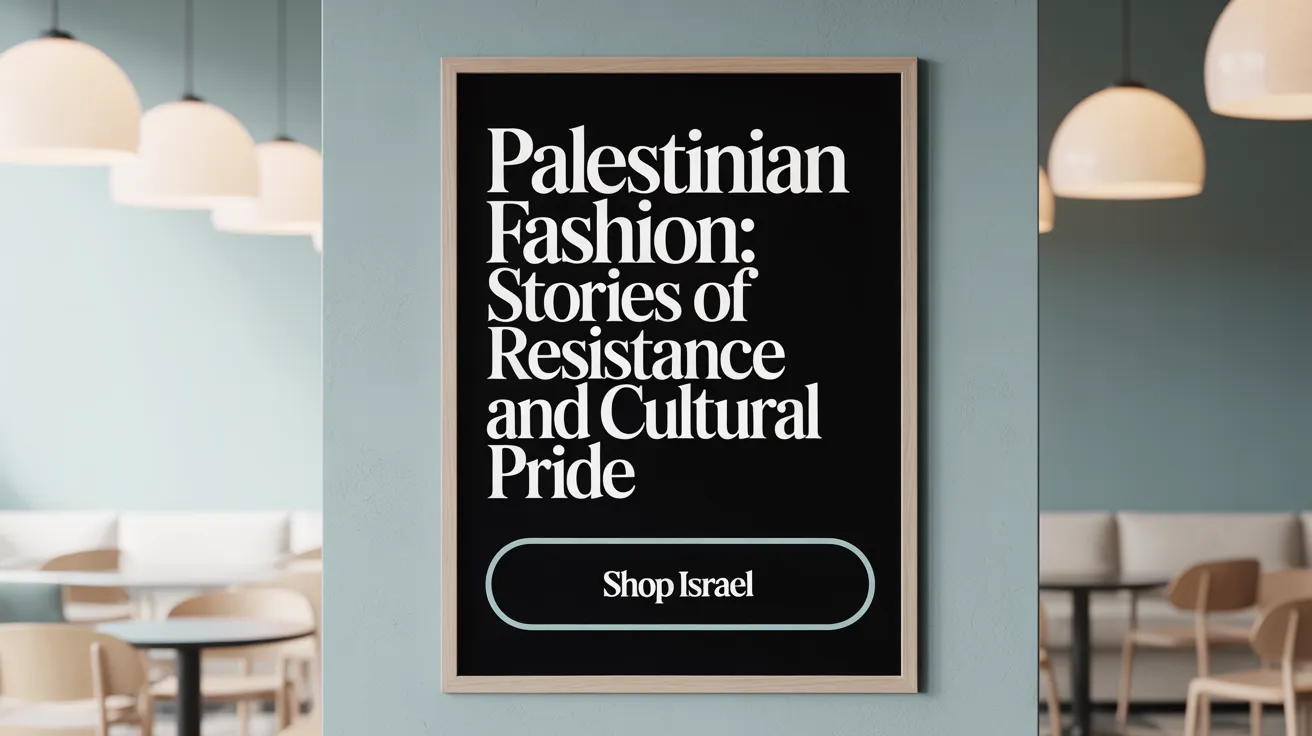
How has the keffiyeh been used as a symbol in protests and activism?
The keffiyeh, a traditional cotton scarf, has become a powerful emblem of resistance and pride for Palestinians. In protests and rallies, it is worn by students, activists, and community members to symbolize solidarity and collective identity. During events like Nakba Day rallies, participants don keffiyehs along with other art pieces and political slogans to communicate messages of opposition to occupation and support for Palestinian rights.
This headscarf signifies more than cultural heritage; it stands for resistance, unity, and the ongoing struggle for Palestinian sovereignty. Its widespread adoption in protests underscores fashion's role as a straightforward, accessible form of activism that transcends language barriers.
How does performance art and cultural activism utilize fashion?
Artists like Aseel Tayah combine traditional clothing with act of performance art to highlight activism and cultural identity. For instance, Tayah has performed by singing her national anthem while dressed in the Palestinian flag as a dress—an act blending fashion, art, and political statement.
Fashion and traditional attire transform into tools for storytelling and raising awareness about Palestinian issues. Such performances challenge viewers and inspire dialogue, demonstrating that fashion can be a dynamic medium for expressing social messages.
What role do celebrity figures and public campaigns play?
Celebrities such as Bella Hadid have worn keffiyeh-inspired clothing at high-profile events like Cannes to draw international attention to Palestine. Their visibility helps normalize symbols of Palestinian resistance, making political statements through fashion accessible to global audiences.
Organizations such as the Australian Friends of Palestine promote peace initiatives by supporting Palestinian artists and endorsing fashion as a medium for activism. These campaigns amplify messages of cultural pride and political activism, helping harness the influence of celebrities and communities in raising awareness.
How are fashion brands promoting understanding and peace?
The Israeli-Palestinian fashion brand ADISH exemplifies efforts to foster cross-cultural dialogue. Founded by Amit Luzon and Eyal Eliyahu, it collaborates with over 40 Palestinian women artisans, using traditional embroidery called Tatreez that carries cultural and geographical significance.
ADISH aims to challenge political tensions by creating products that highlight shared craftsmanship and heritage. Through international stores in New York, Los Angeles, Tokyo, and London, the brand showcases how fashion can promote peace, cooperation, and mutual understanding across divides.
| Aspect | Description | Additional Details |
|---|---|---|
| Use of symbols in protests | Keffiyeh as an emblem of resistance | Worn in rallies, banners, and art installations |
| Performance art | Artists incorporate traditional clothing into activism | Example: Singing in Palestinian attire |
| Celebrity endorsements | Public figures wearing symbols to raise awareness | Bella Hadid at Cannes |
| Peaceful collaboration | Fashion brands like ADISH supporting cultural understanding | Working with artisans, promoting heritage |
This spectrum of activism illustrates how fashion remains a potent force in advocating for Palestinian identity, resistance, and peace, weaving cultural expression with social change.
Jewish Contributions to Fashion Amid Political Challenges
What is the cultural, political, and social significance of Zionist-themed clothing?
Jewish influence on fashion has a rich history intertwined with cultural, political, and social identities. From the late 19th century, Jewish entrepreneurs and designers helped shape British and global fashion, often working as skilled artisans in dressmaking, sewing, and tailoring. Despite facing challenges like the Nazi regime's confiscation of Jewish-owned stores, many refugee Jewish designers succeeded in establishing their presence in Britain and beyond.
Prominent figures such as Michael Fish (Mr Fish) and David Sassoon of Bellville Sassoon built legacies that included designing for royal clients and creating innovative, androgynous styles. Otto Lucas, a German-born milliner working in England, also contributed significantly to fashion with his renowned hat designs.
Throughout history, the keffiyeh—a traditional Arab scarf—became more than just clothing. Initially adopted by Zionists in the early 20th century as a symbol of land and identity, its symbolism shifted over time. During the Arab Revolt and subsequent conflicts, it represented Palestinian nationalism. Jewish groups also wore the keffiyeh, positioning it as a symbol of indigenous roots and cultural allegiance.
Today, the keffiyeh is embraced worldwide as a symbol of resistance, activism, and cultural pride. Notably, some Jewish individuals and tourists now wear the keffiyeh, largely removing political connotations and emphasizing regional heritage.
In the context of modern fashion and activism, Zionist-themed clothing carries deep significance. It acts as a visual embodiment of Jewish history, connection to the land of Israel, and support for Zionist principles. Politically, it advocates for Israeli sovereignty and identity. Socially, it fosters community and solidarity, both within Jewish populations and among wider audiences supporting Jewish rights and statehood.
This blend of cultural heritage and political symbolism continues to shape how fashion is used as a tool for expression, activism, and identity across the world.
Clothing as a Canvas for Peace and Identity
Fashion stands at the intersection of culture, politics, and personal identity, bearing witness to histories of conflict, resilience, and hope. Zionist messages embedded in clothing serve as expressions of heritage and collective memory, while Palestinian fashion and symbolism channel narratives of resistance and cultural pride. Together, these sartorial languages open avenues for dialogue, understanding, and peace-building by humanizing complex identities and fostering mutual respect. As contemporary fashion continues to evolve, it offers a potent medium through which communities can assert their stories, challenge political boundaries, and stitch together a shared future.
References
- Palestinian Fashion: A Call for Recognition
- The Jews Behind Transformative 1960s Fashion
- Fashioned for Activism: The role of art in Pro-Palestinian ...
- Can Fashion Reduce Conflict In The Middle East? This ...
- Jews in Keffiyehs? - The Headdress That Became a Symbol
- Fashion as resistance: when clothing becomes a political act
- What dress codes reveal about politics, social change
- An Exploration of Clothing's Complex Role as the Fabric ...
